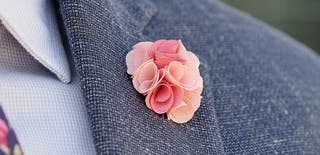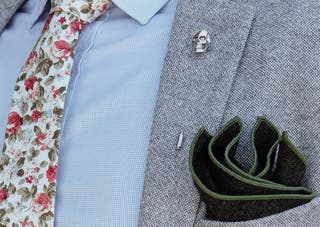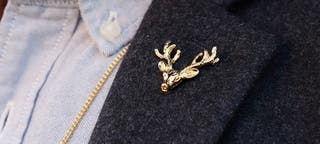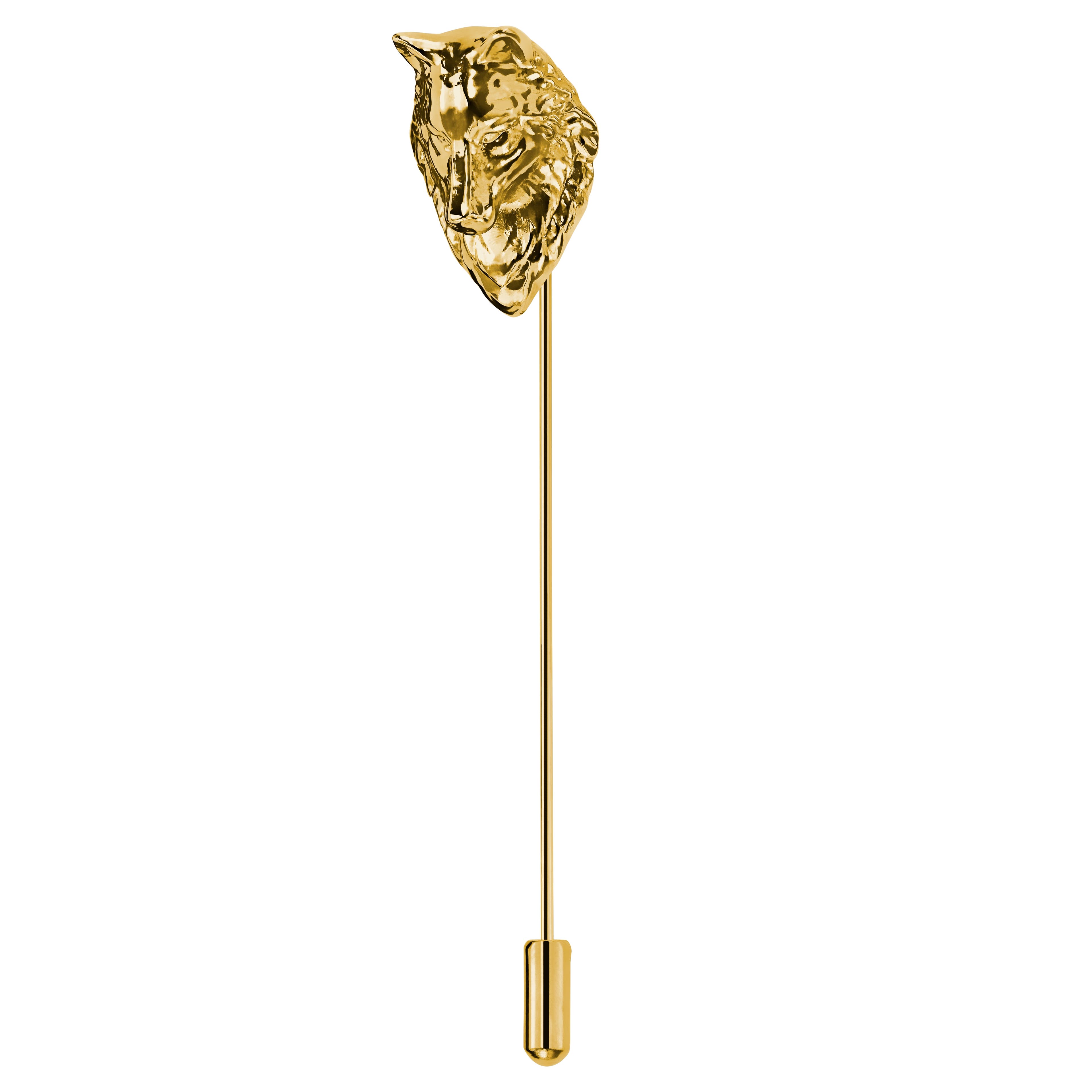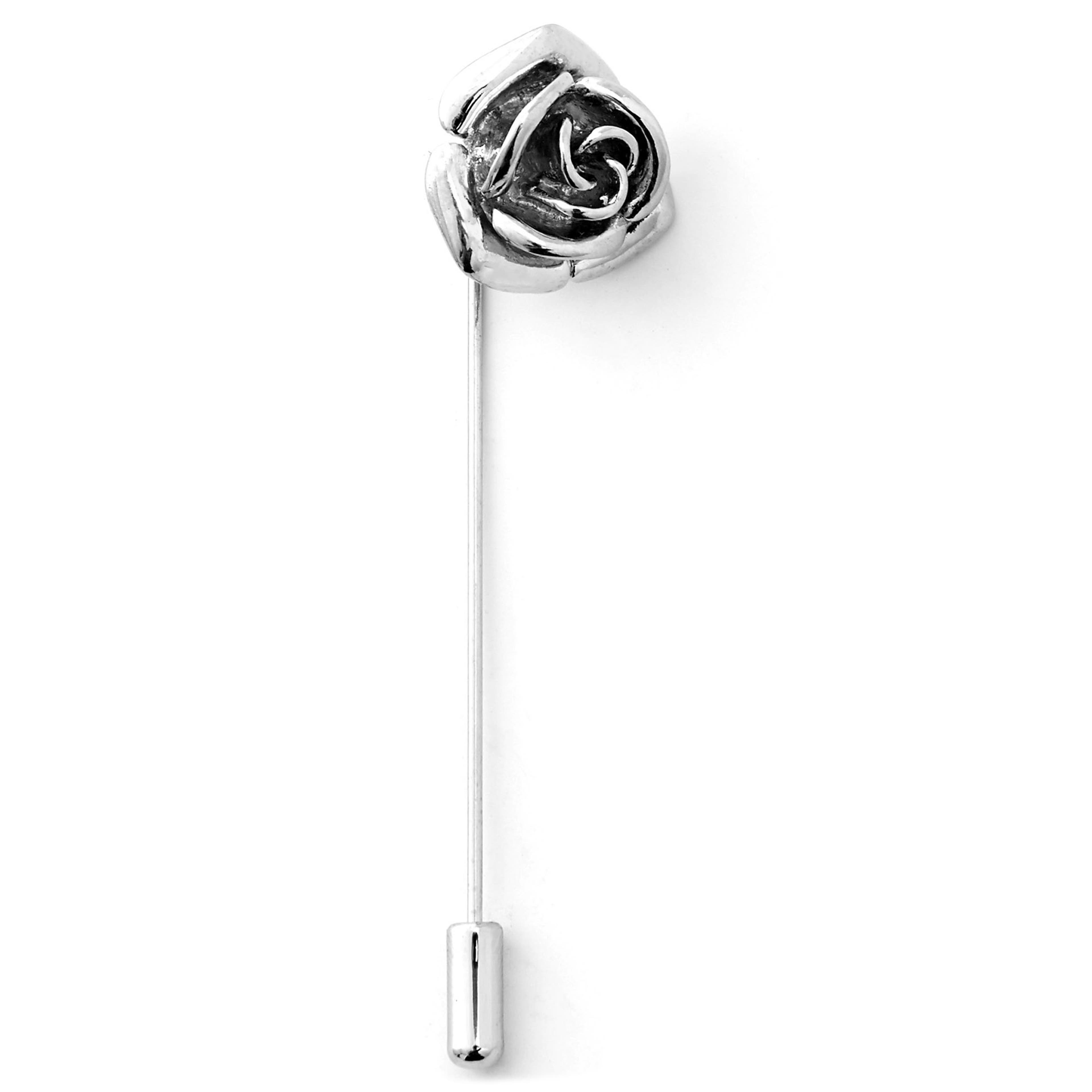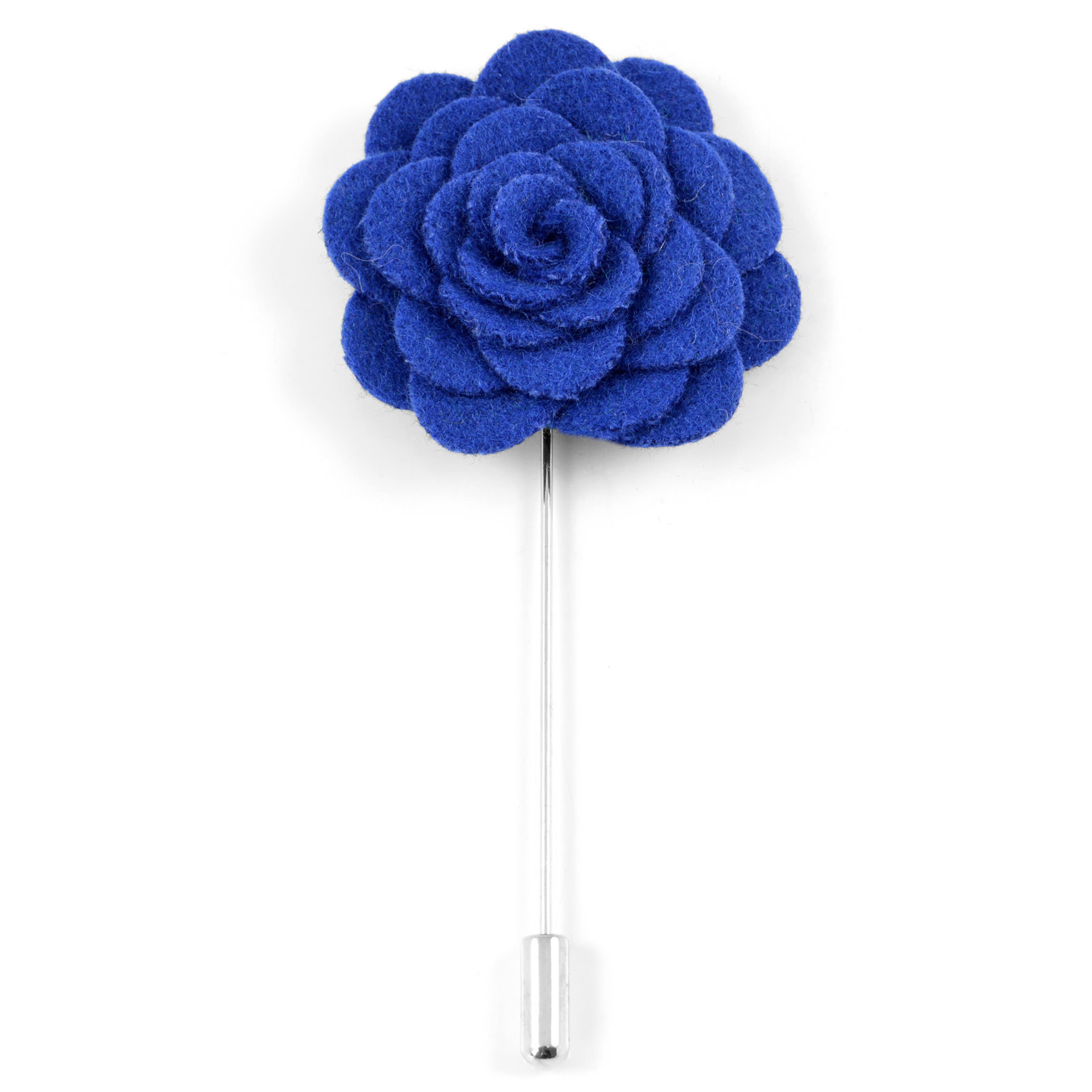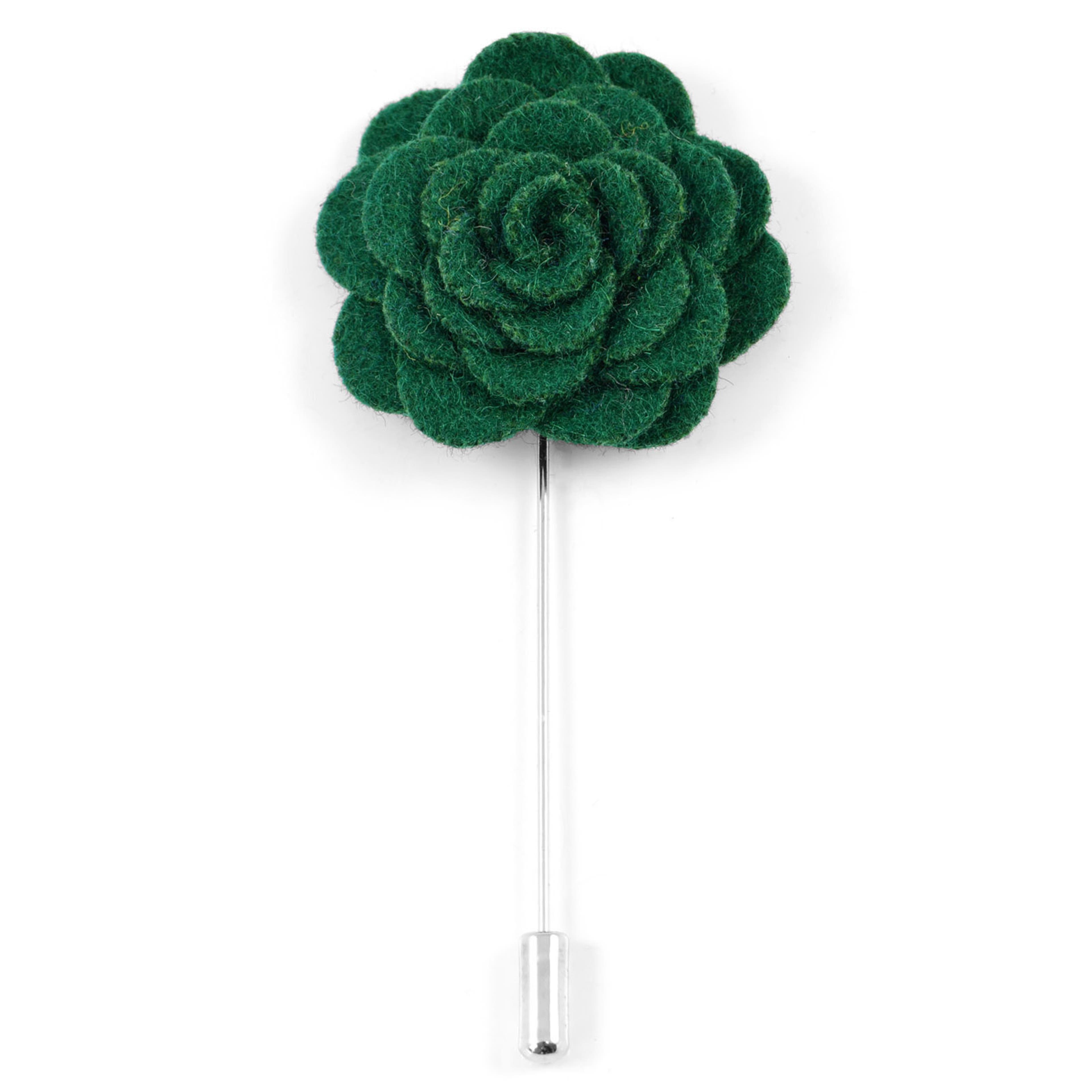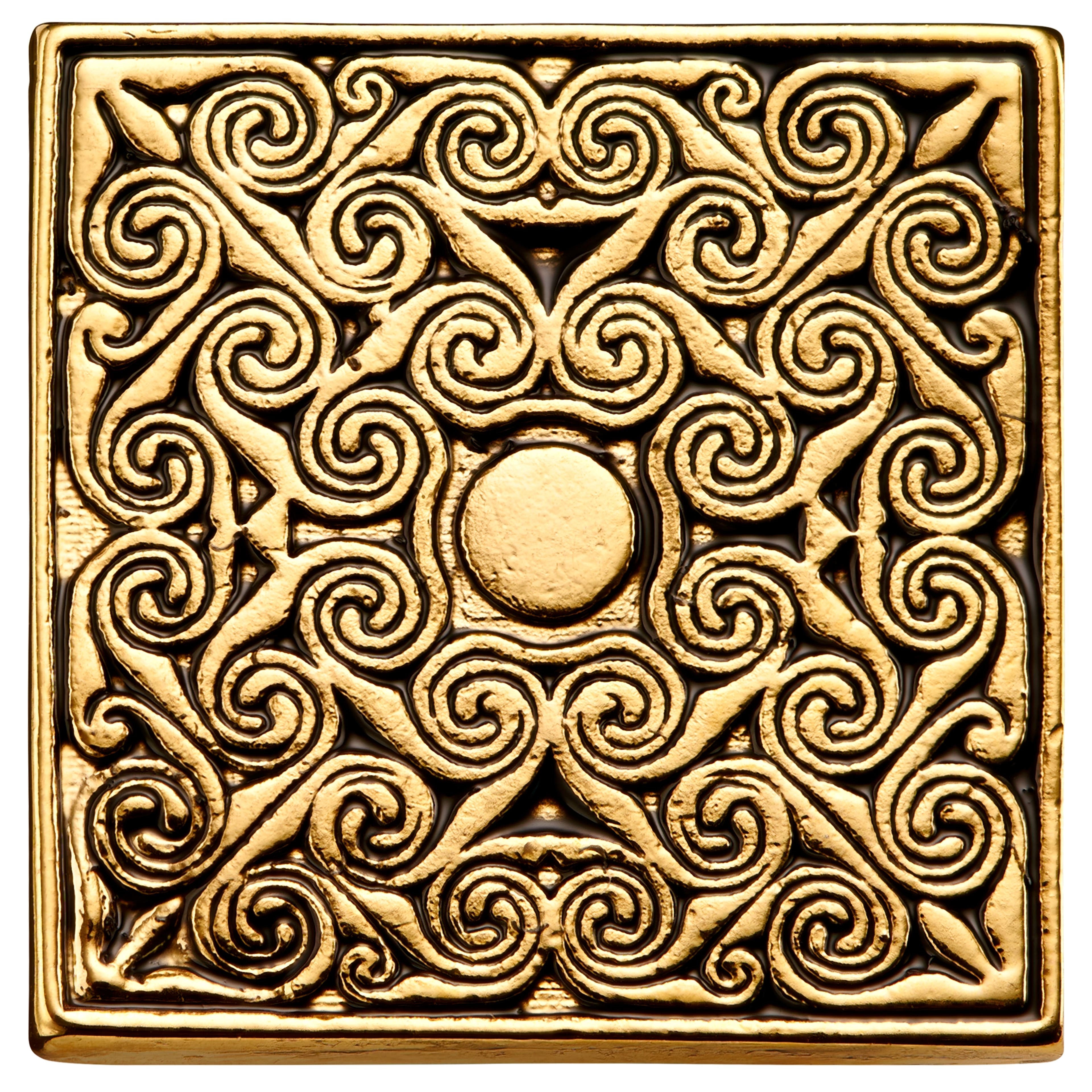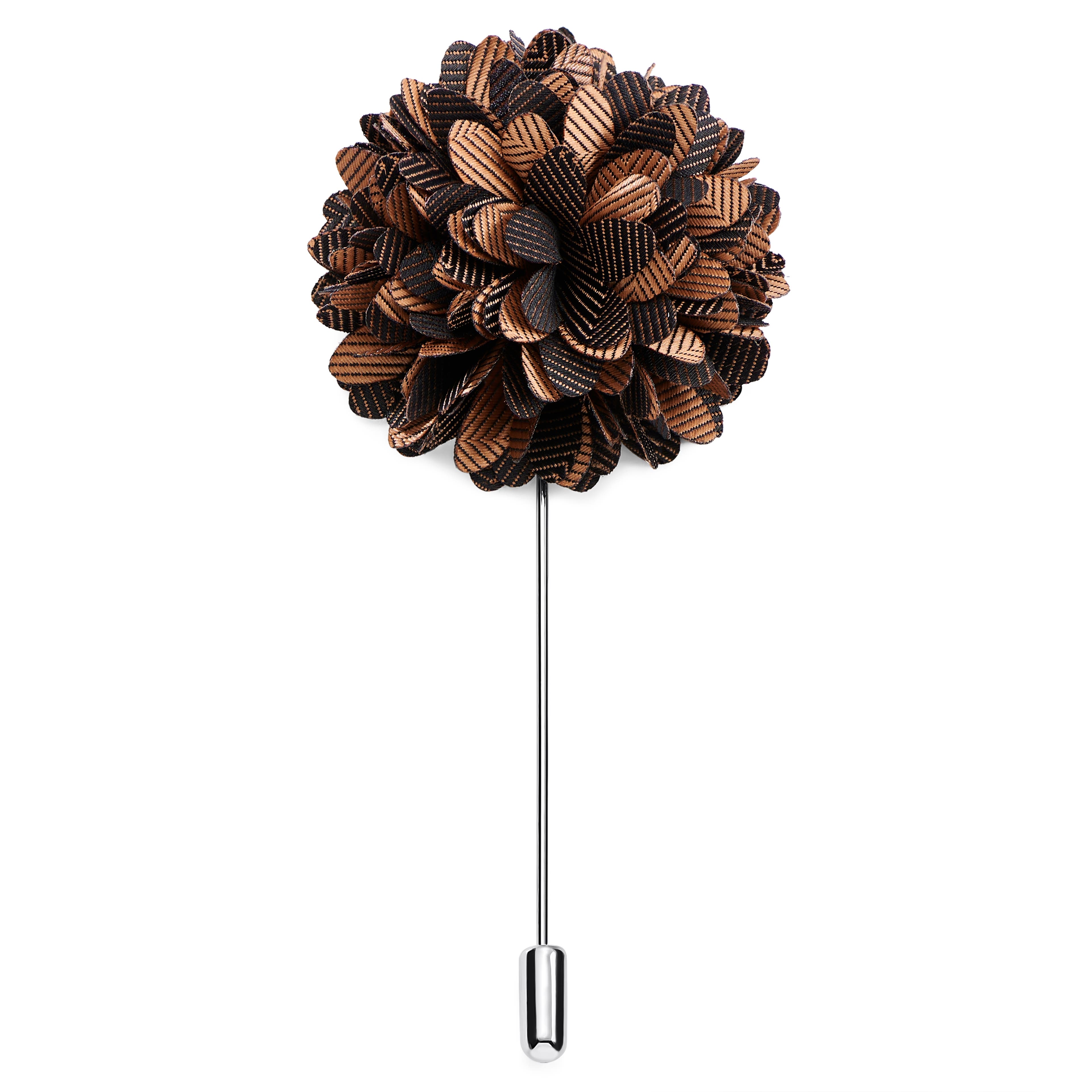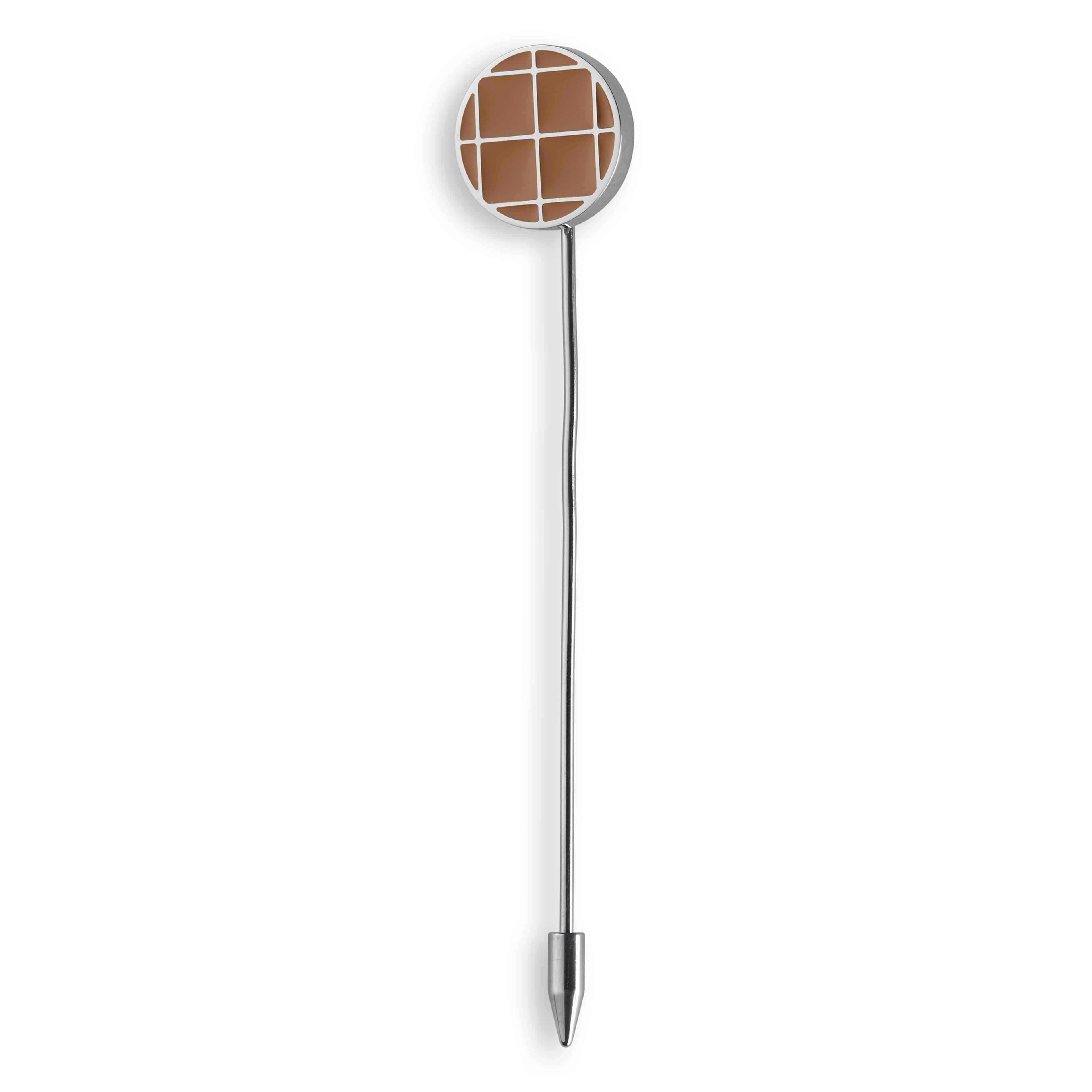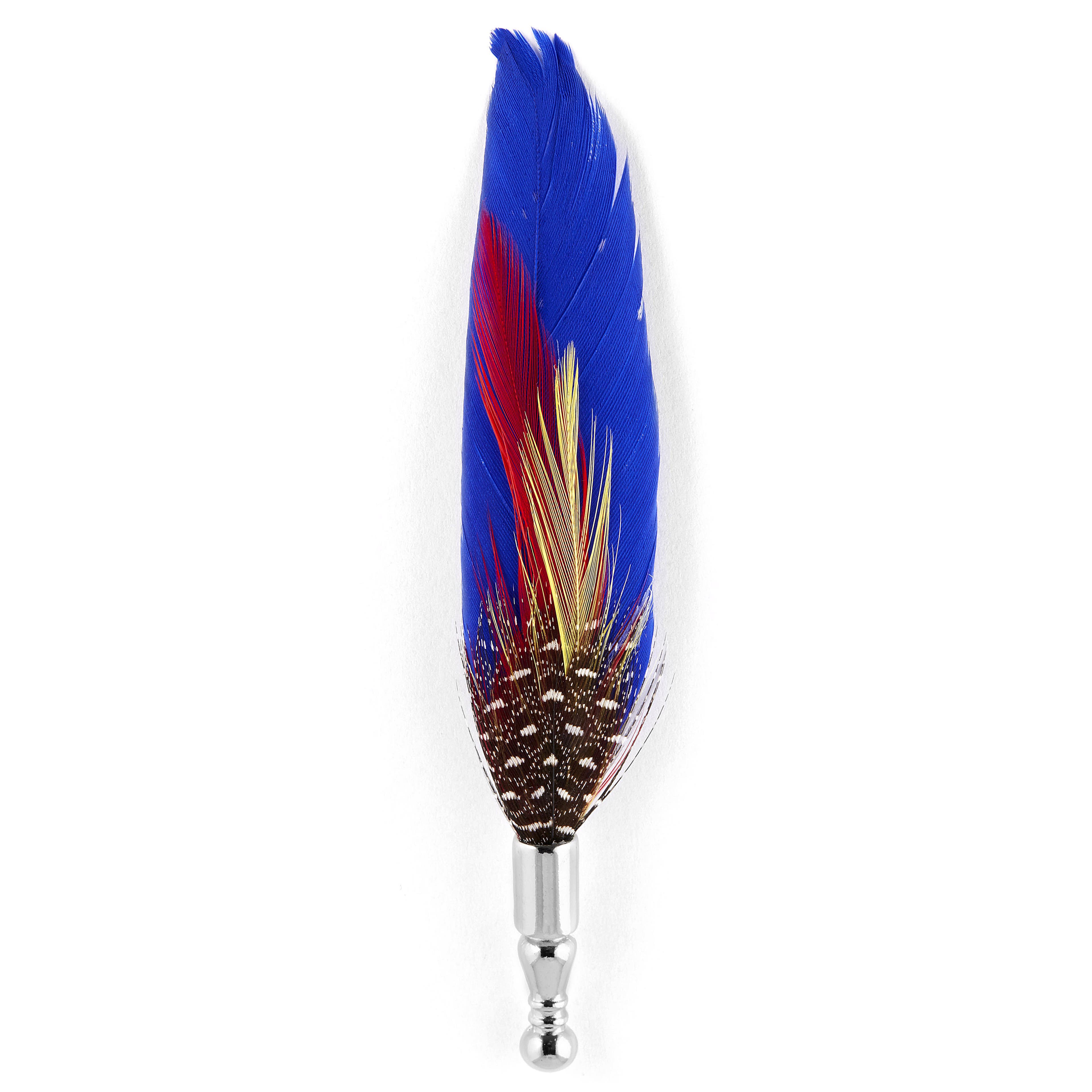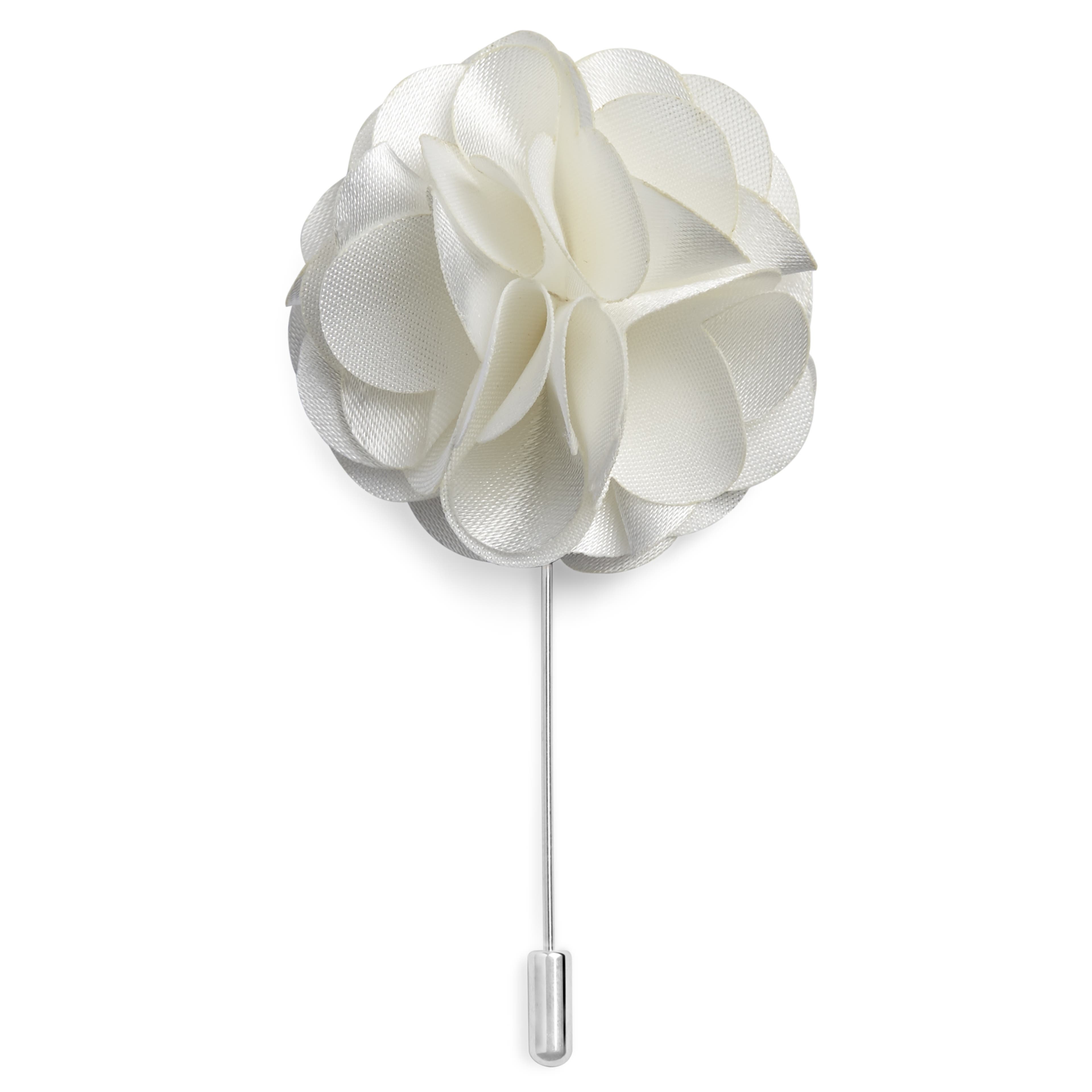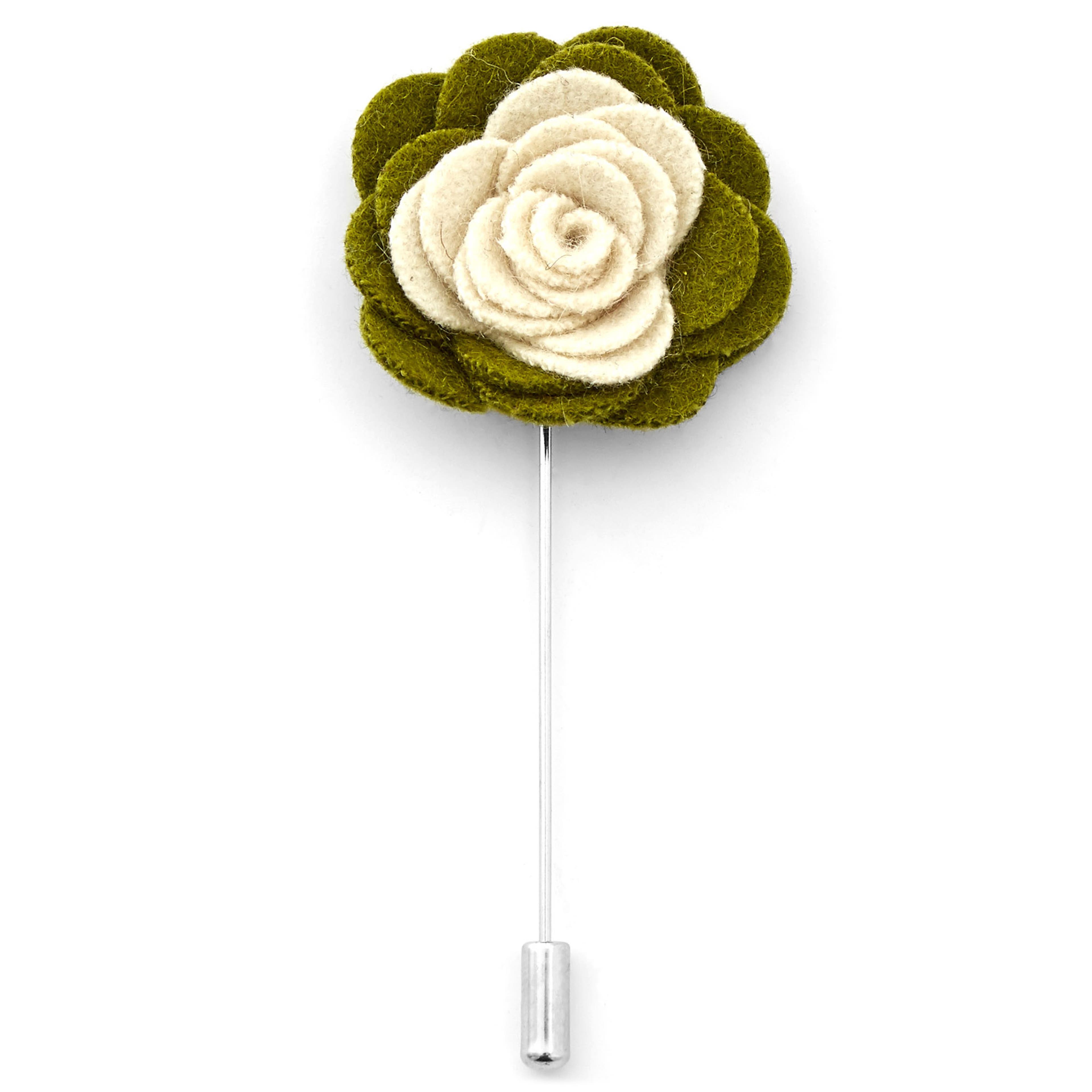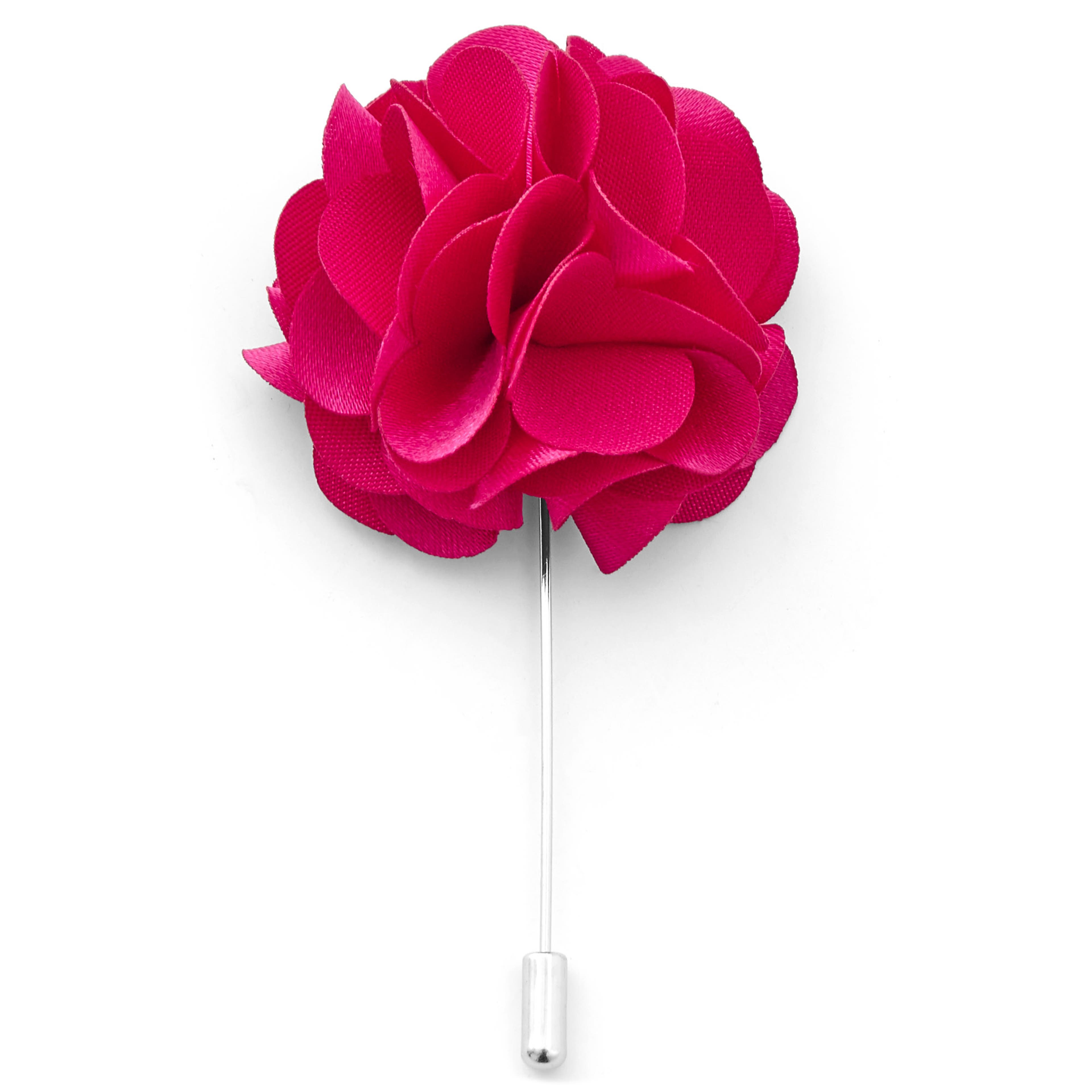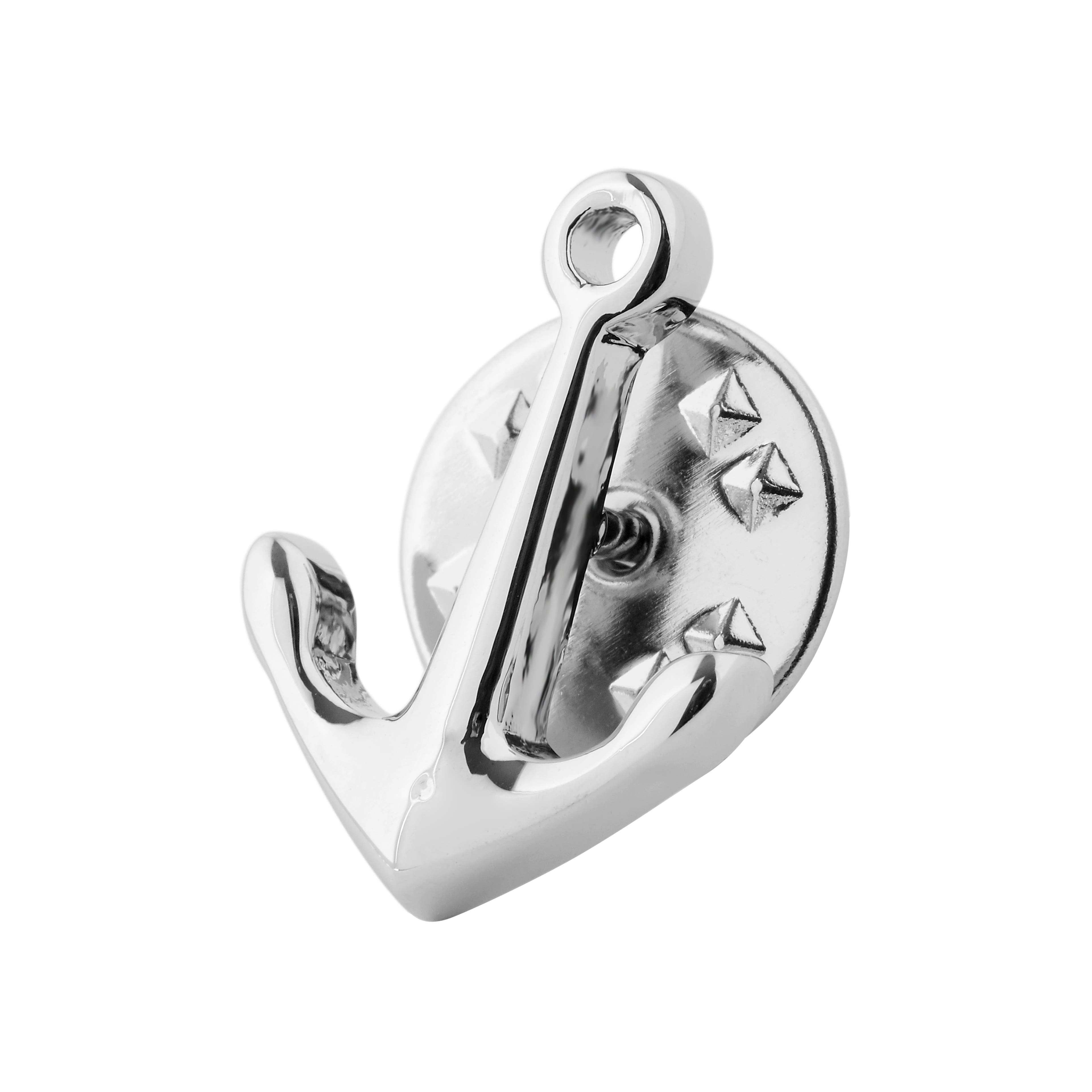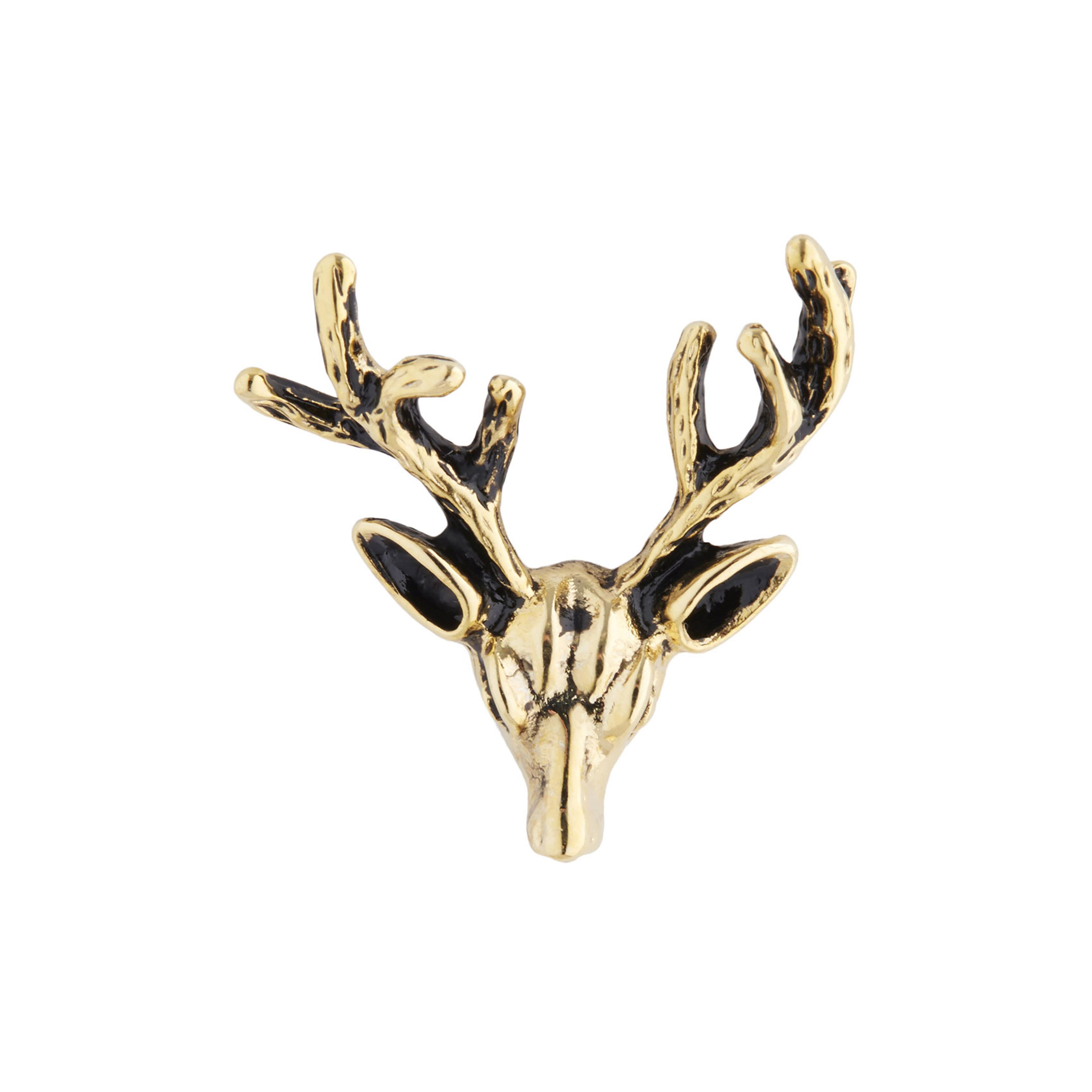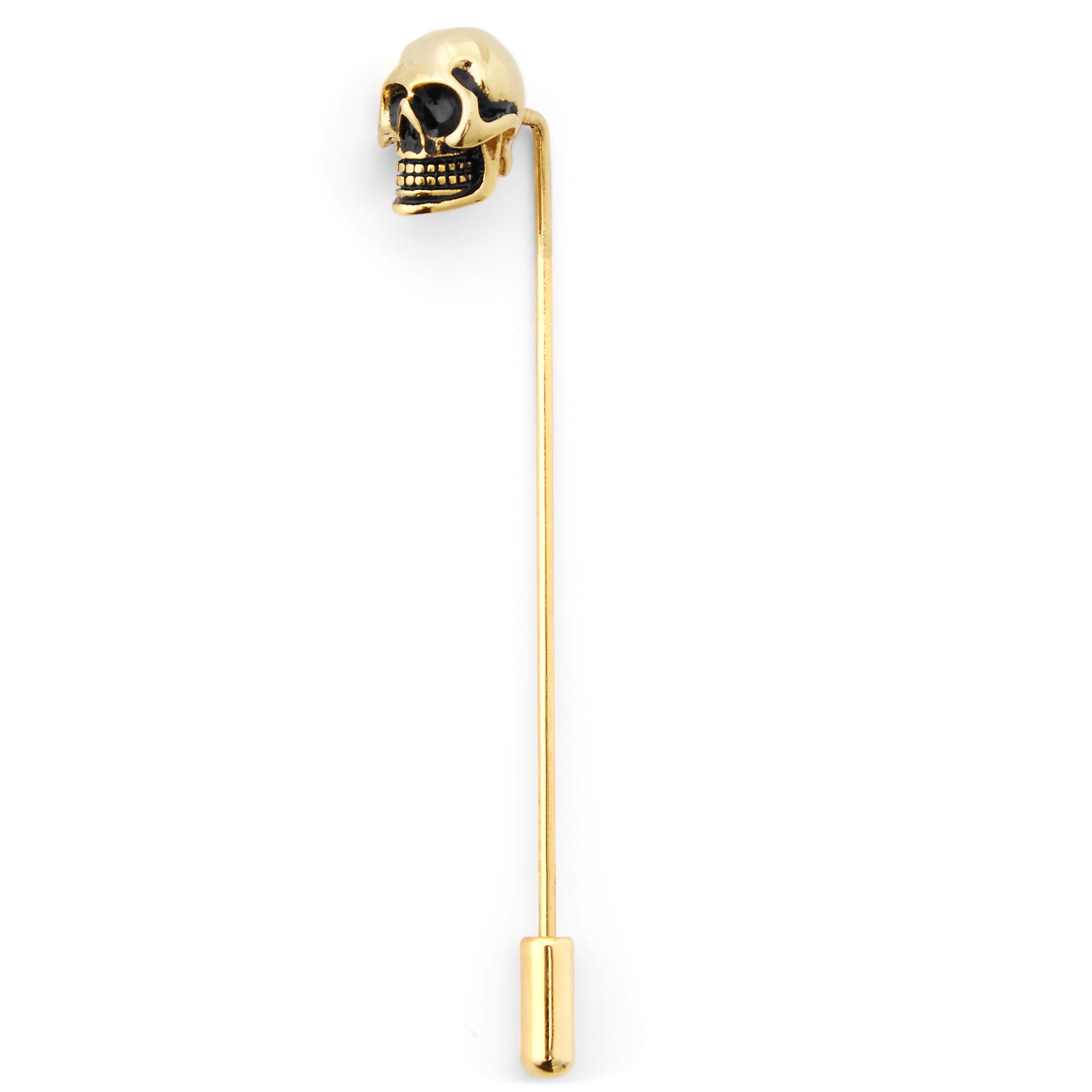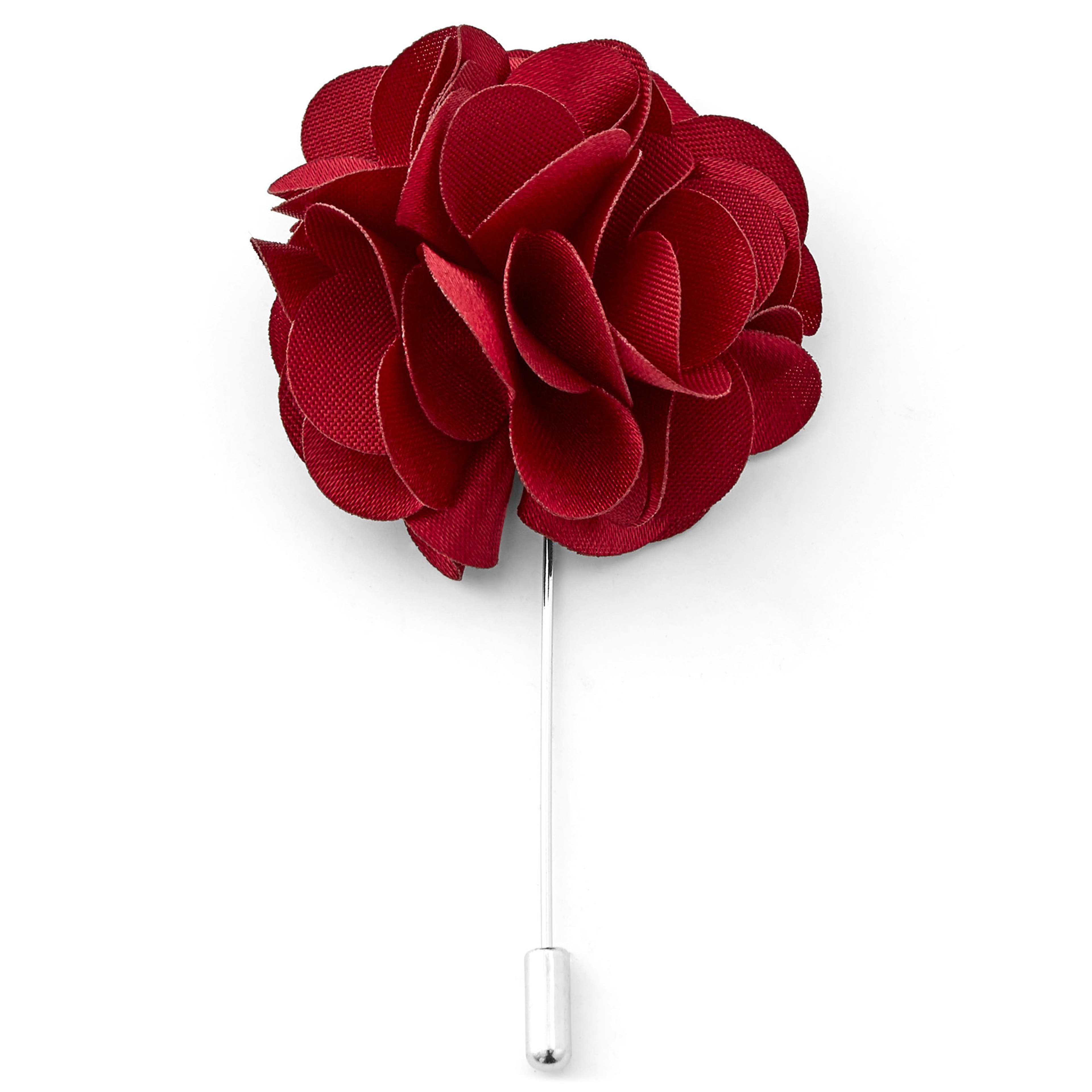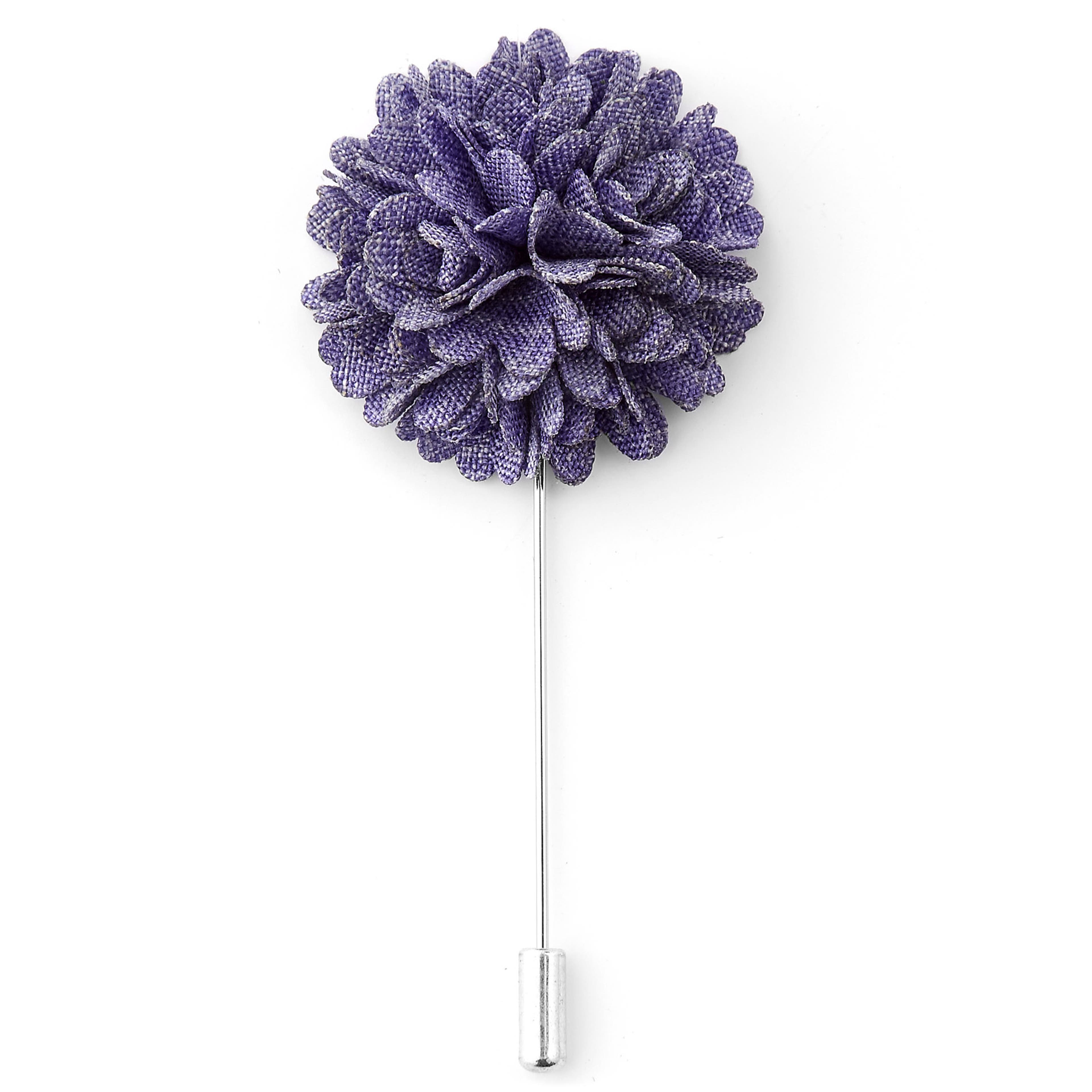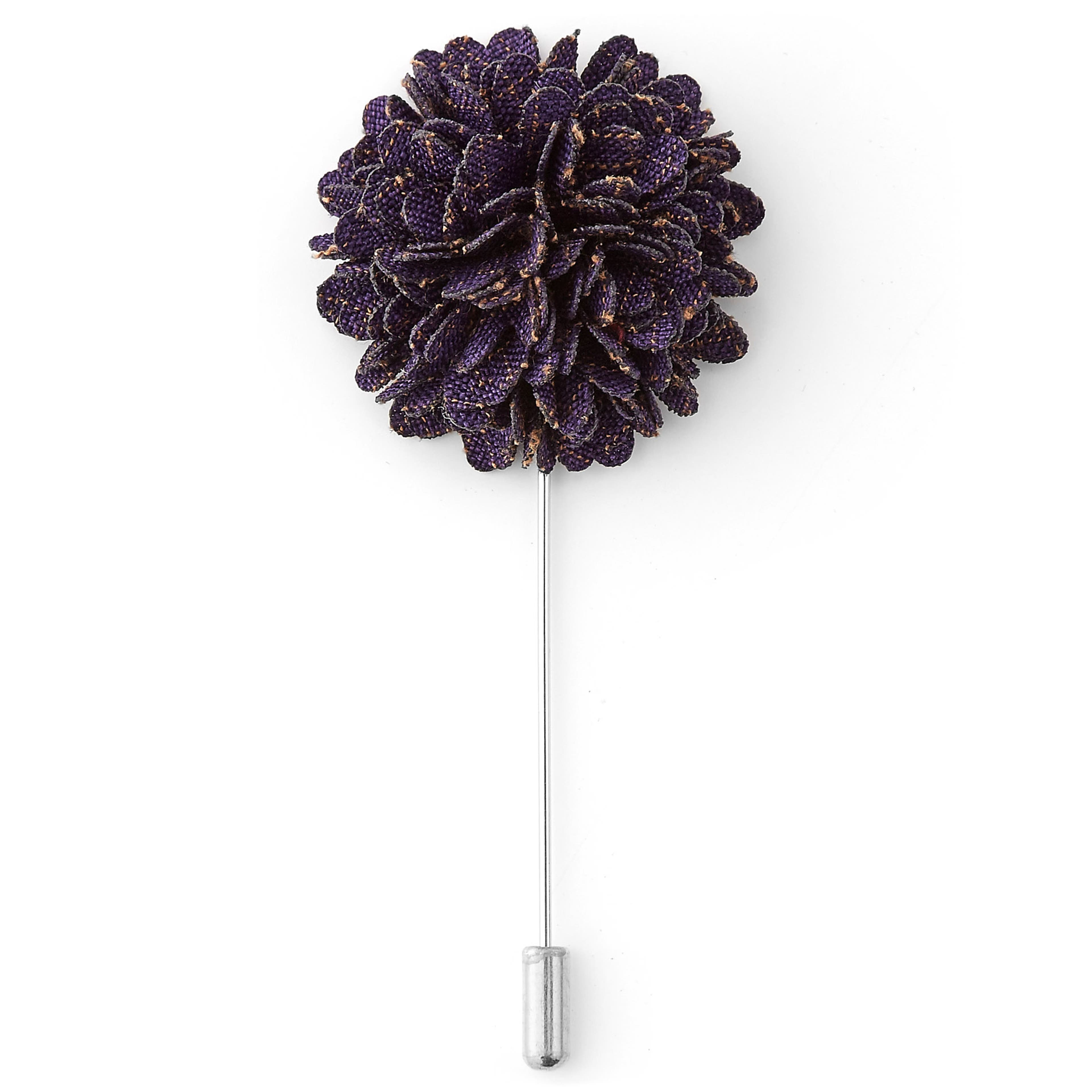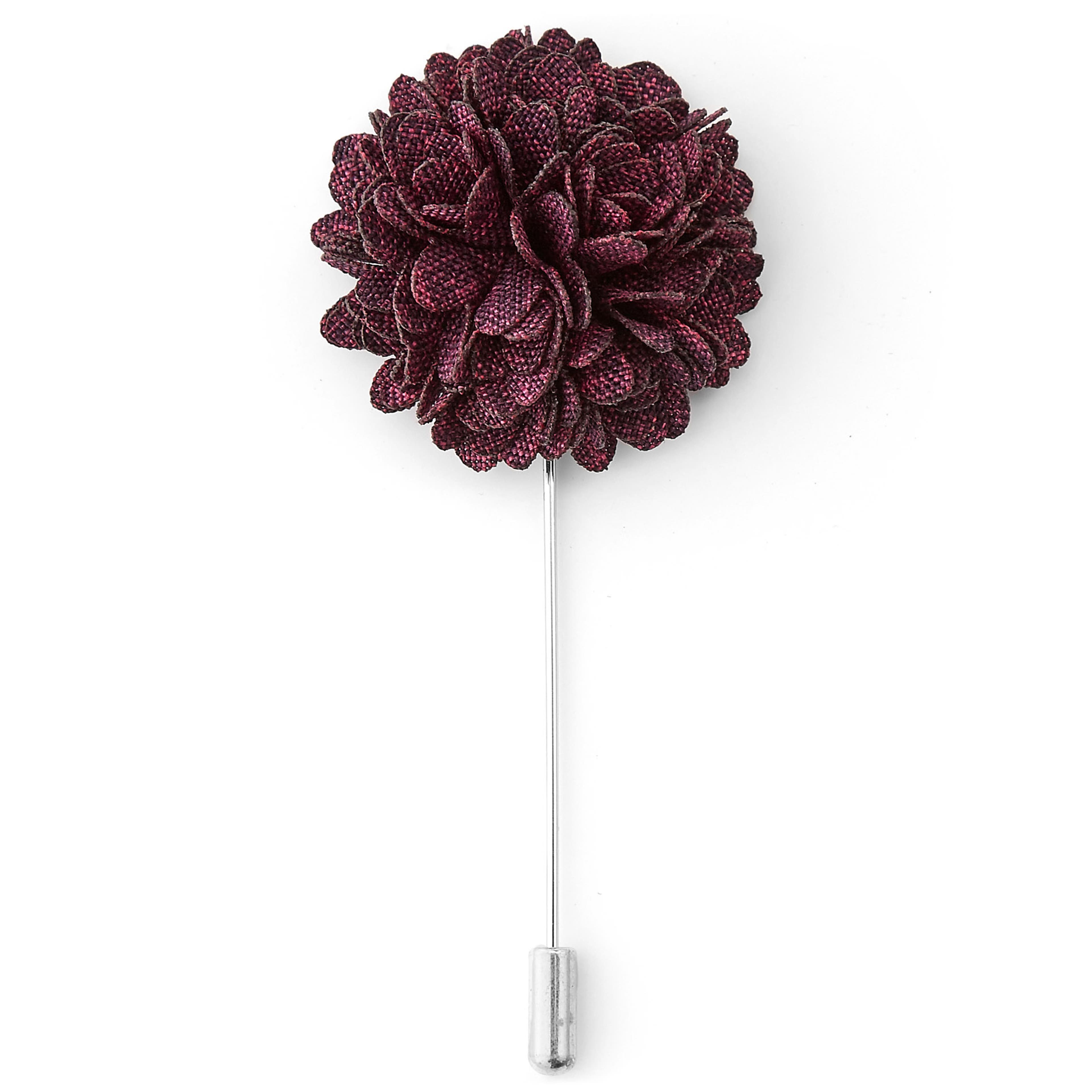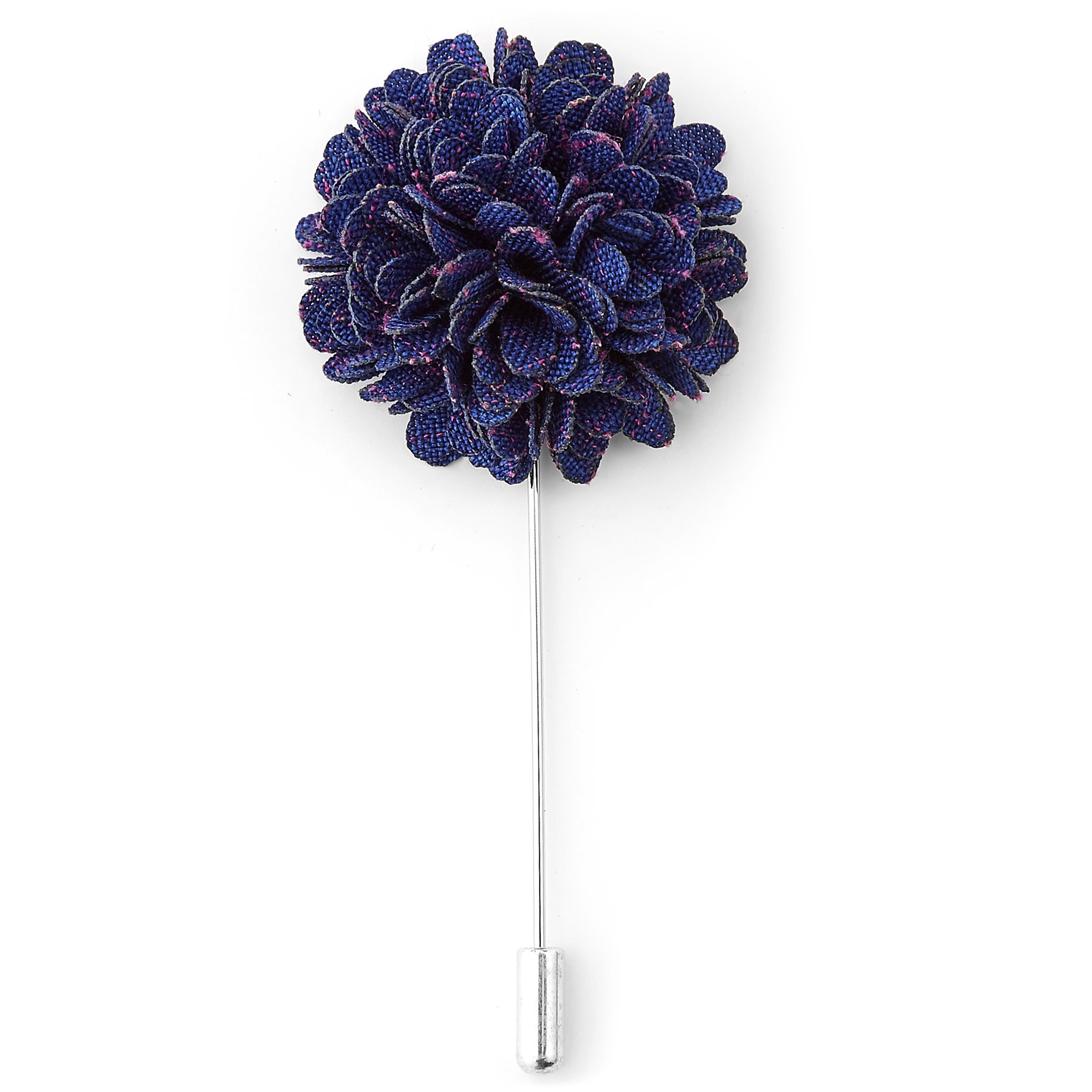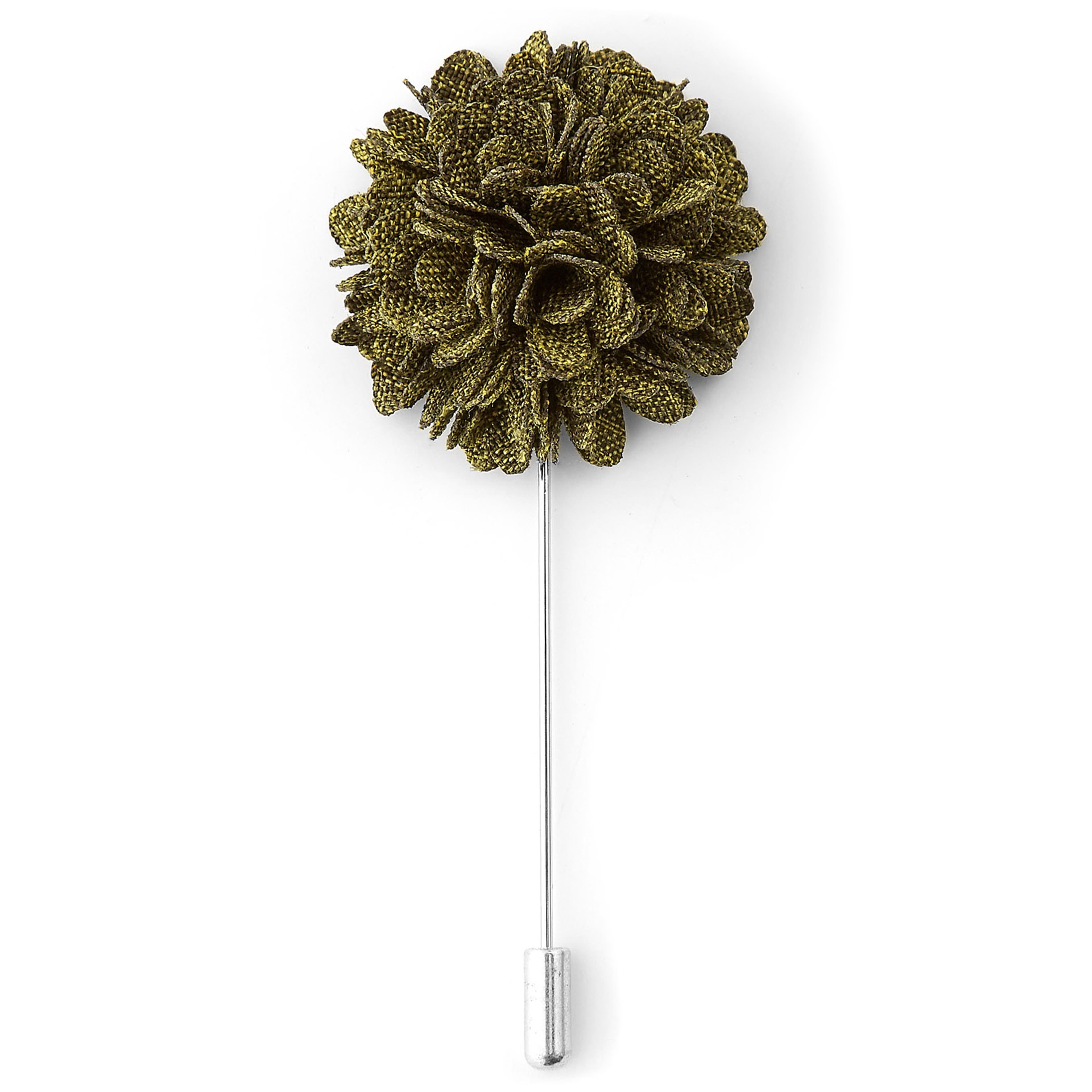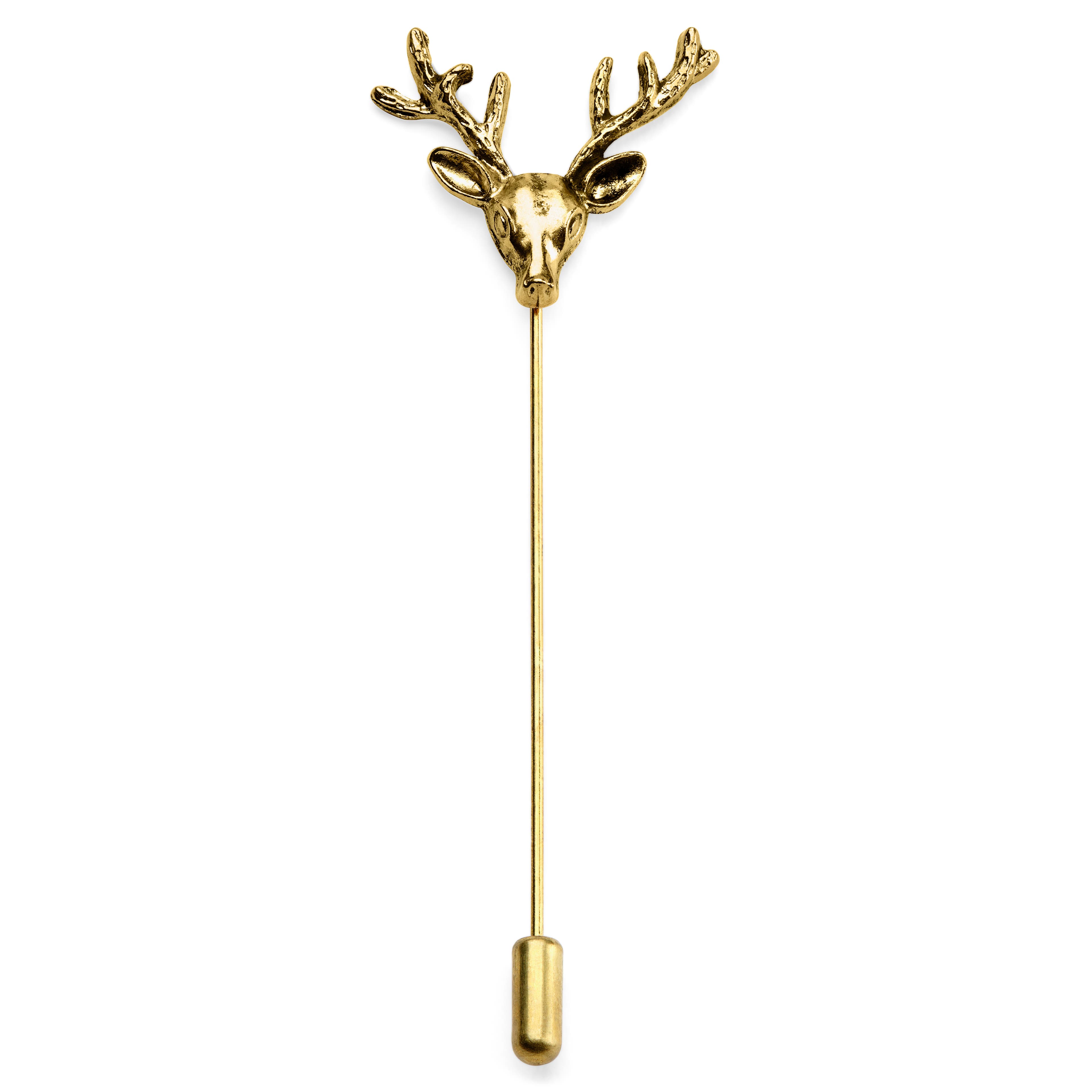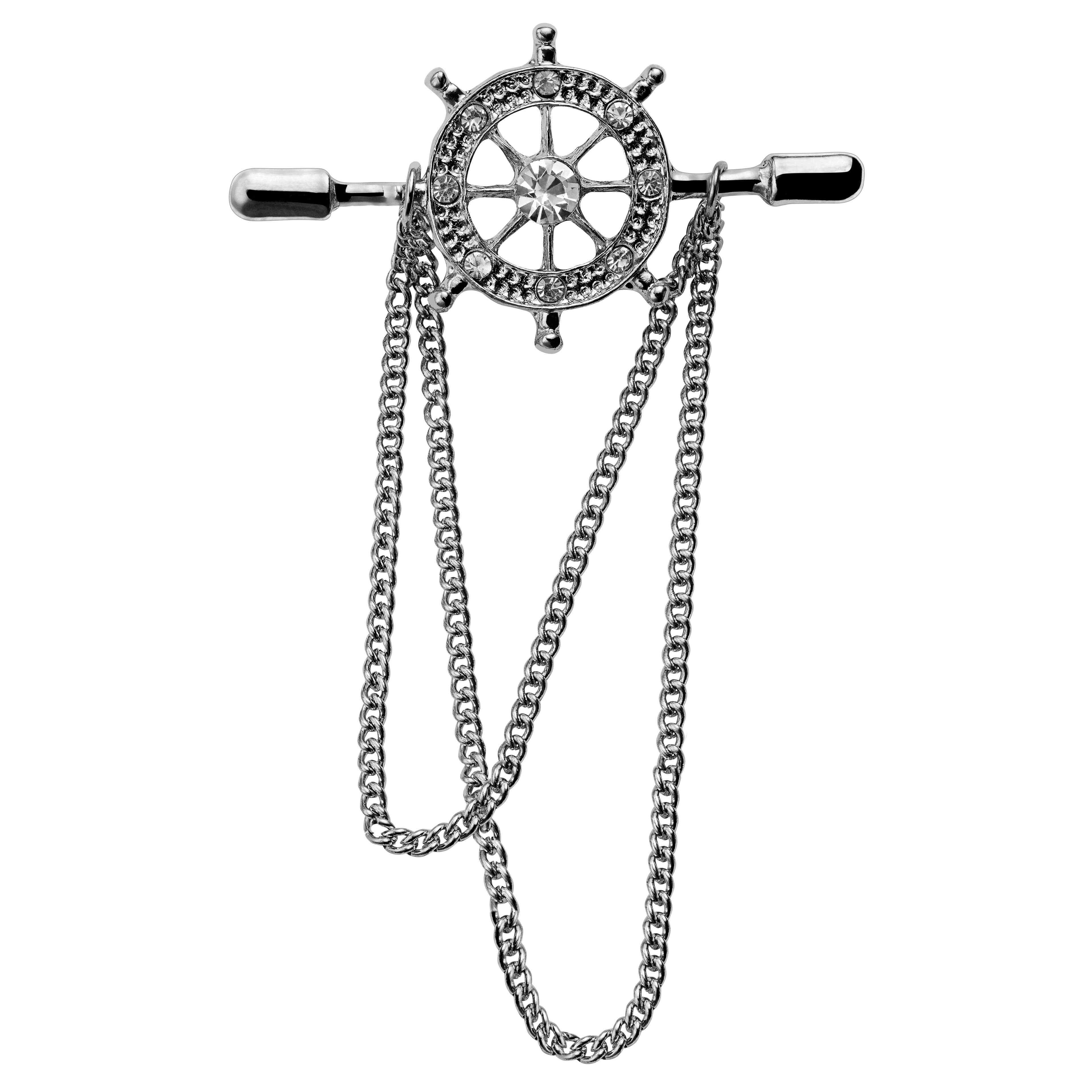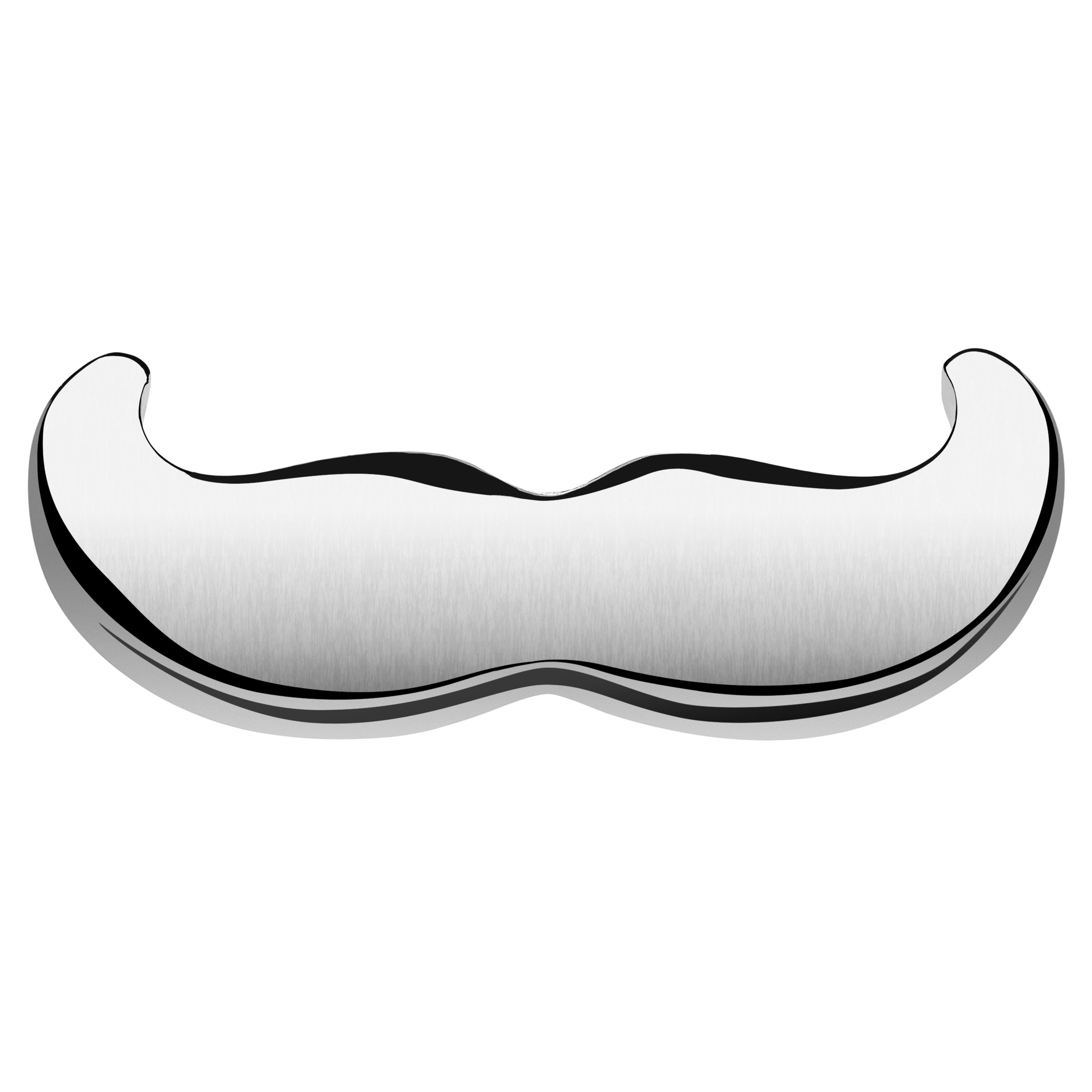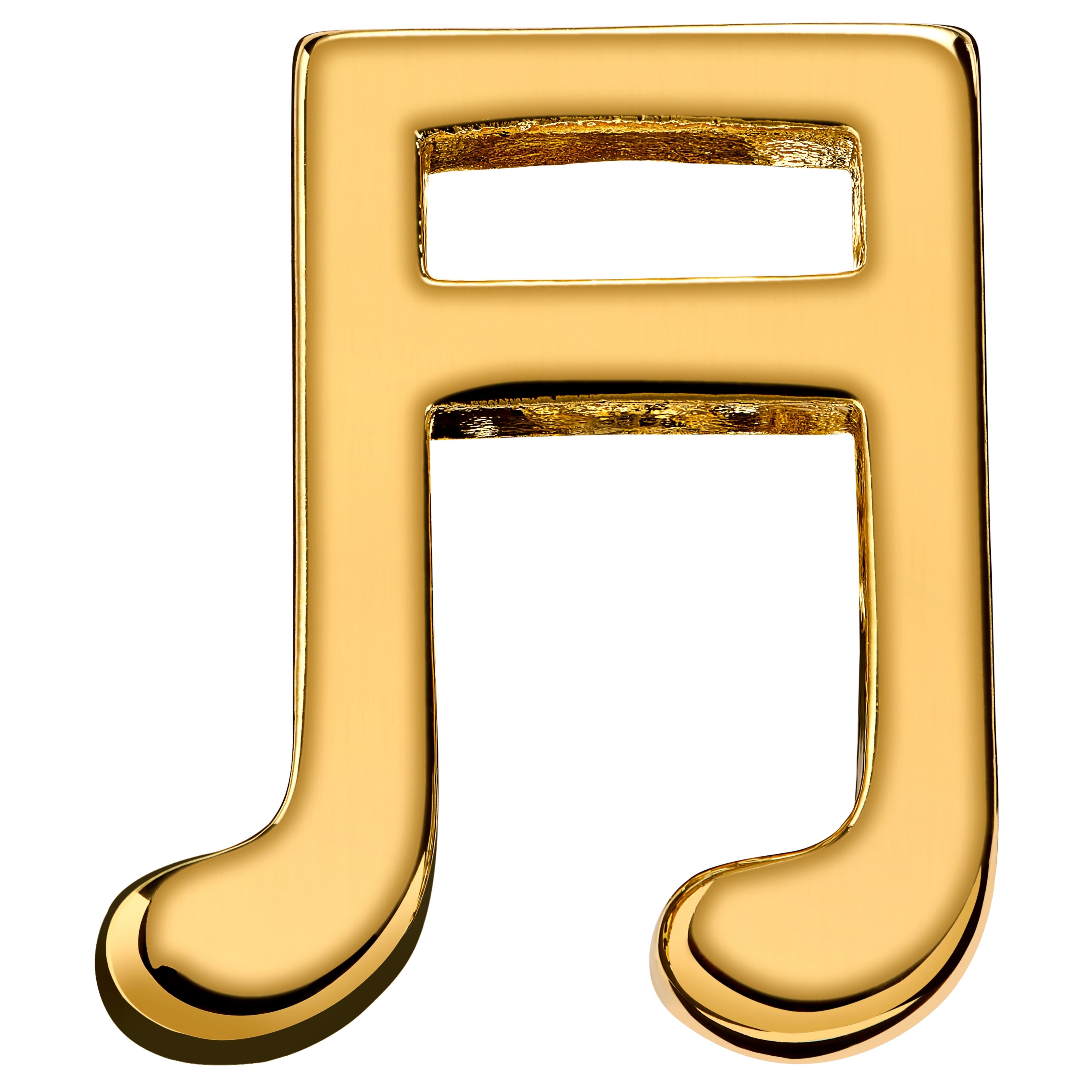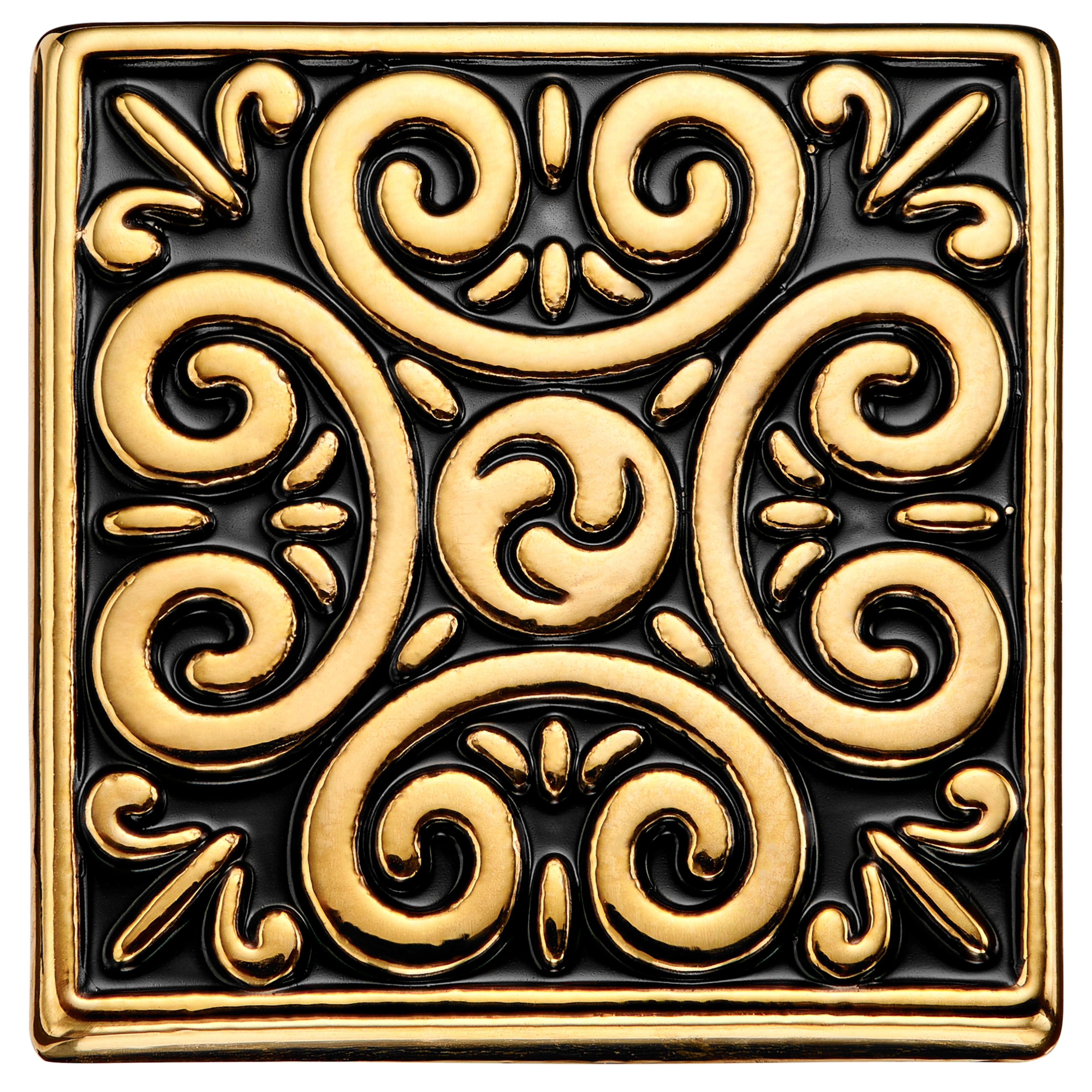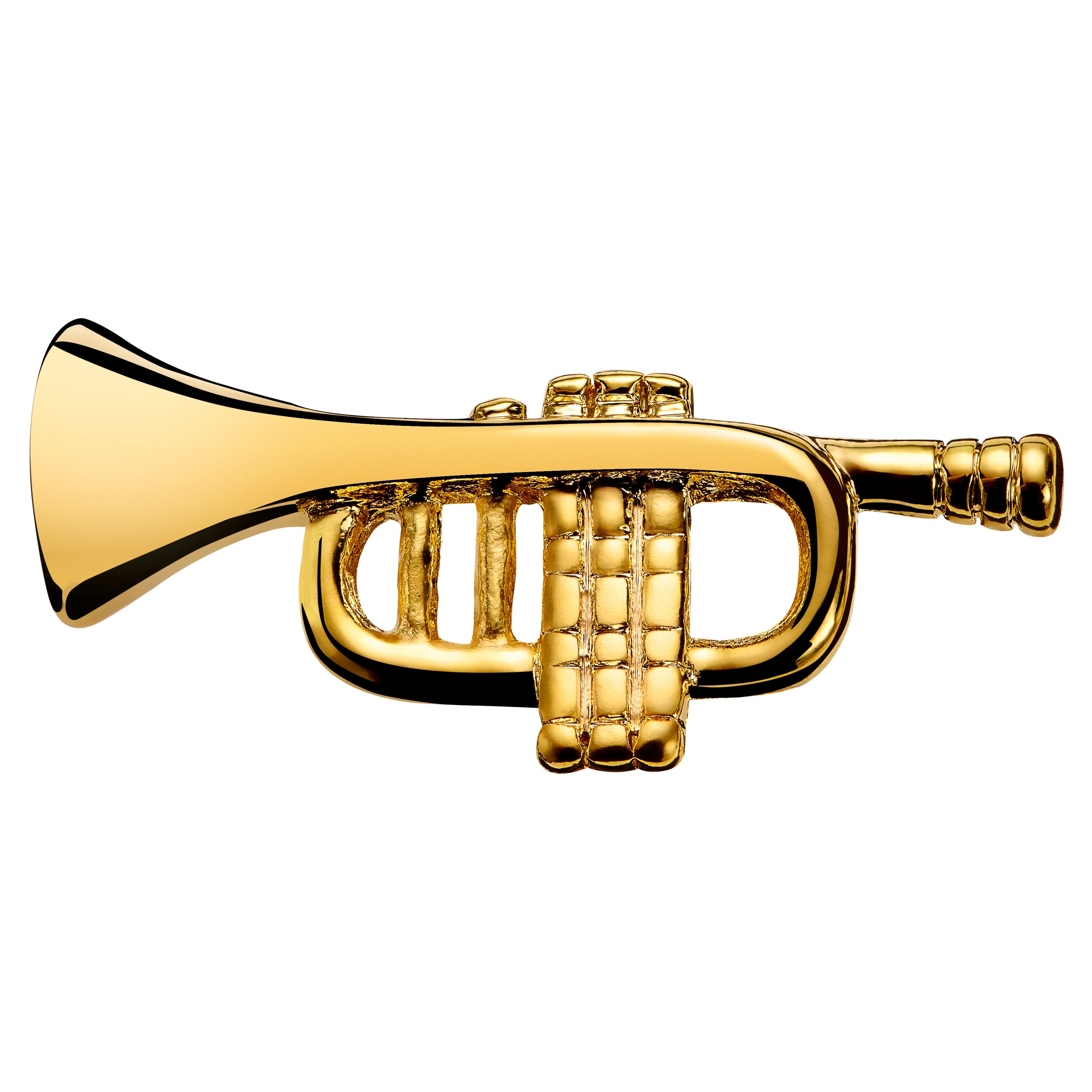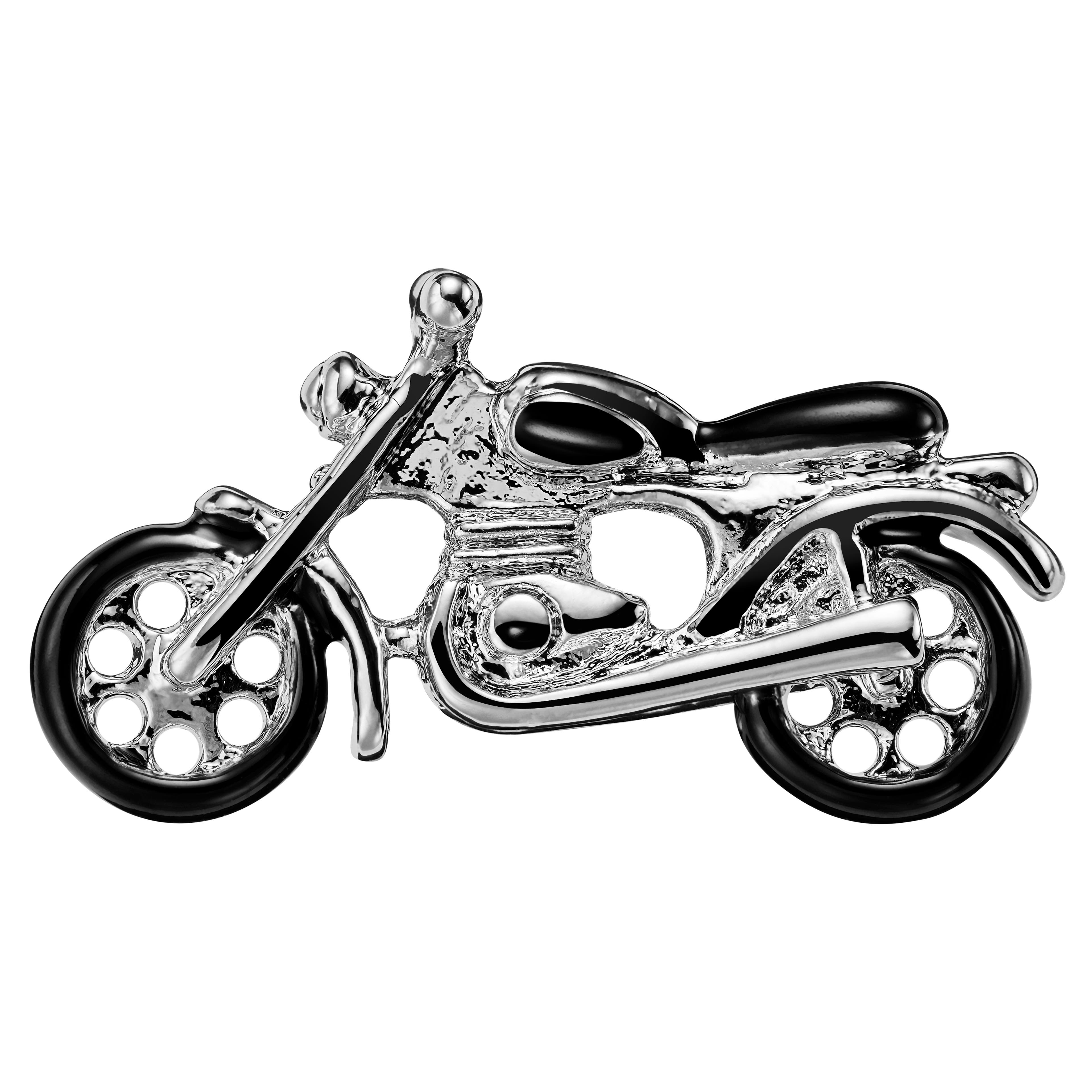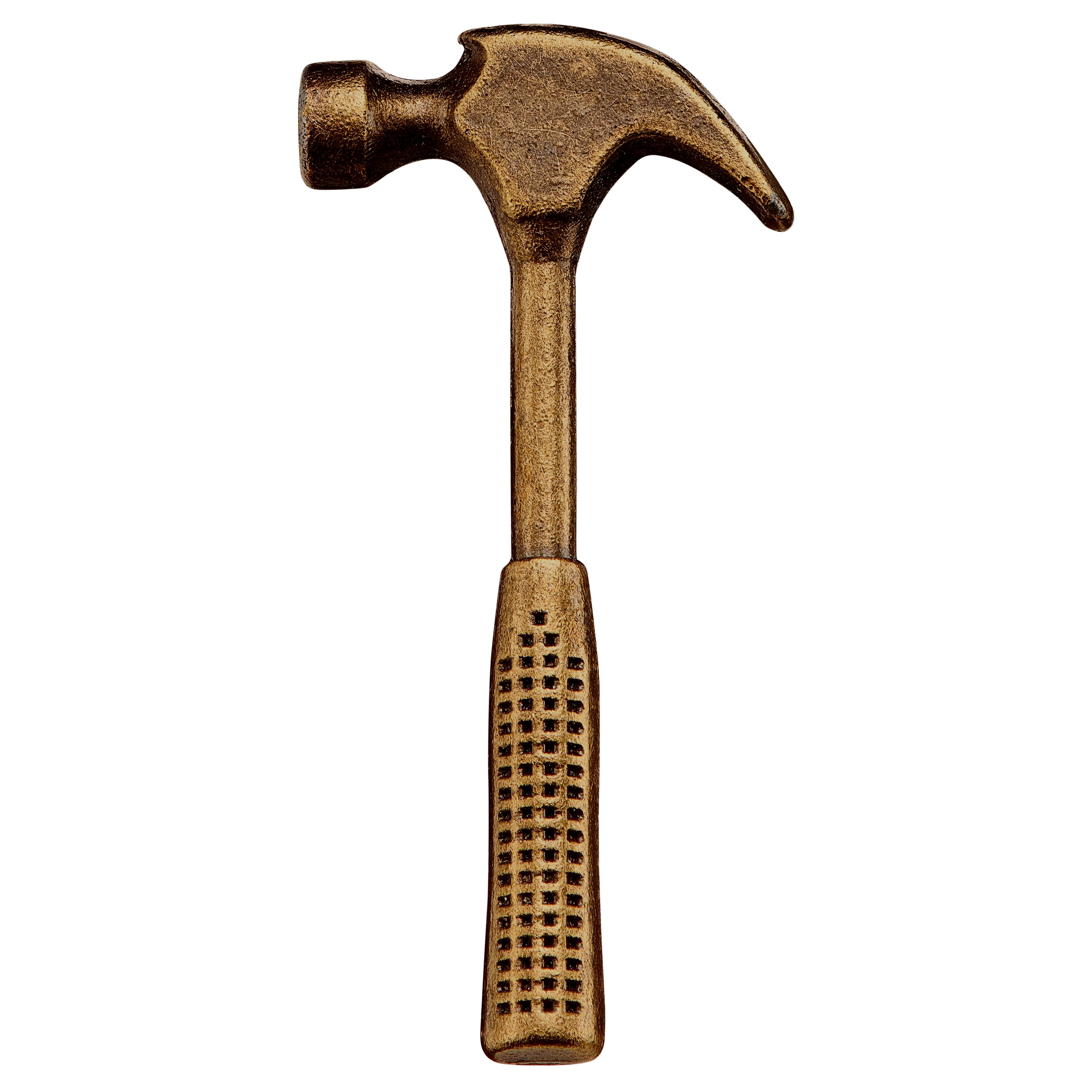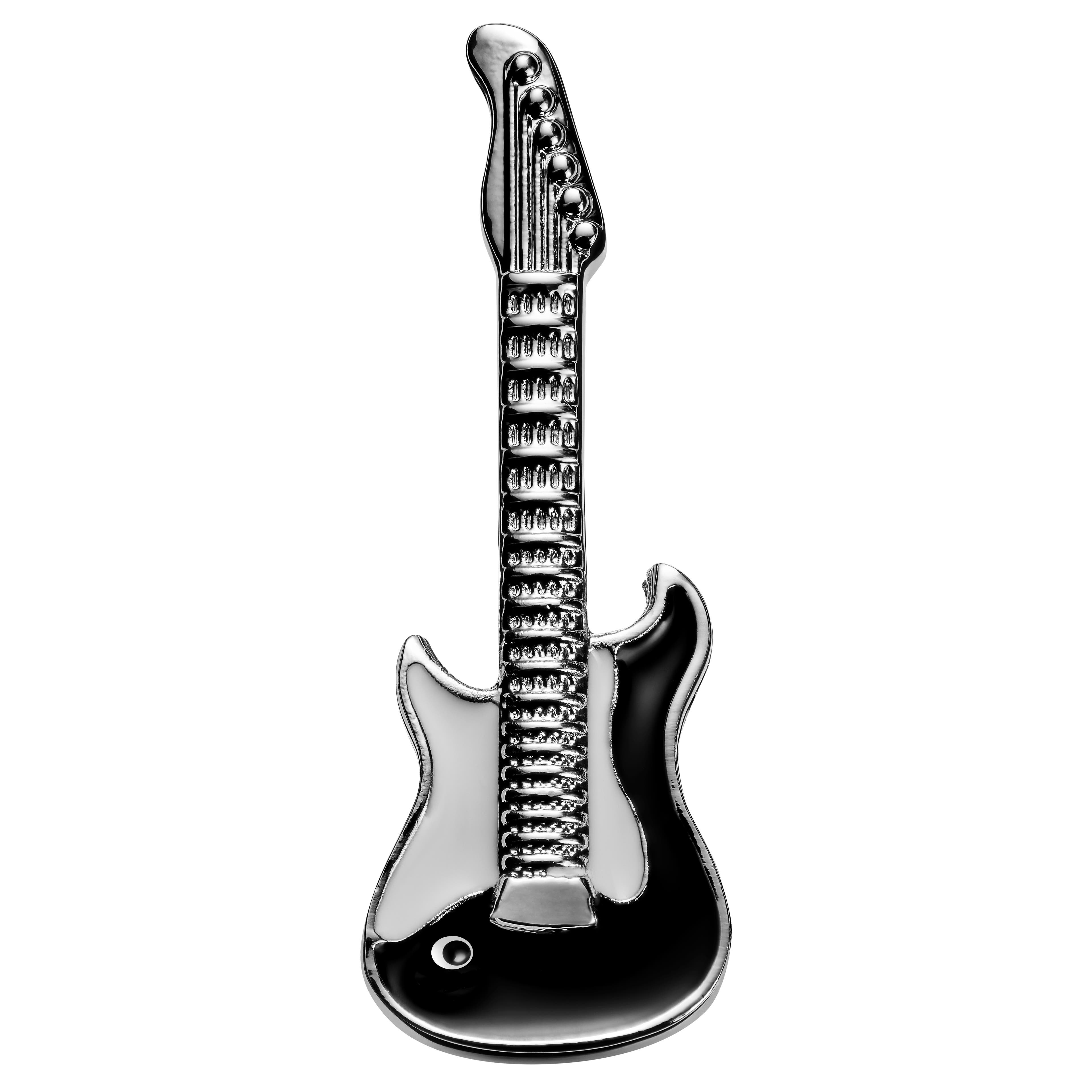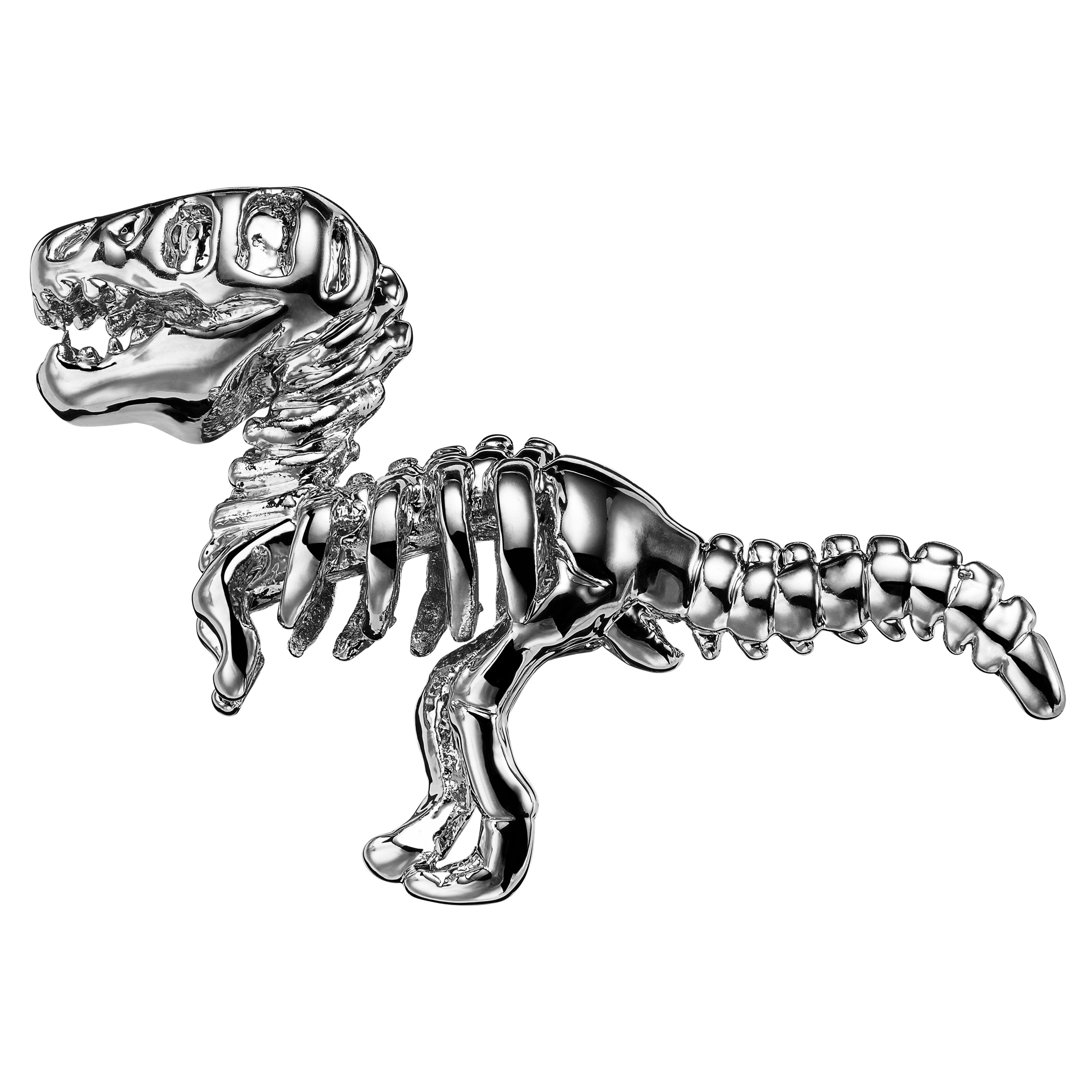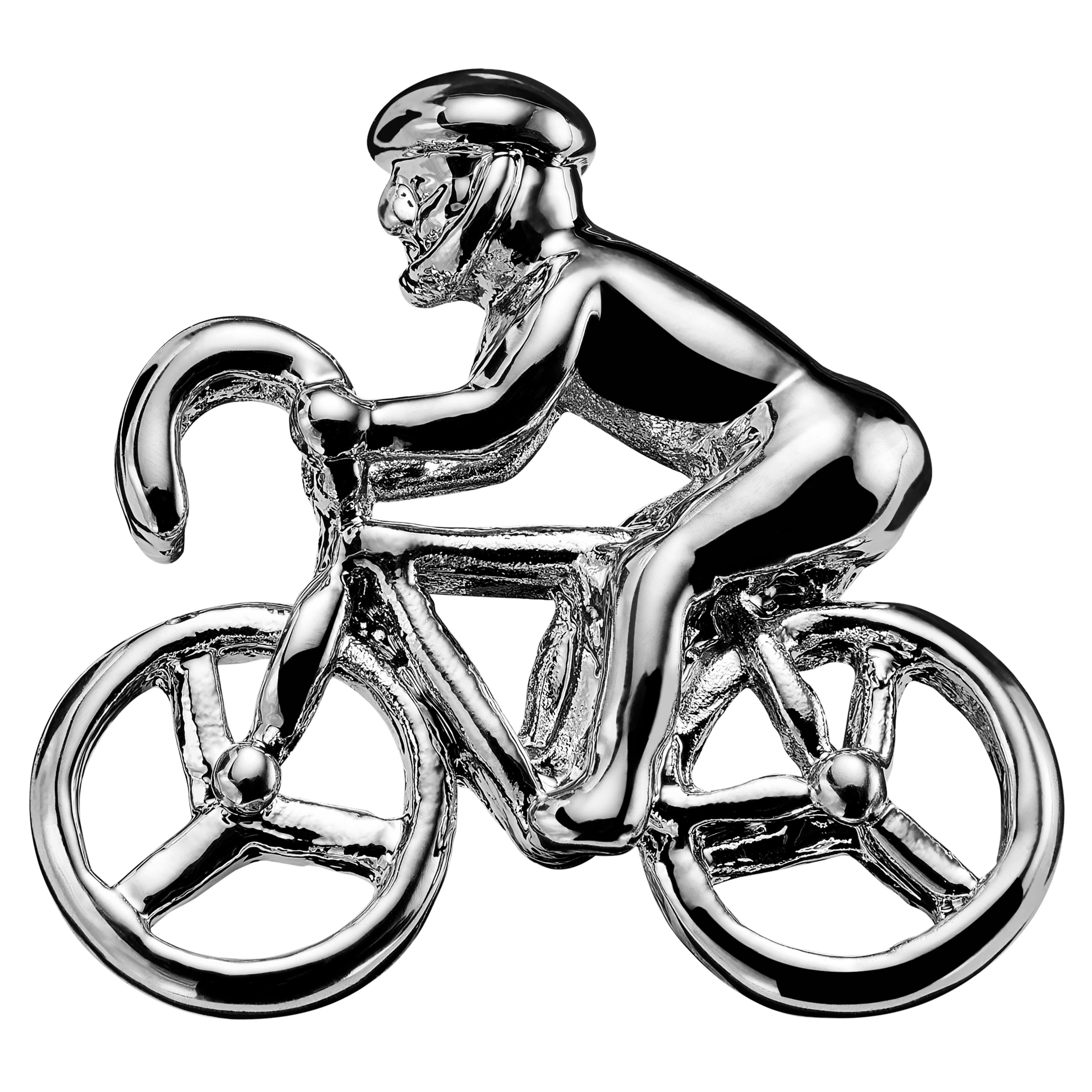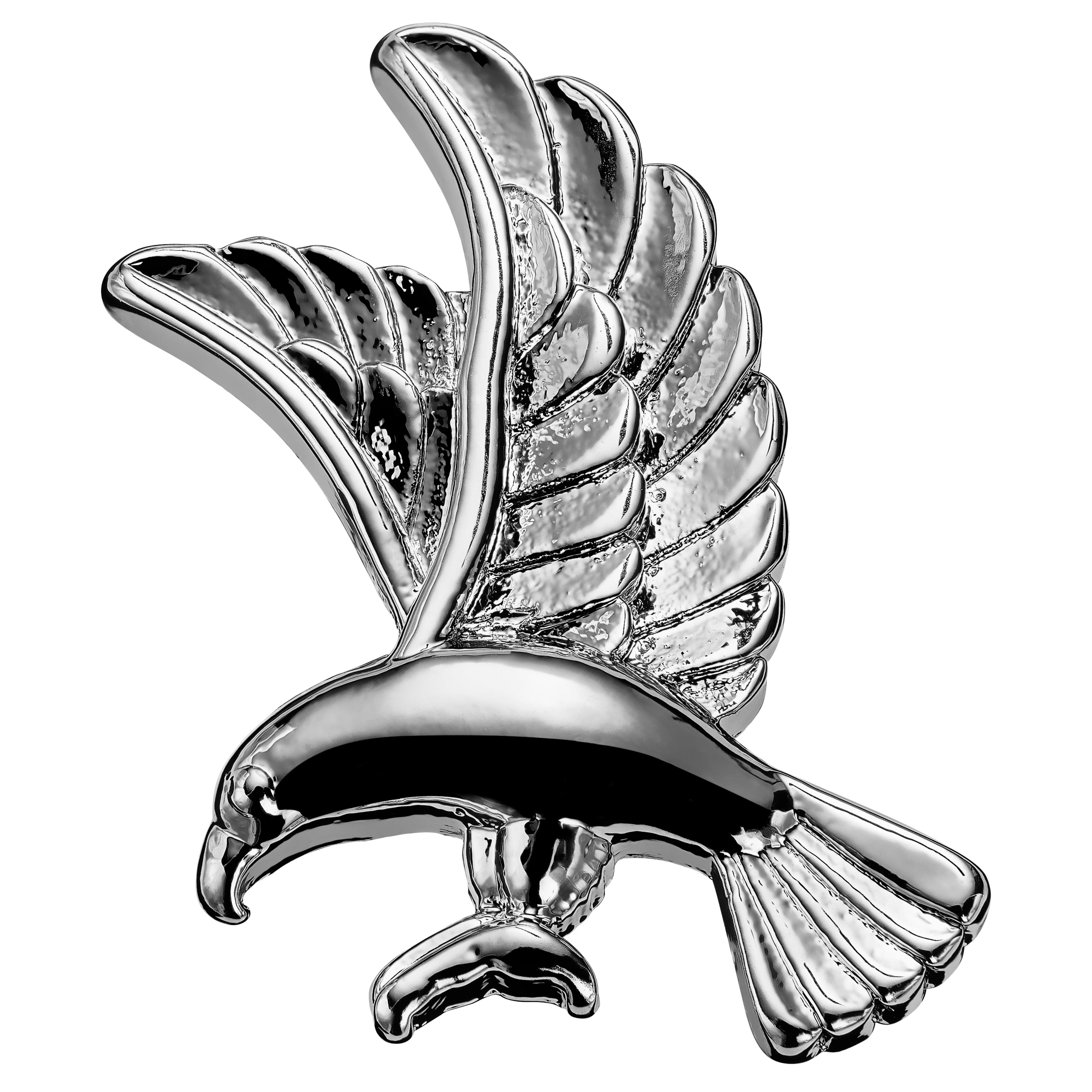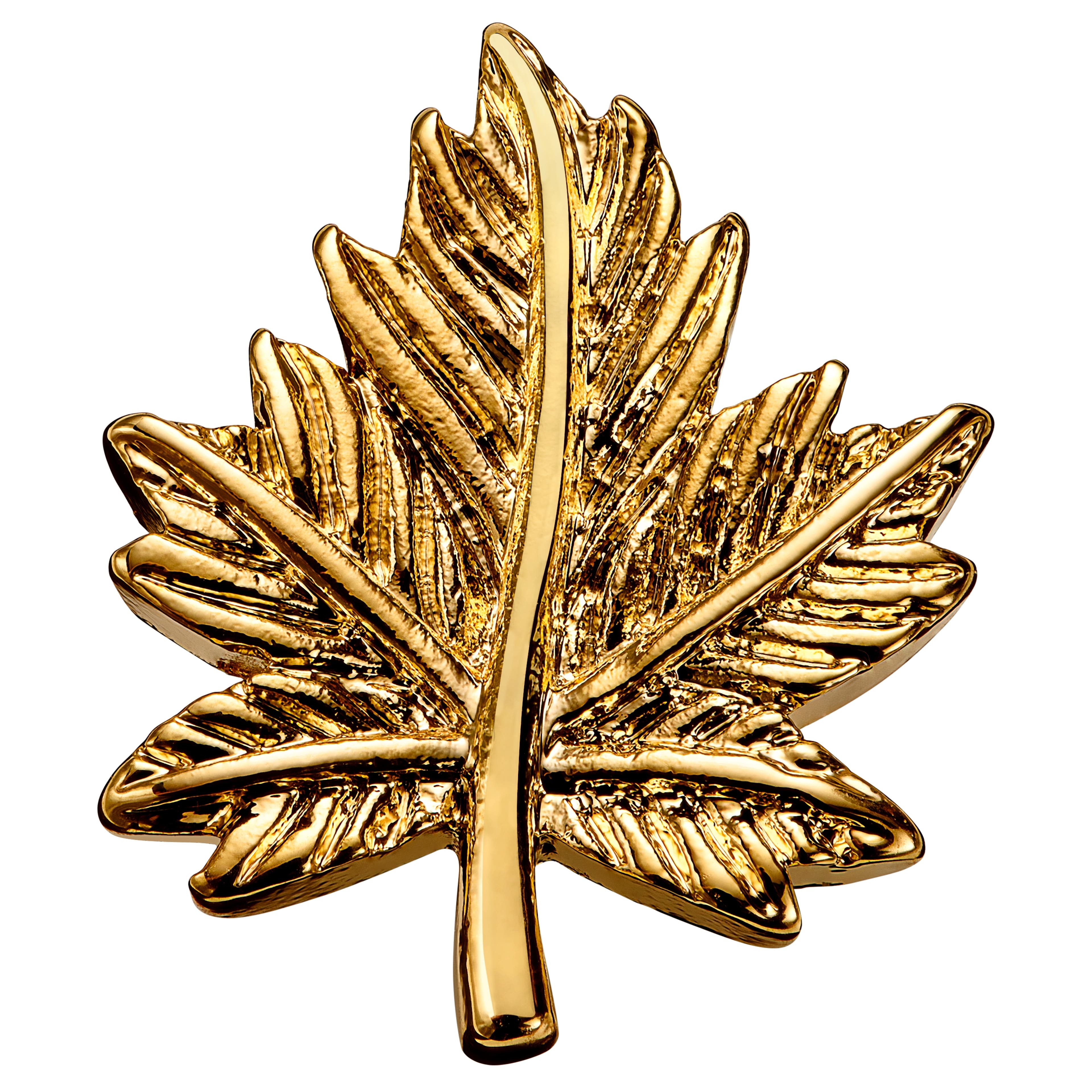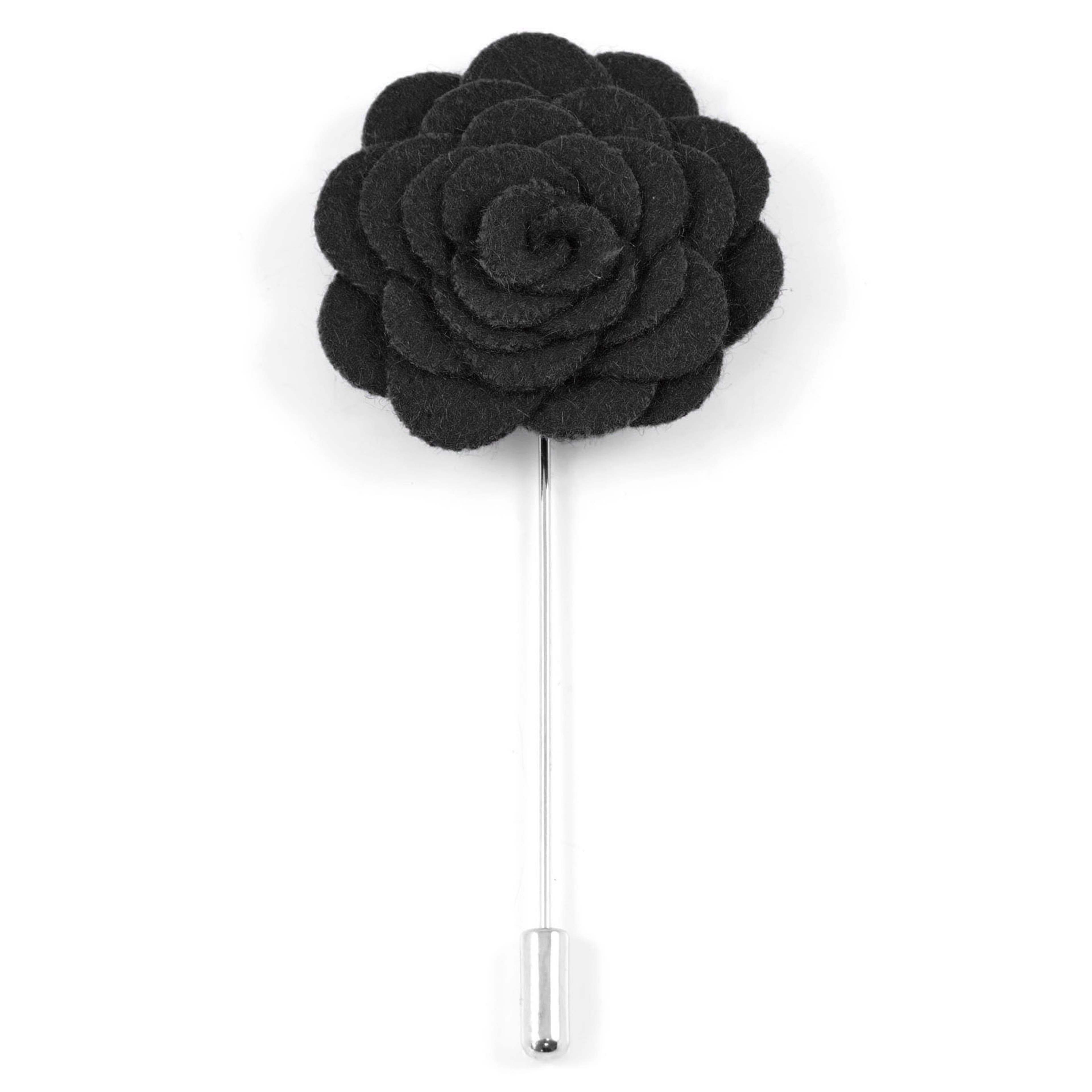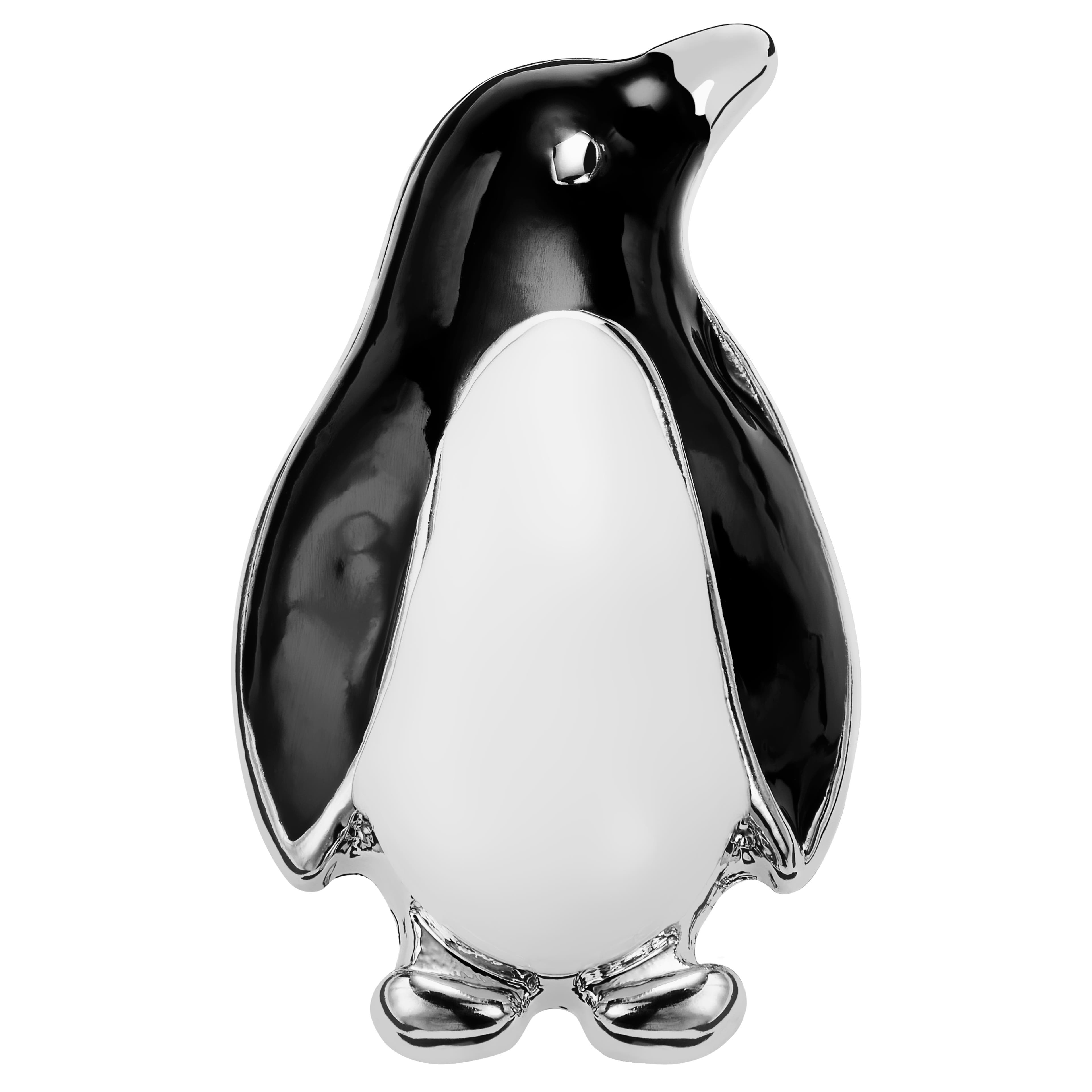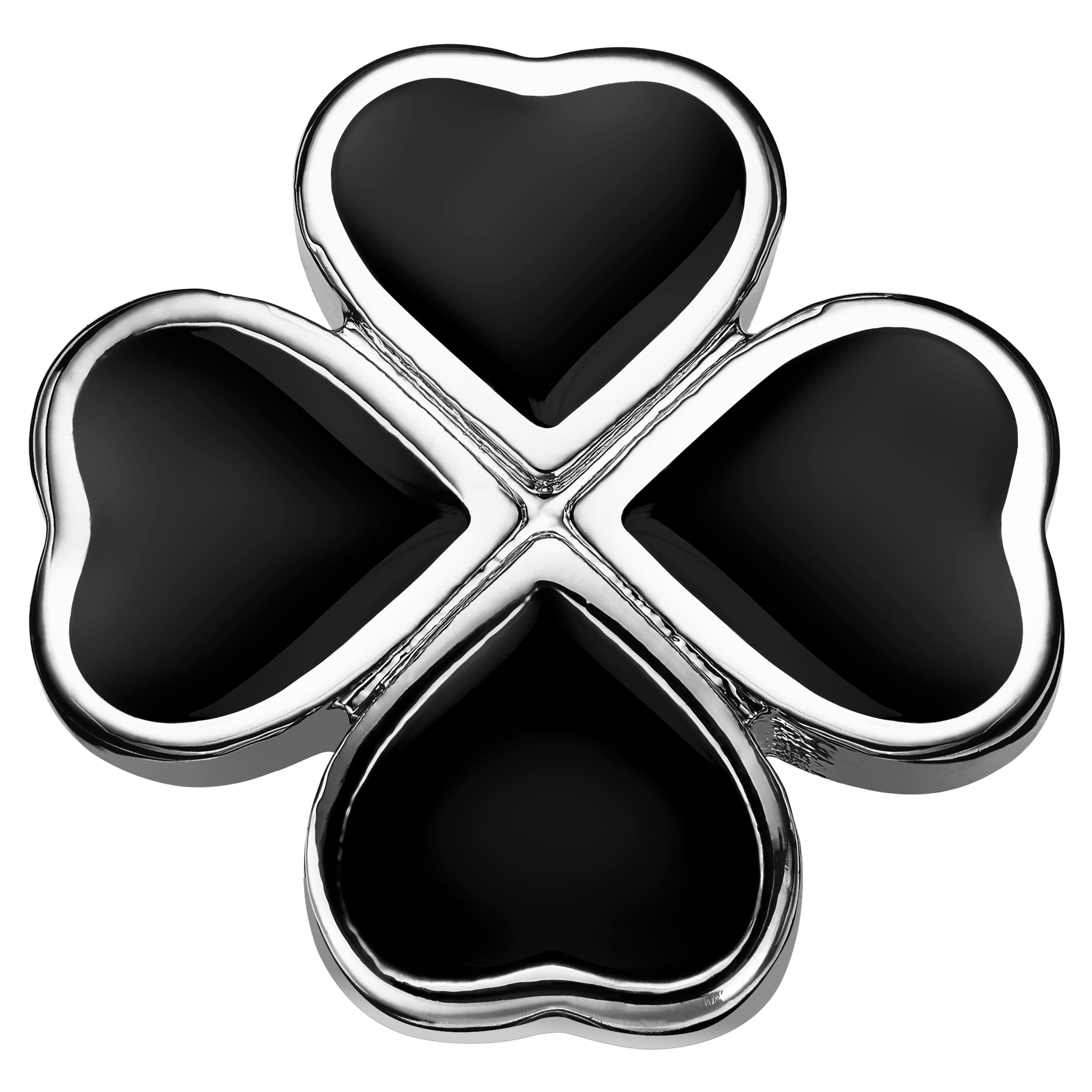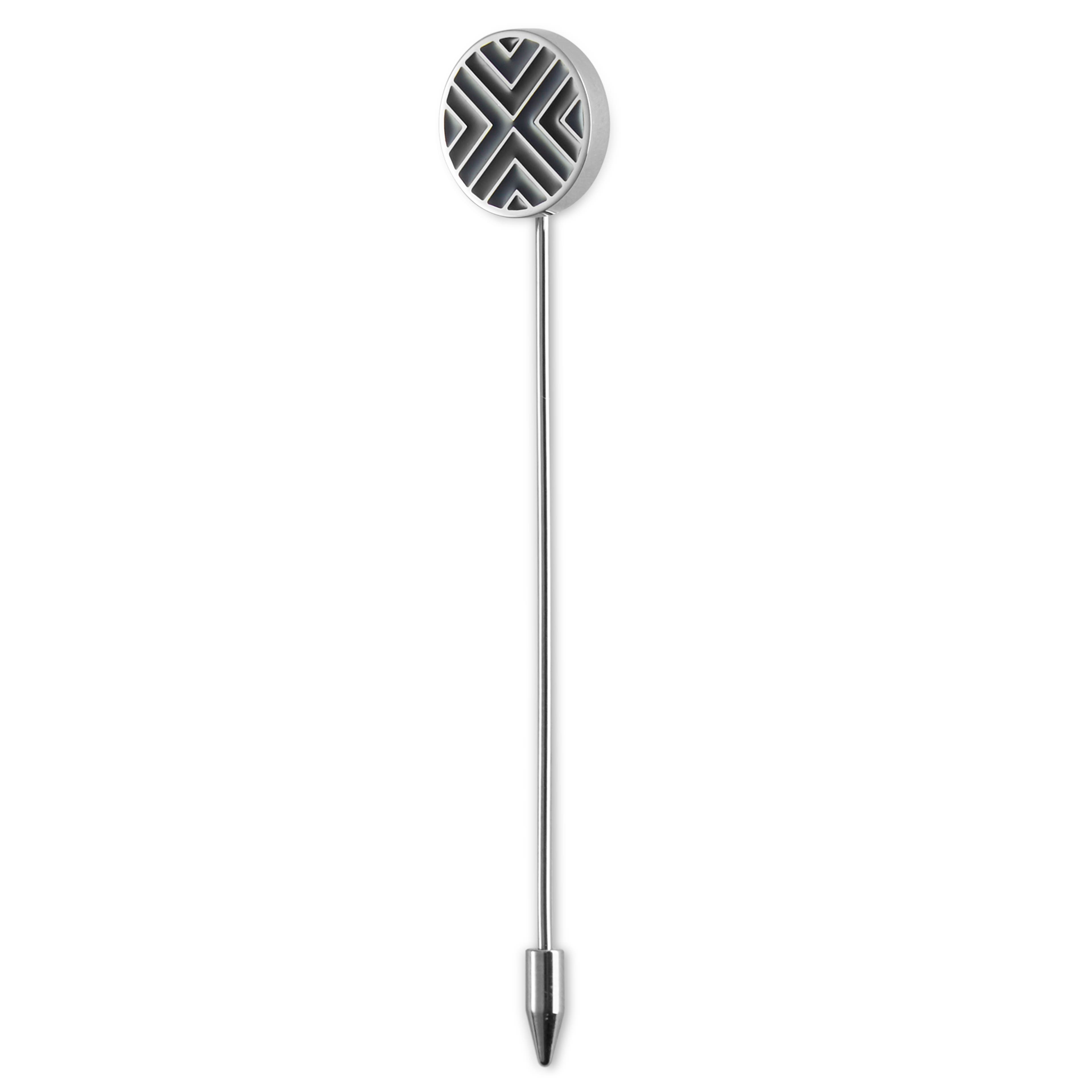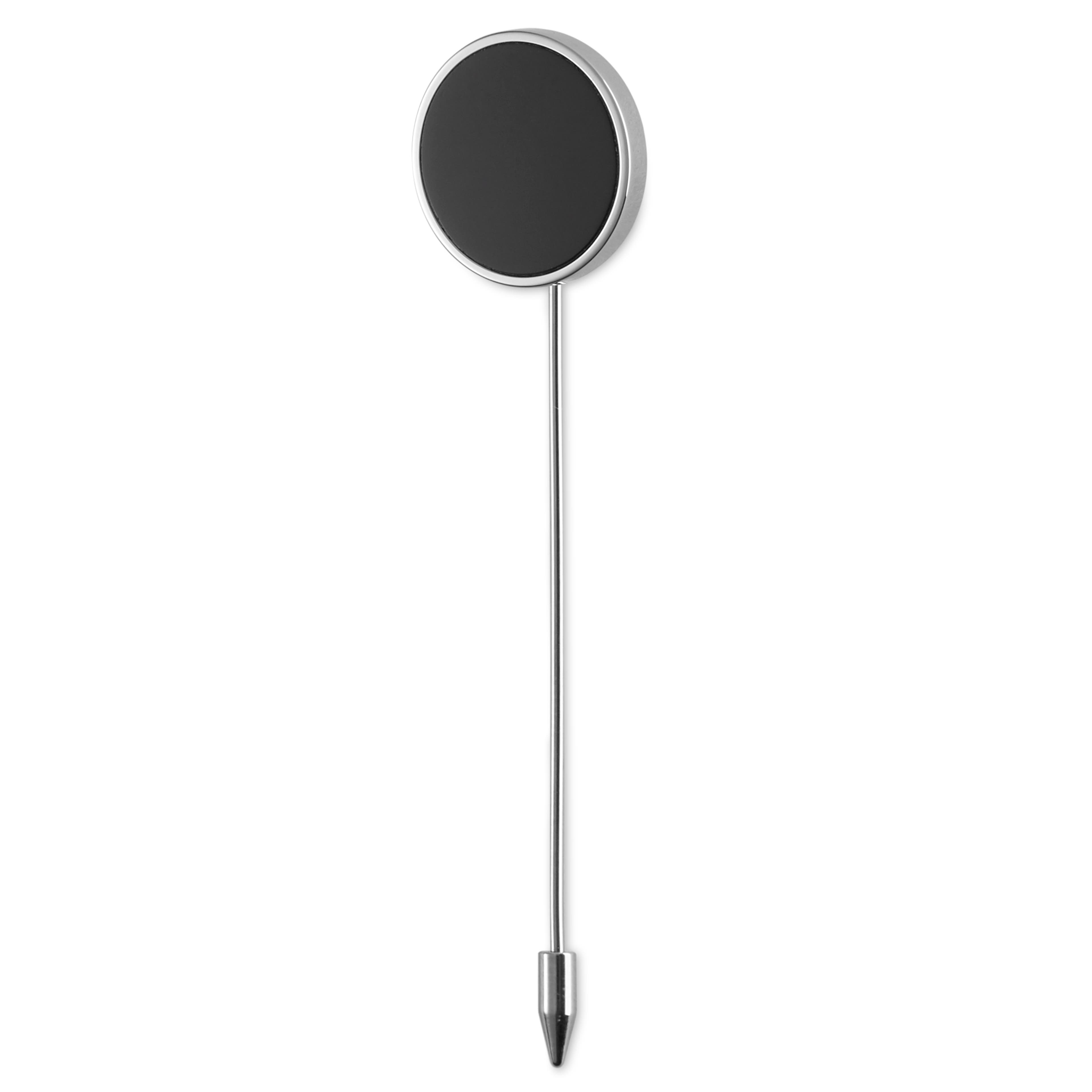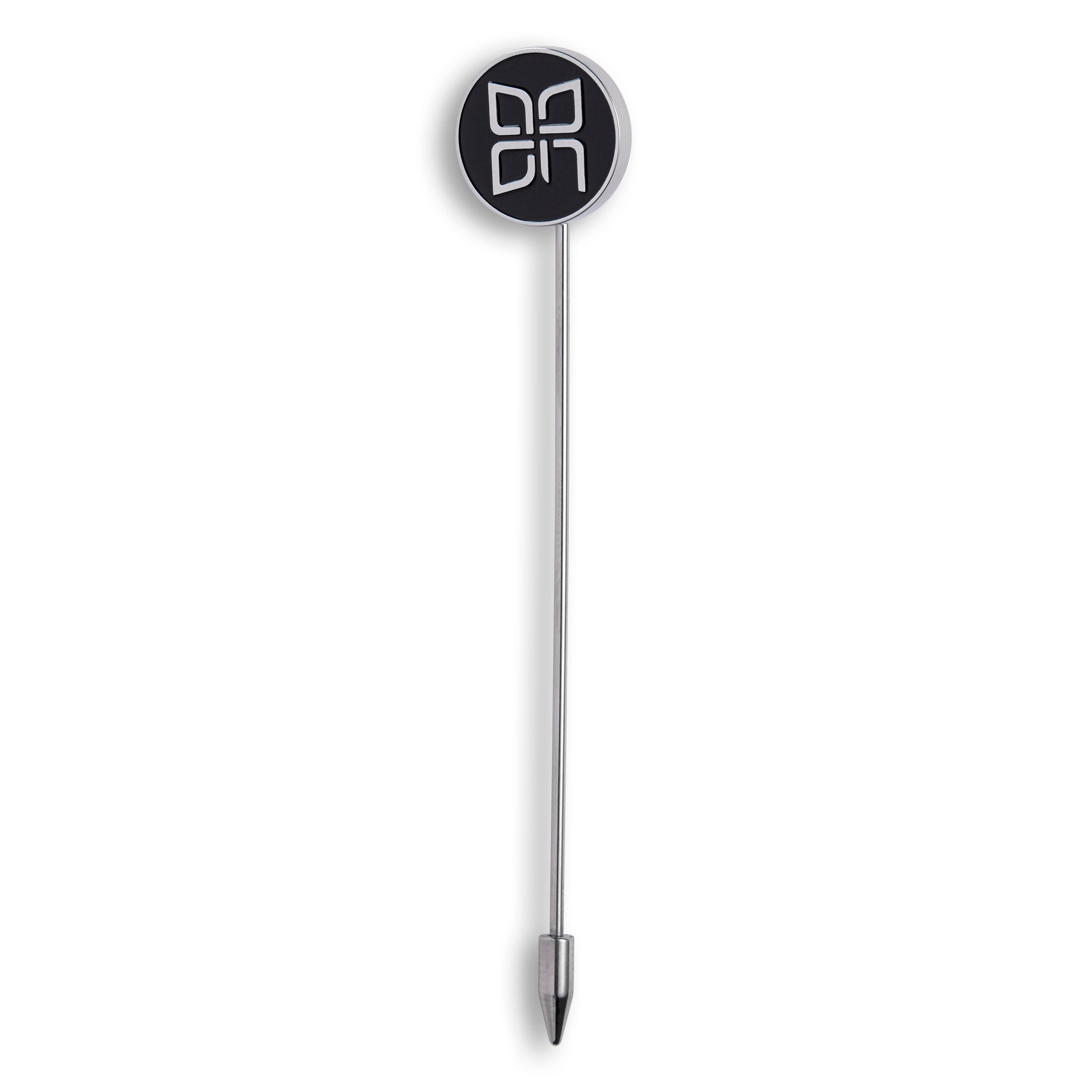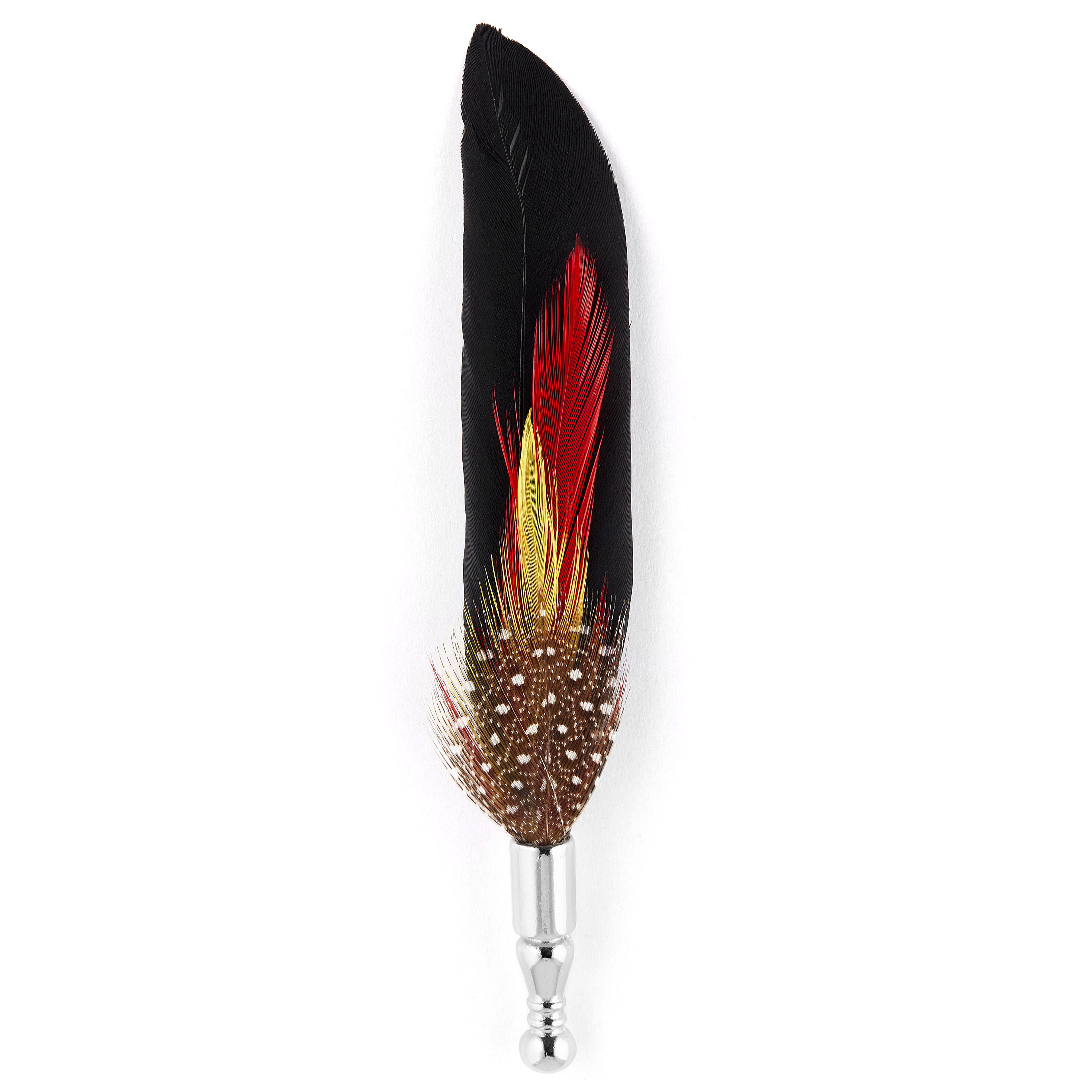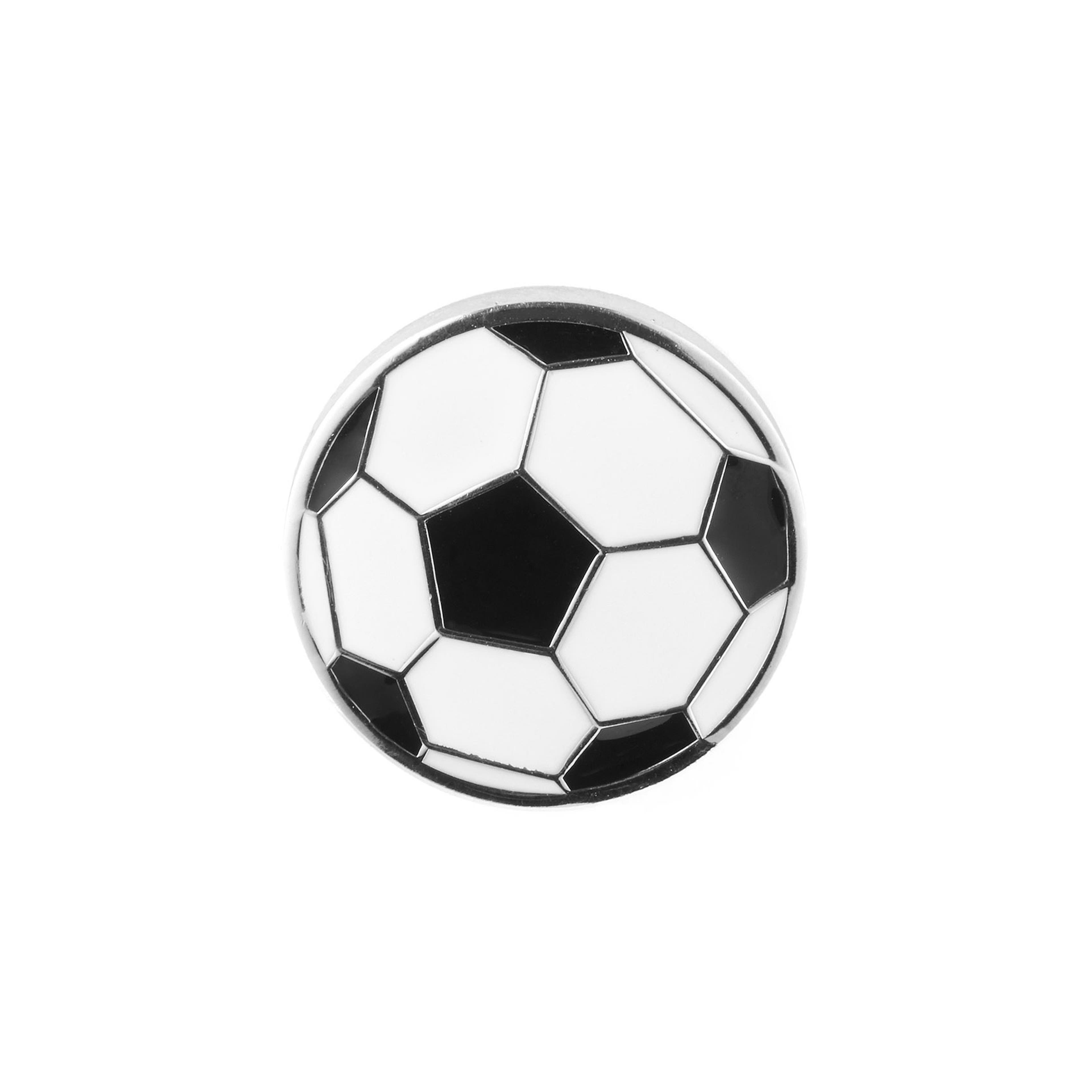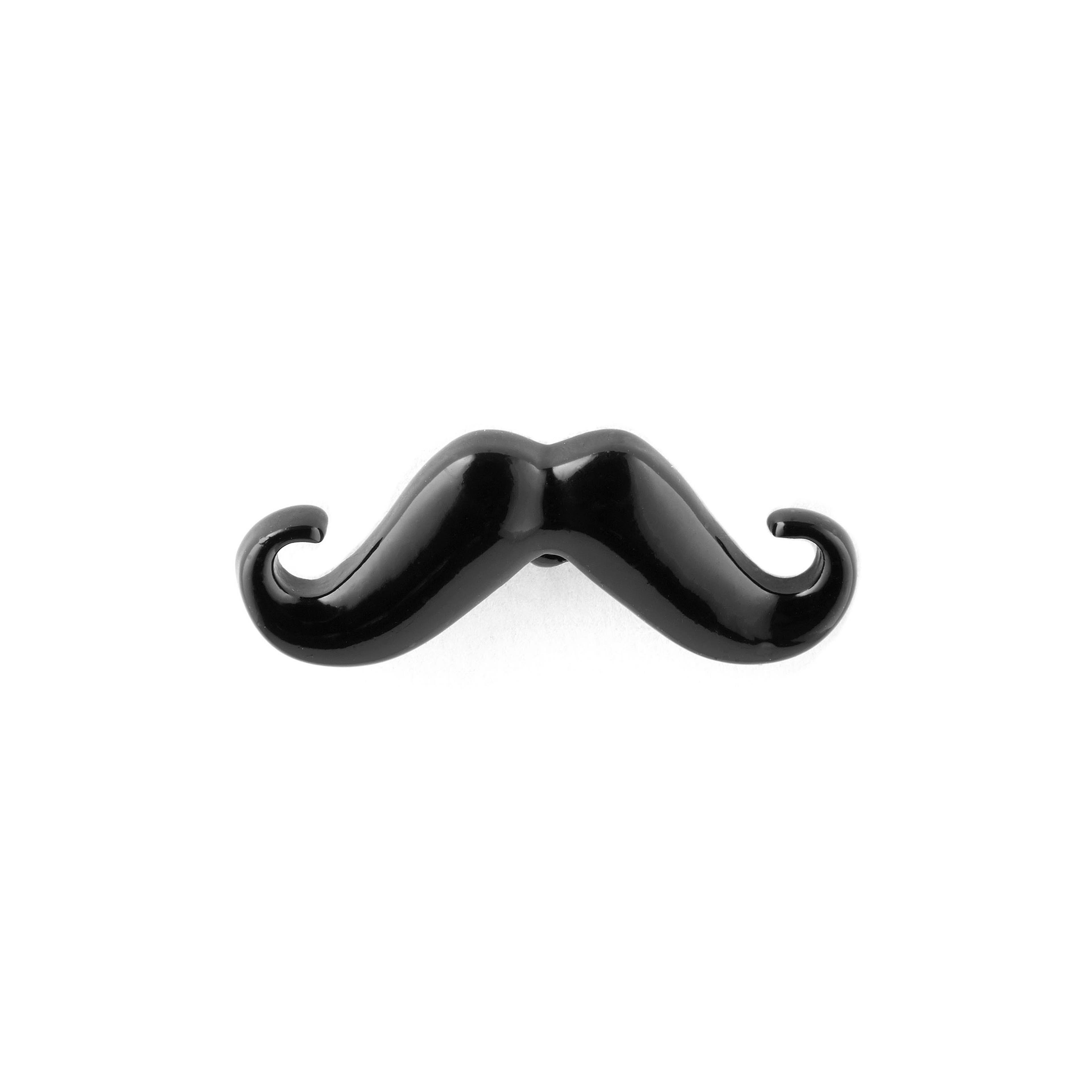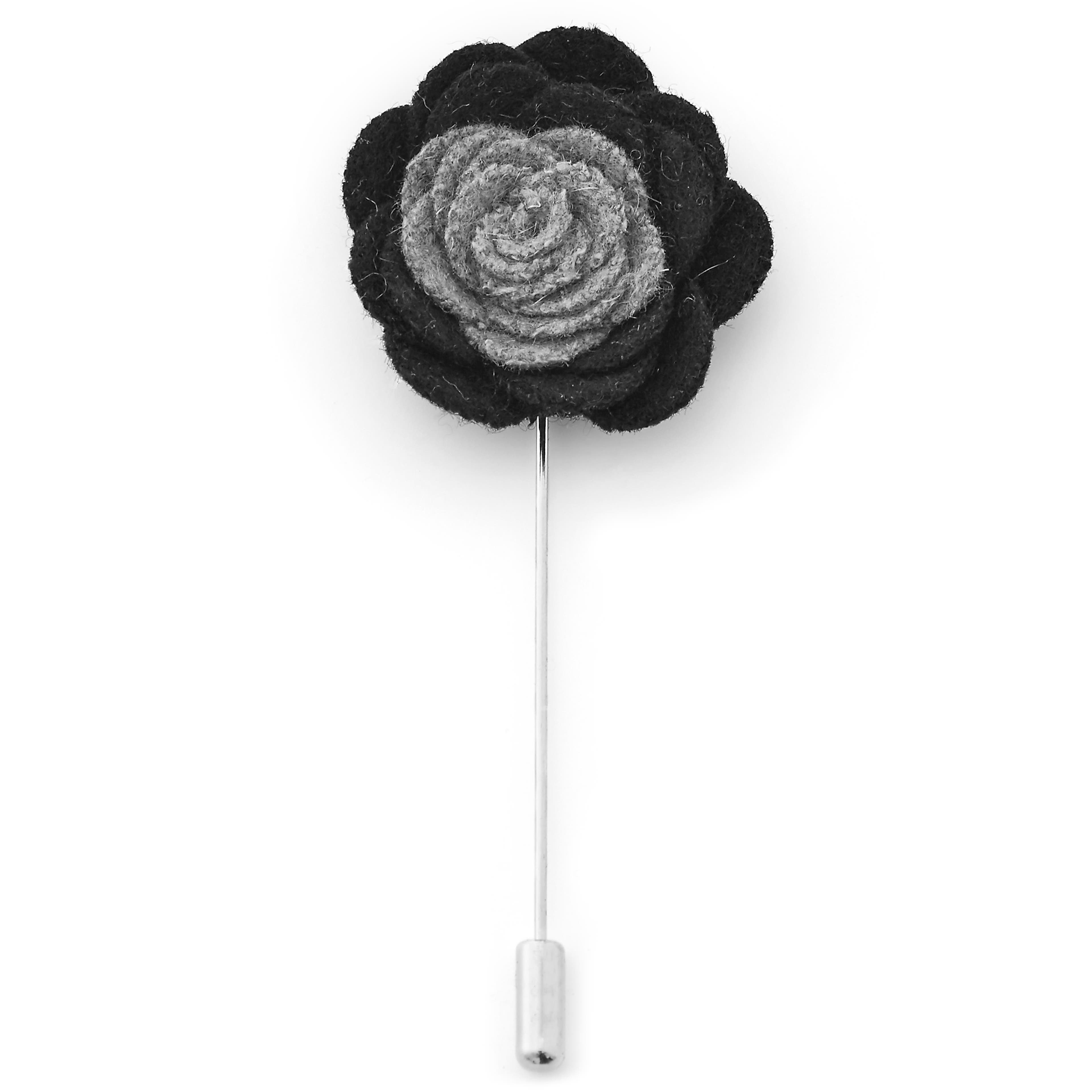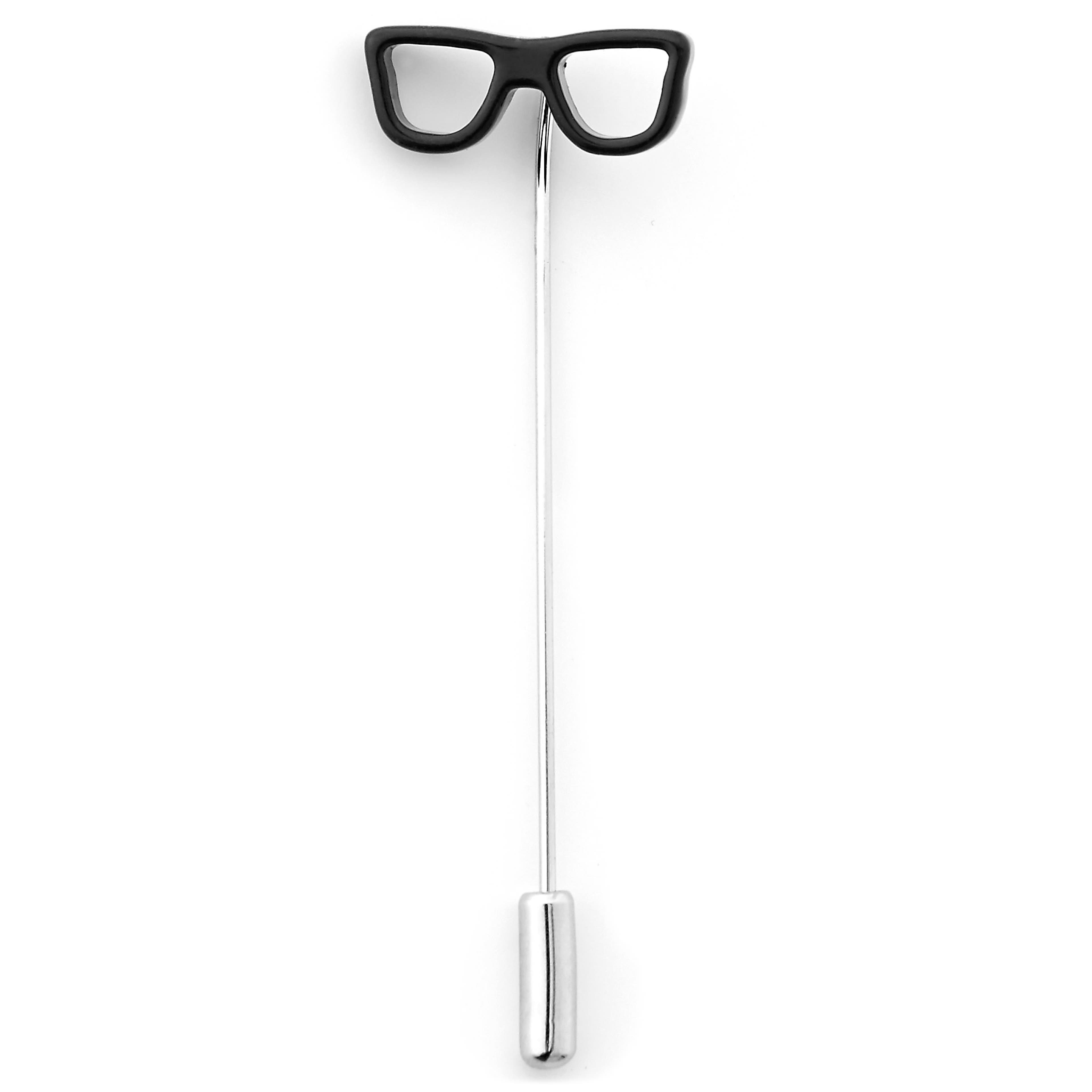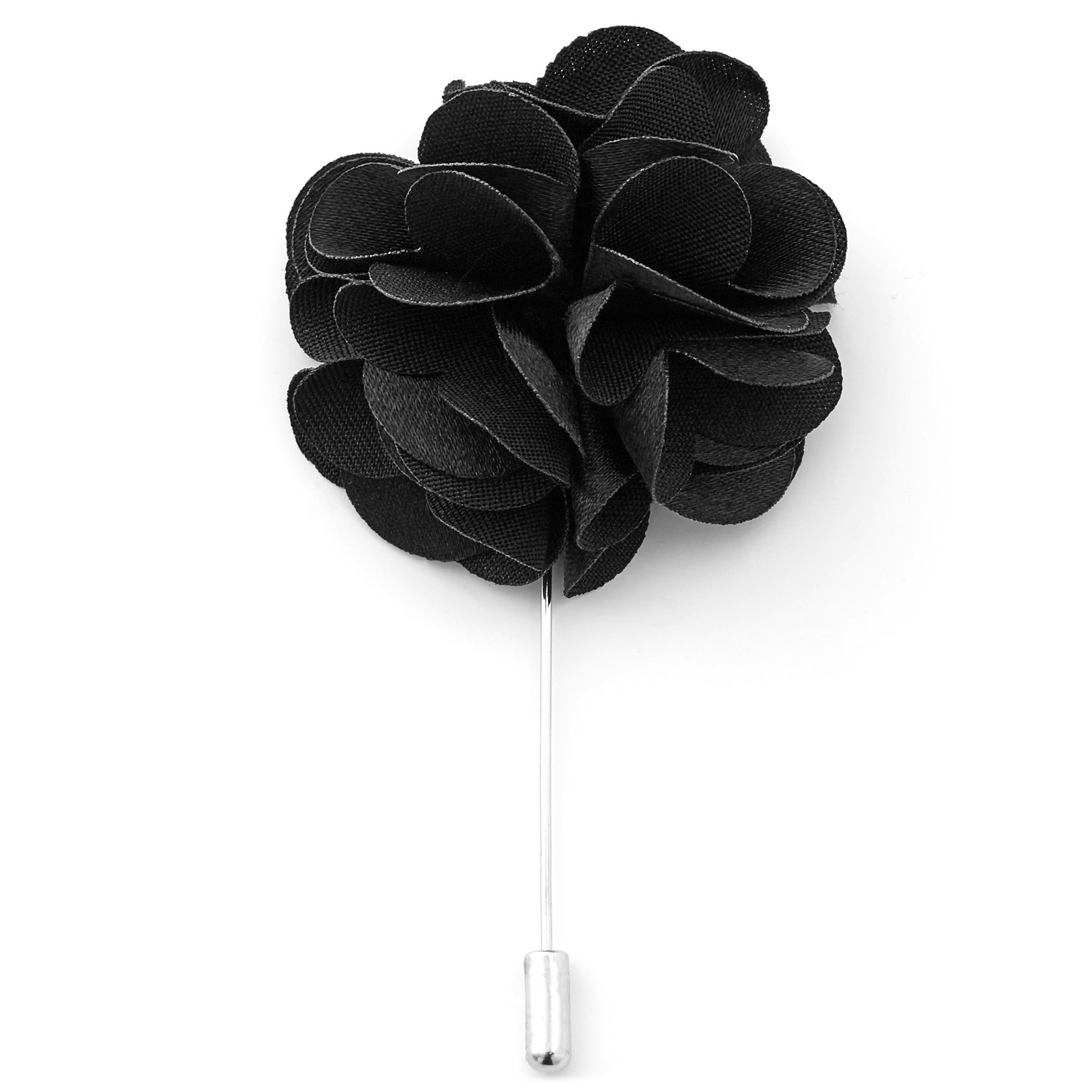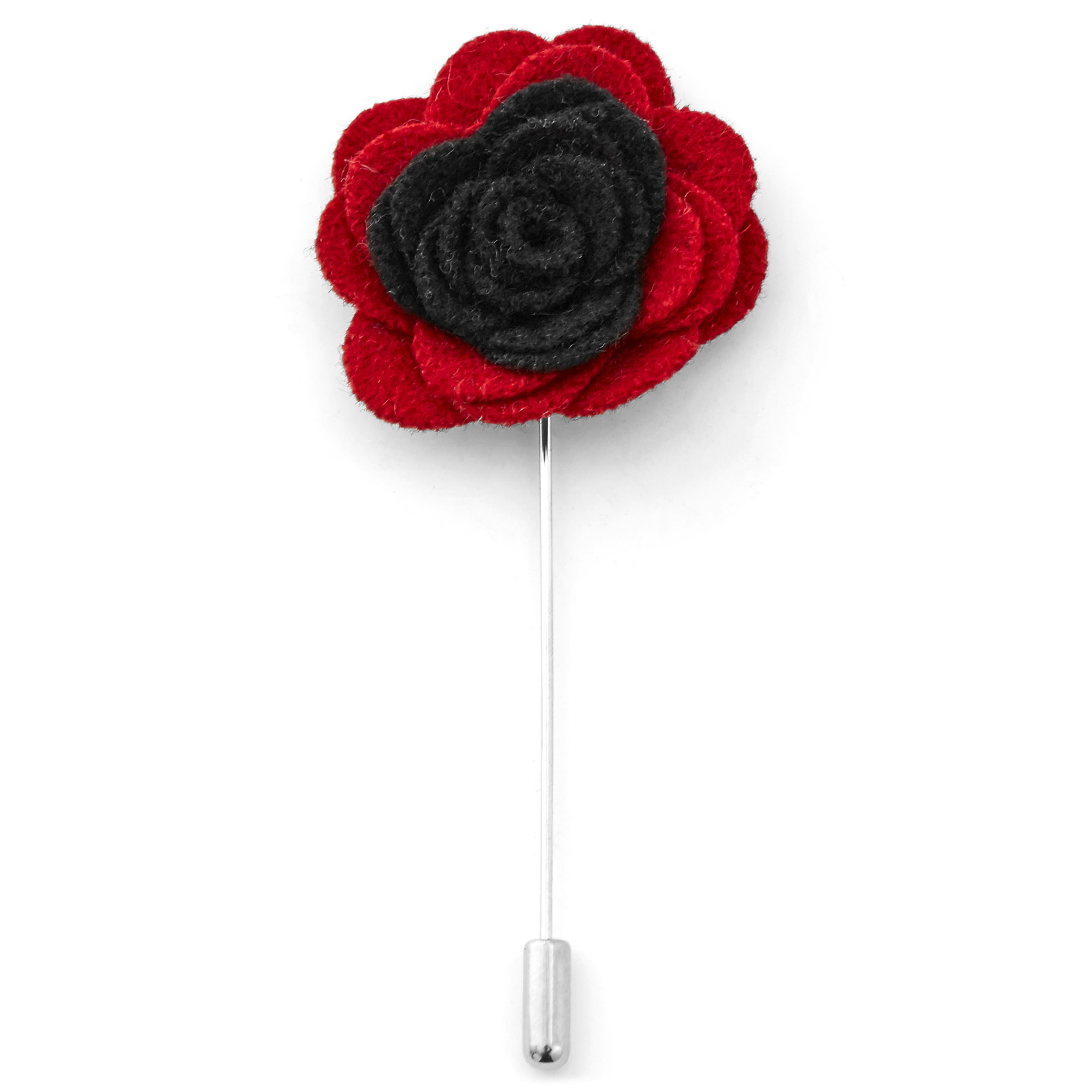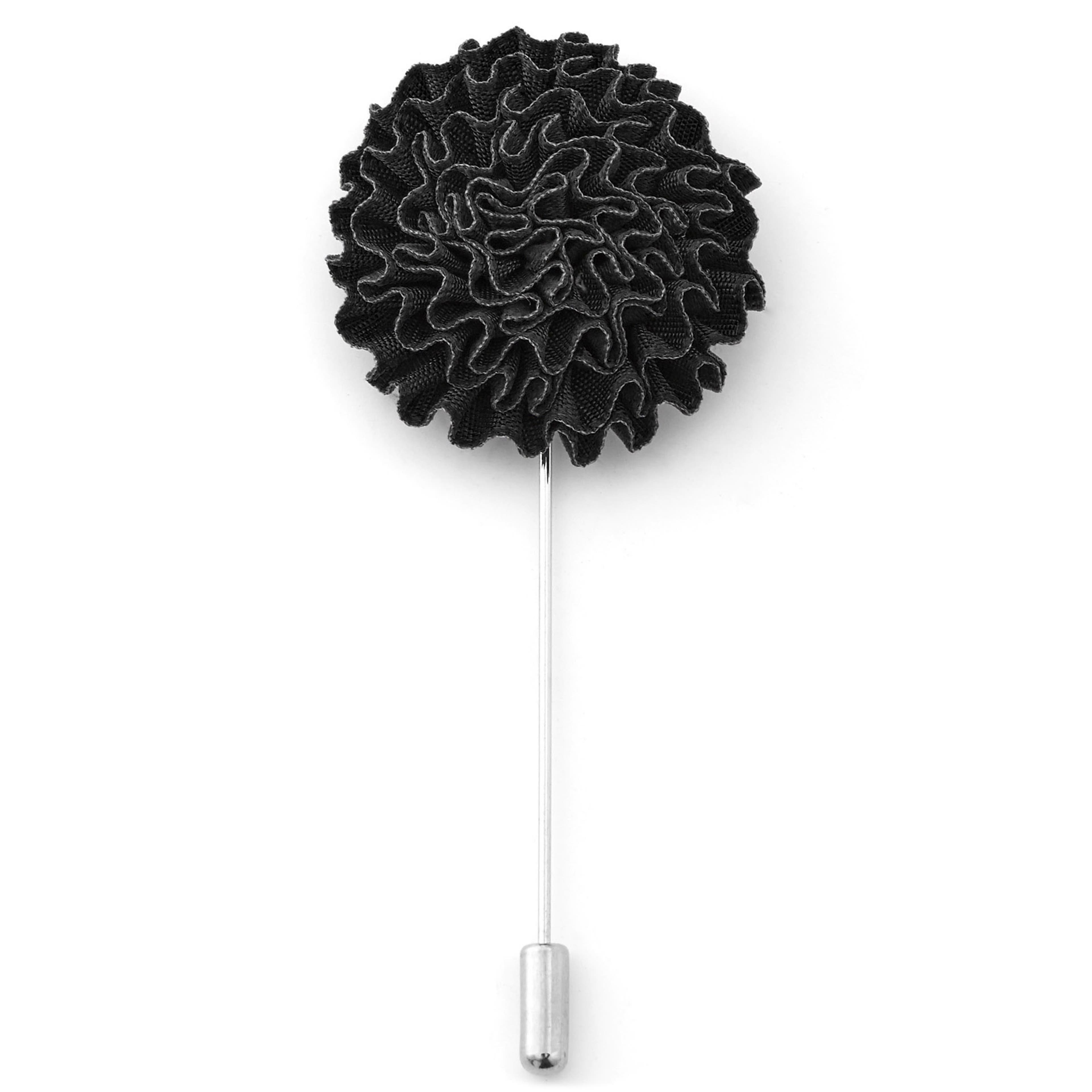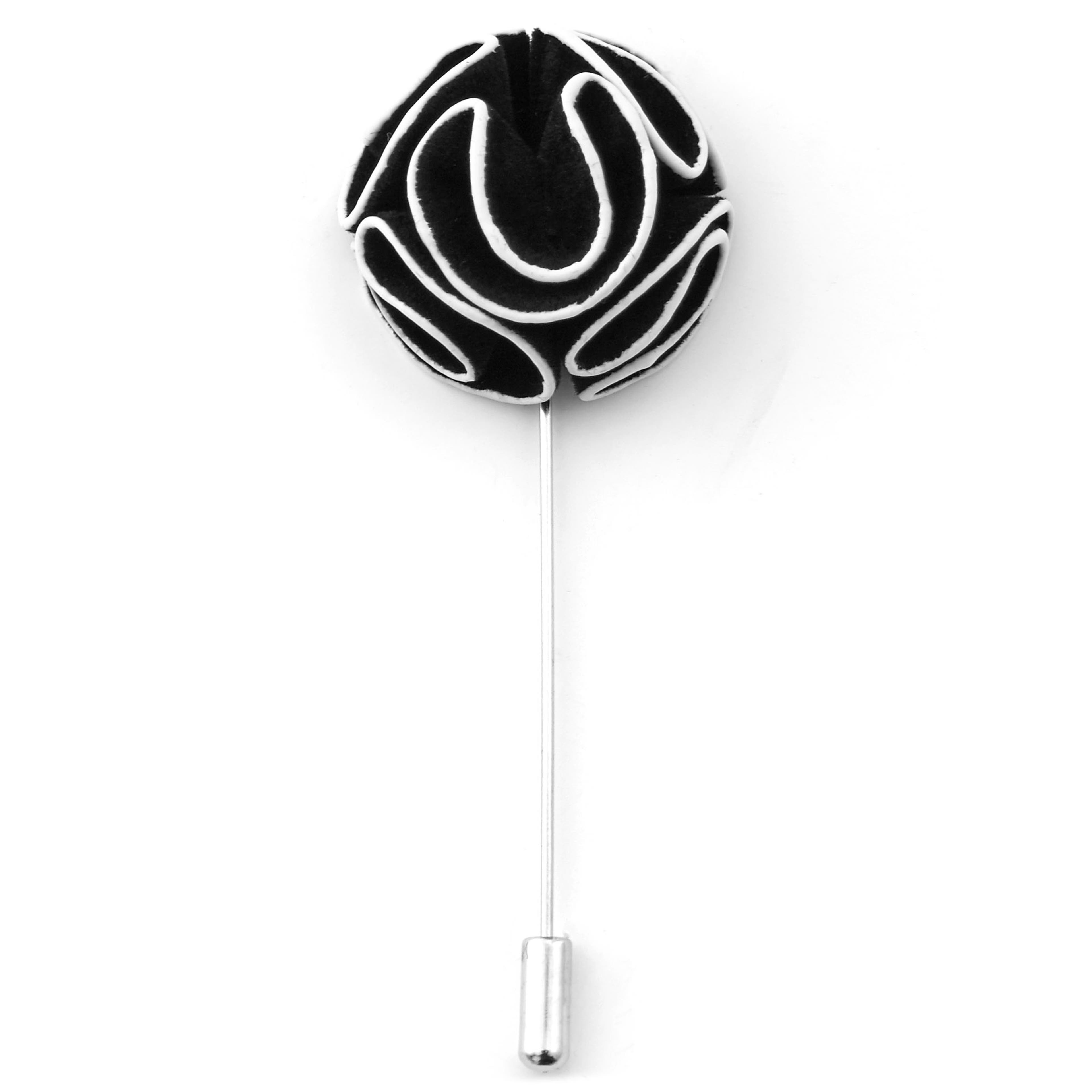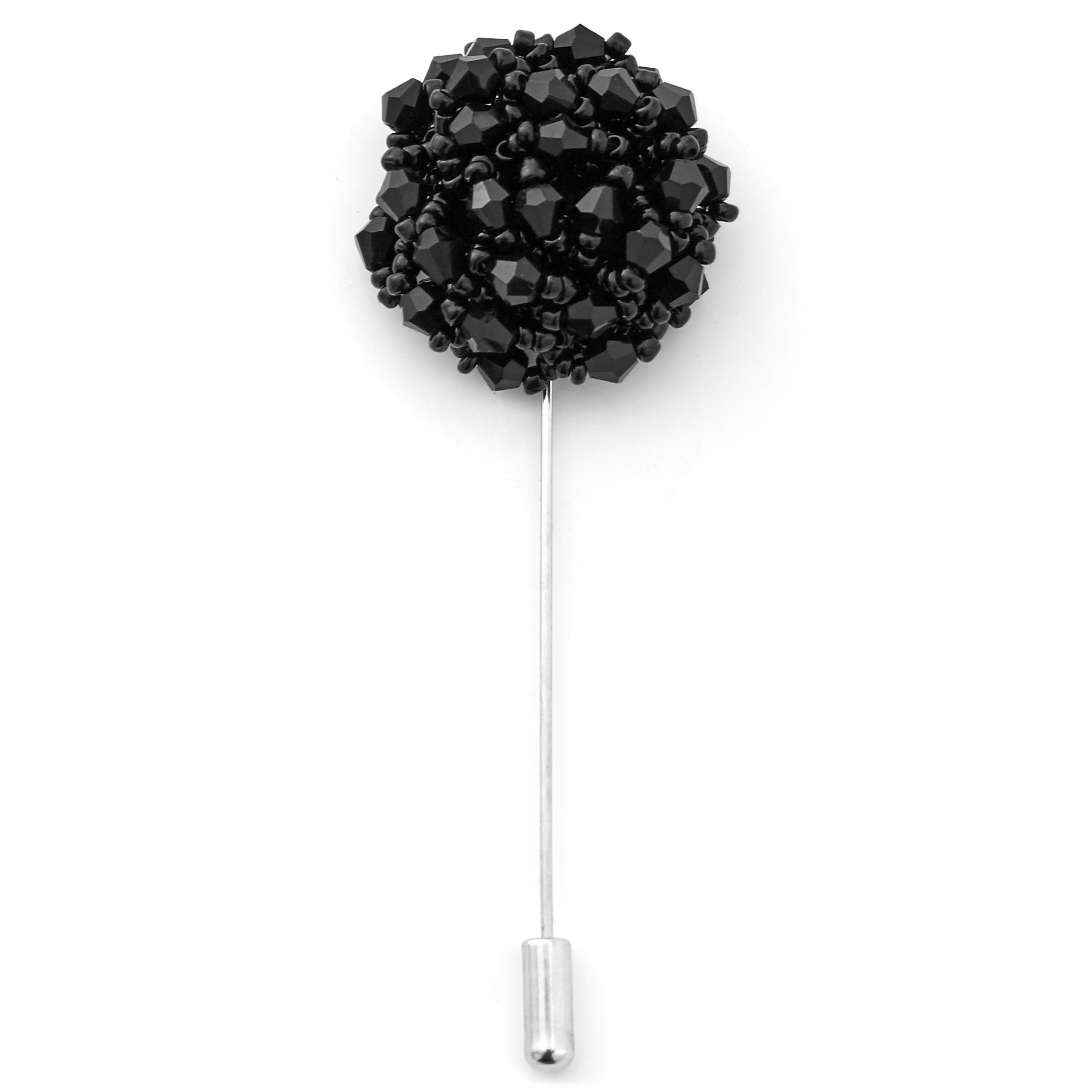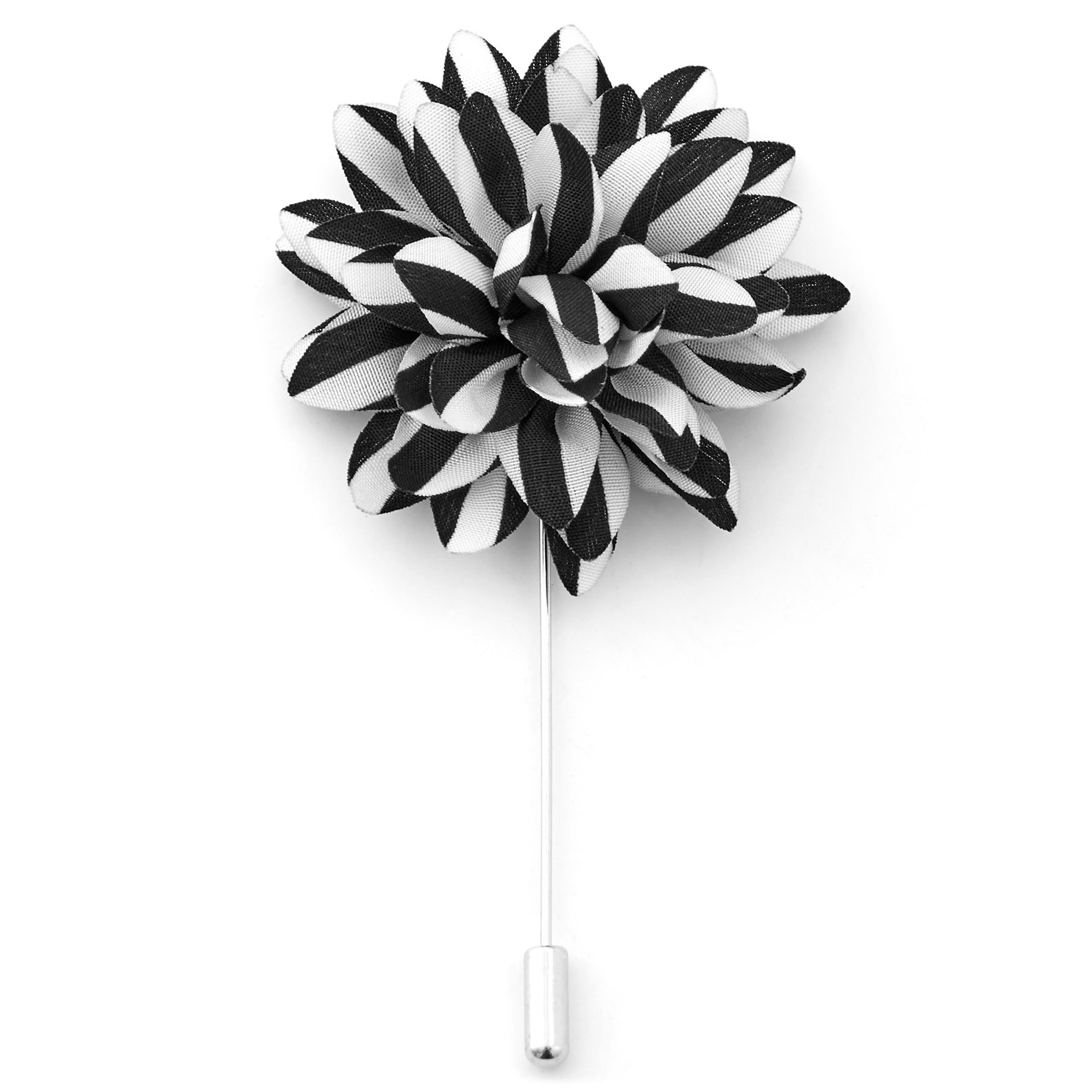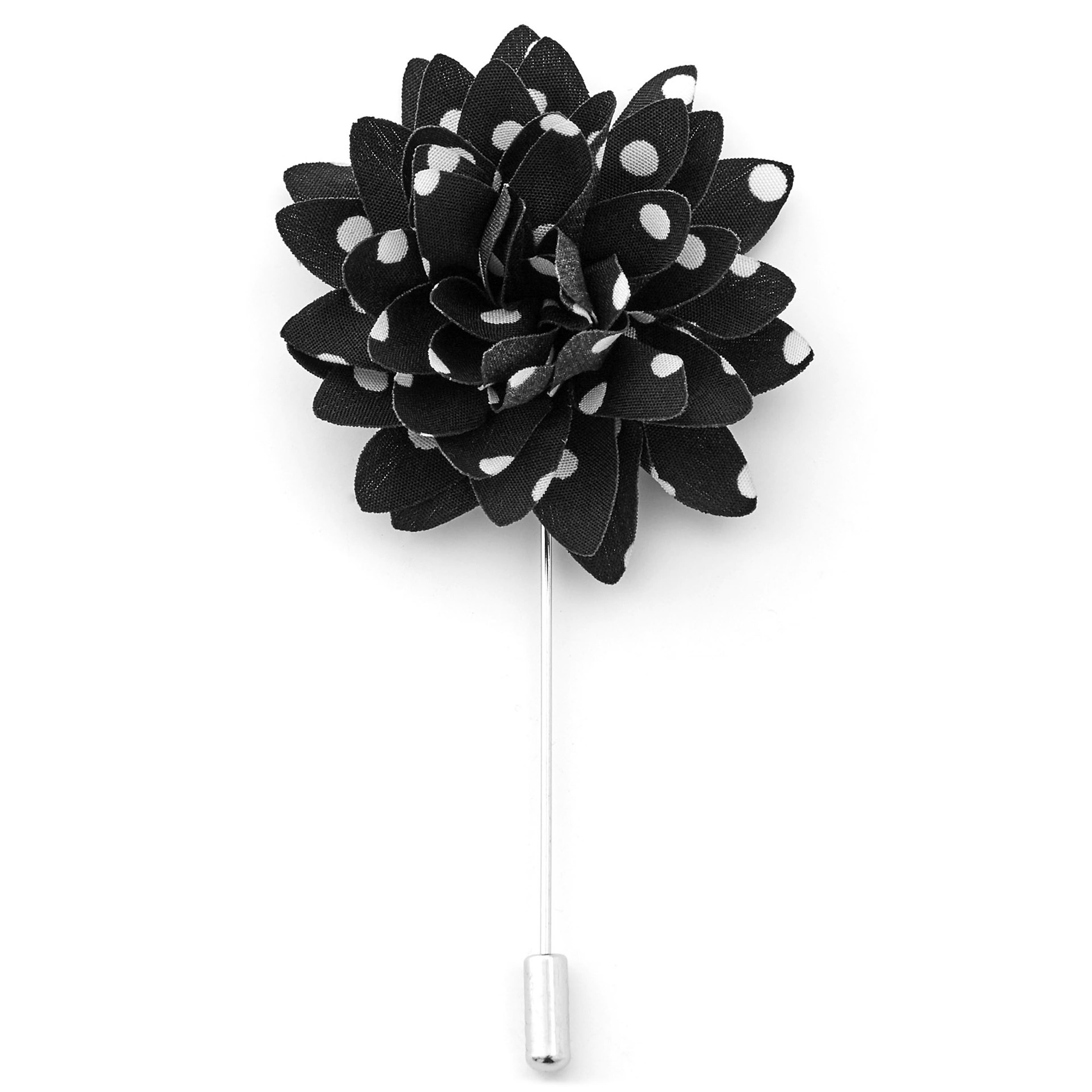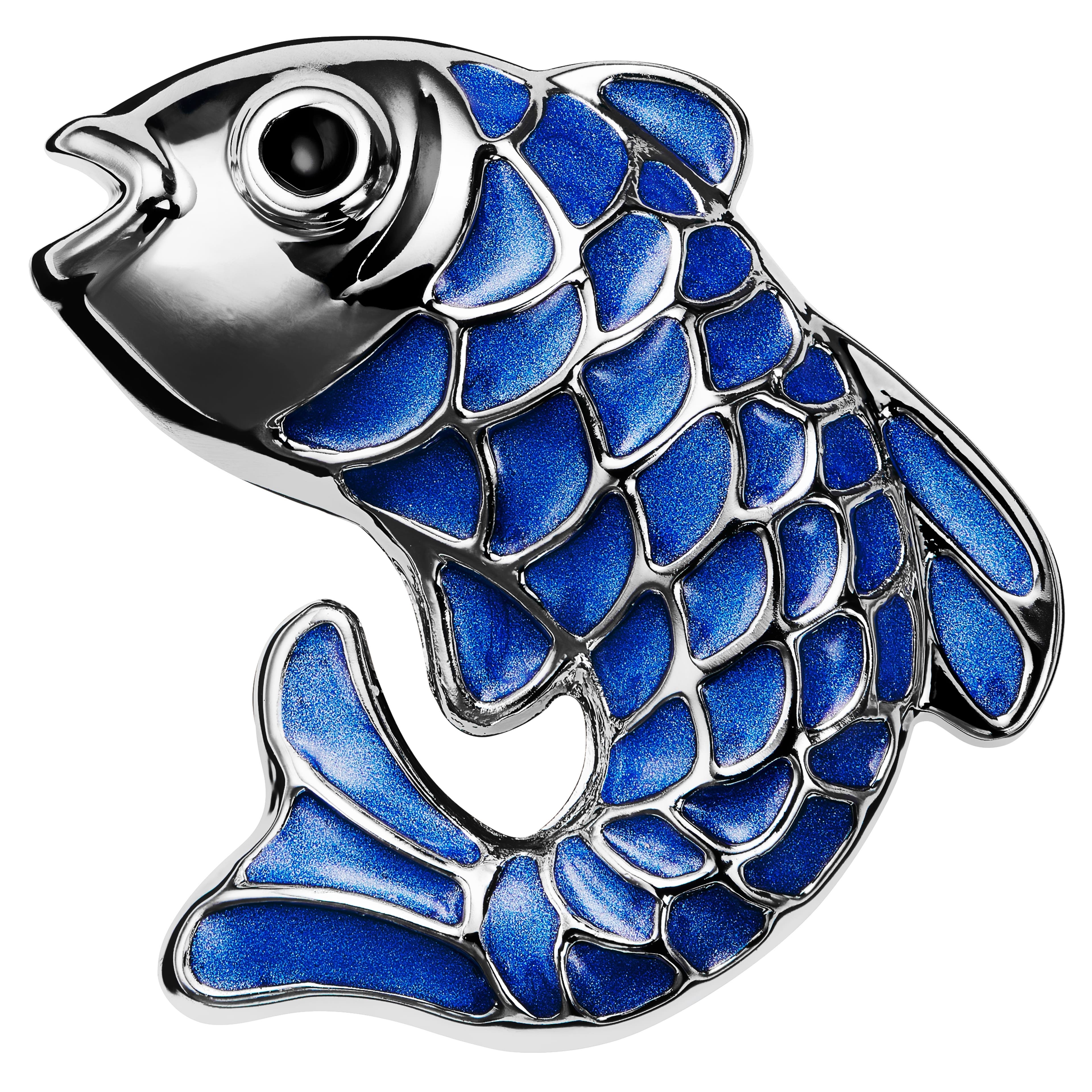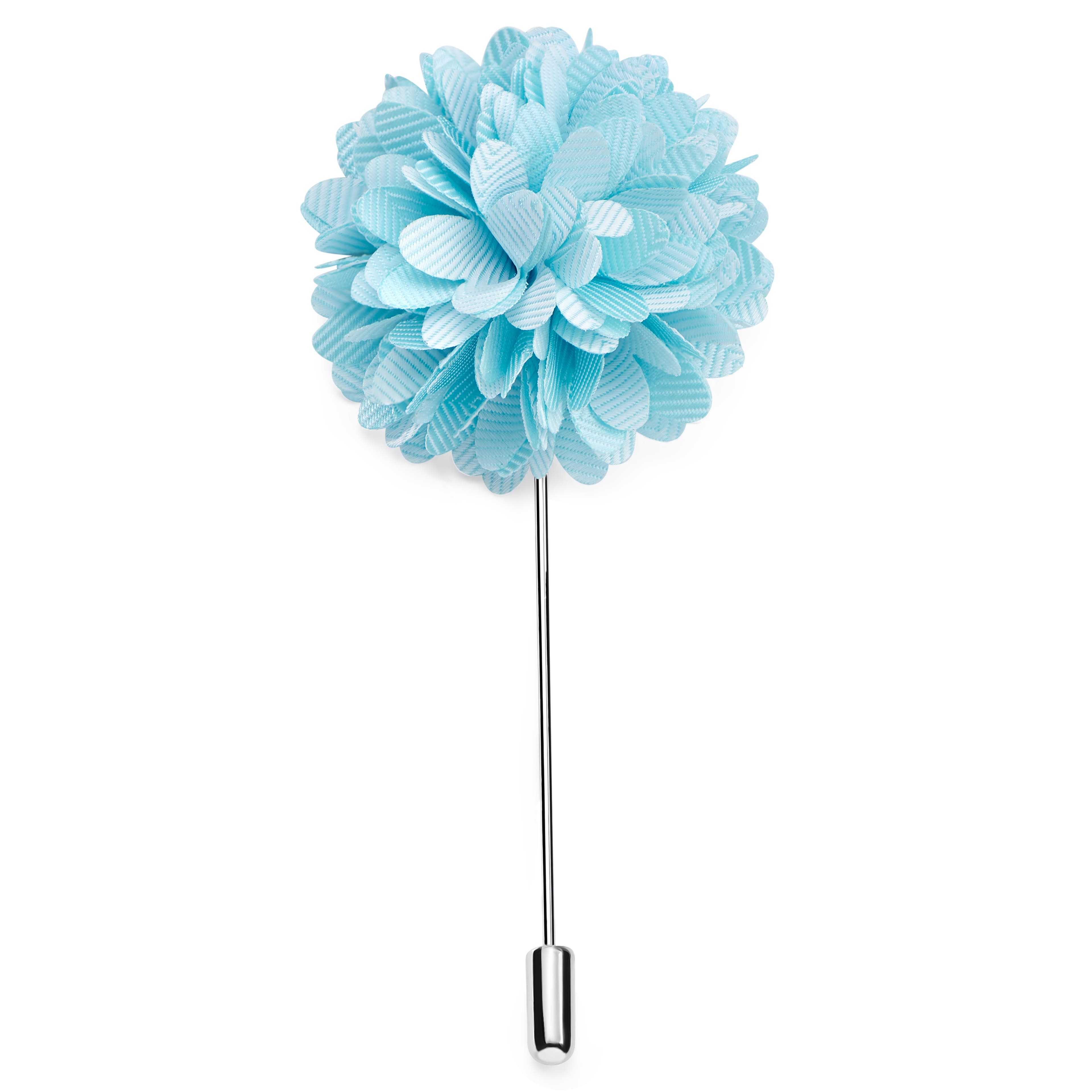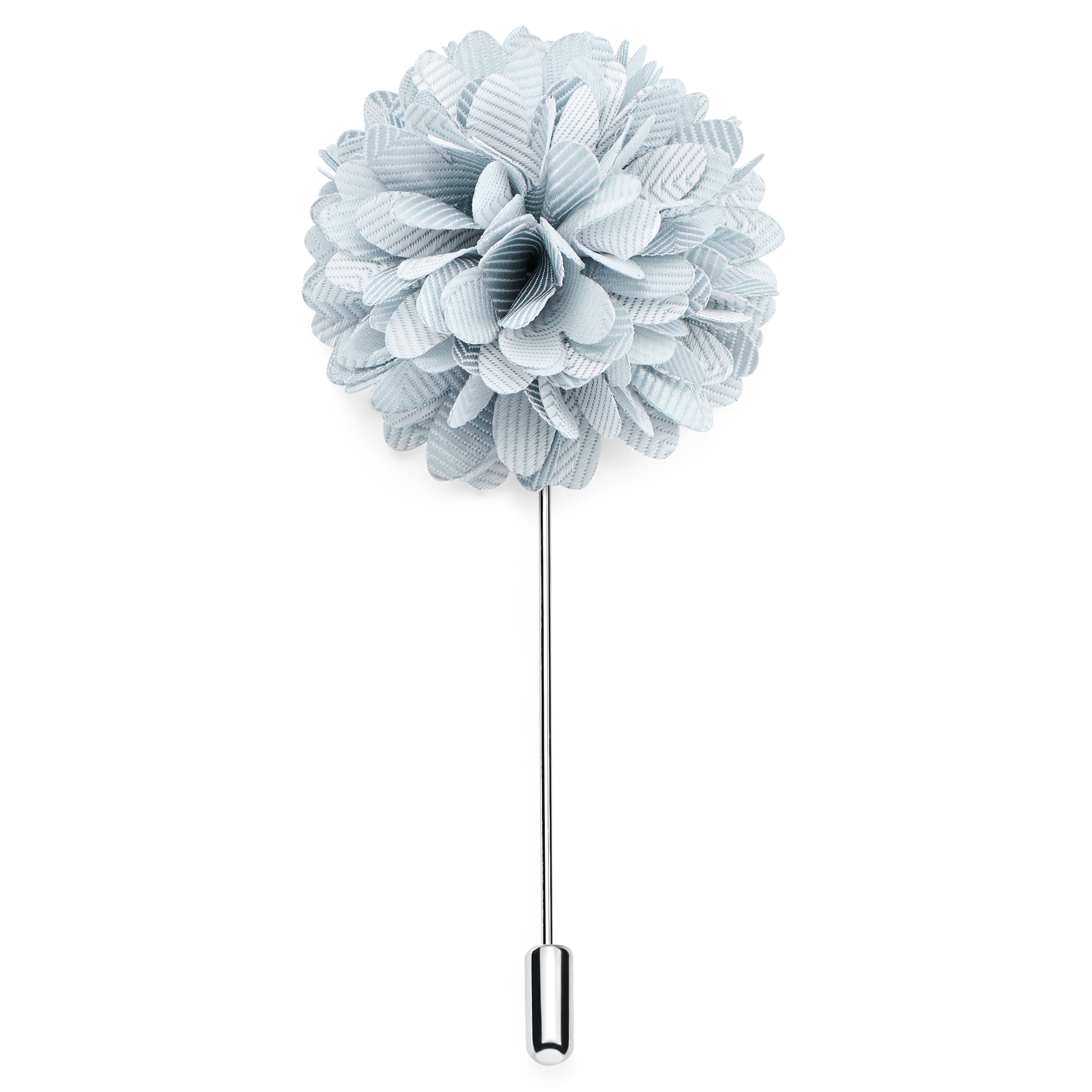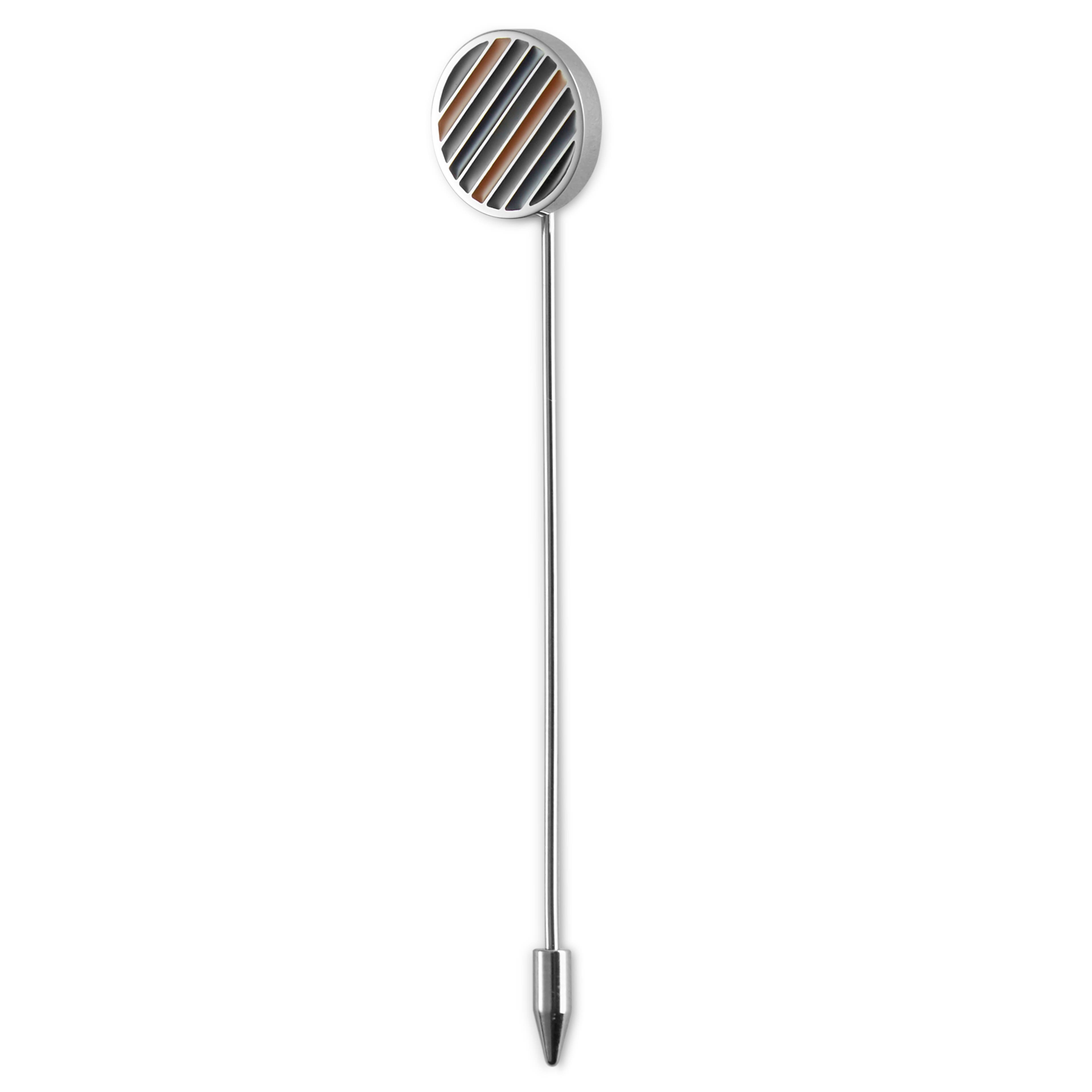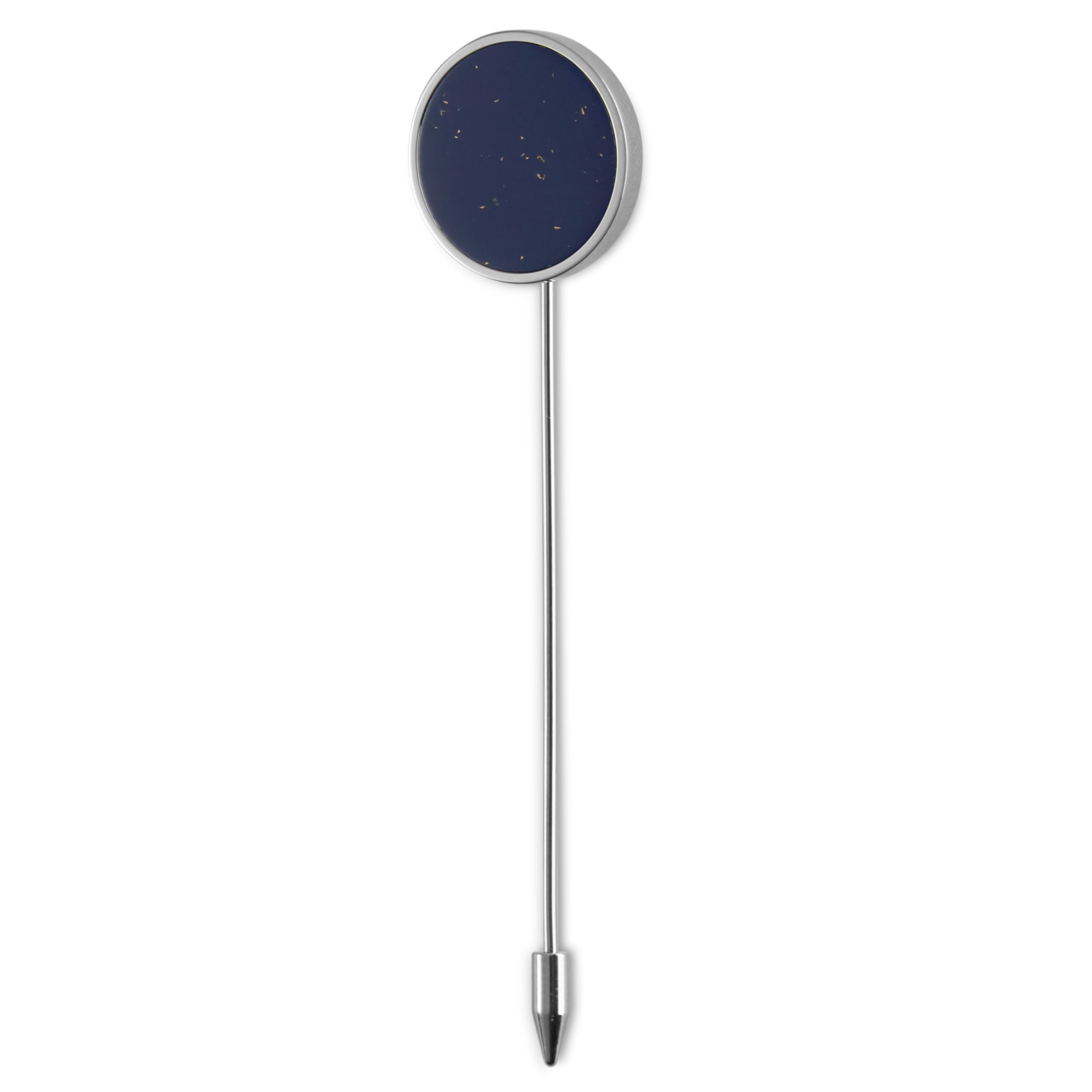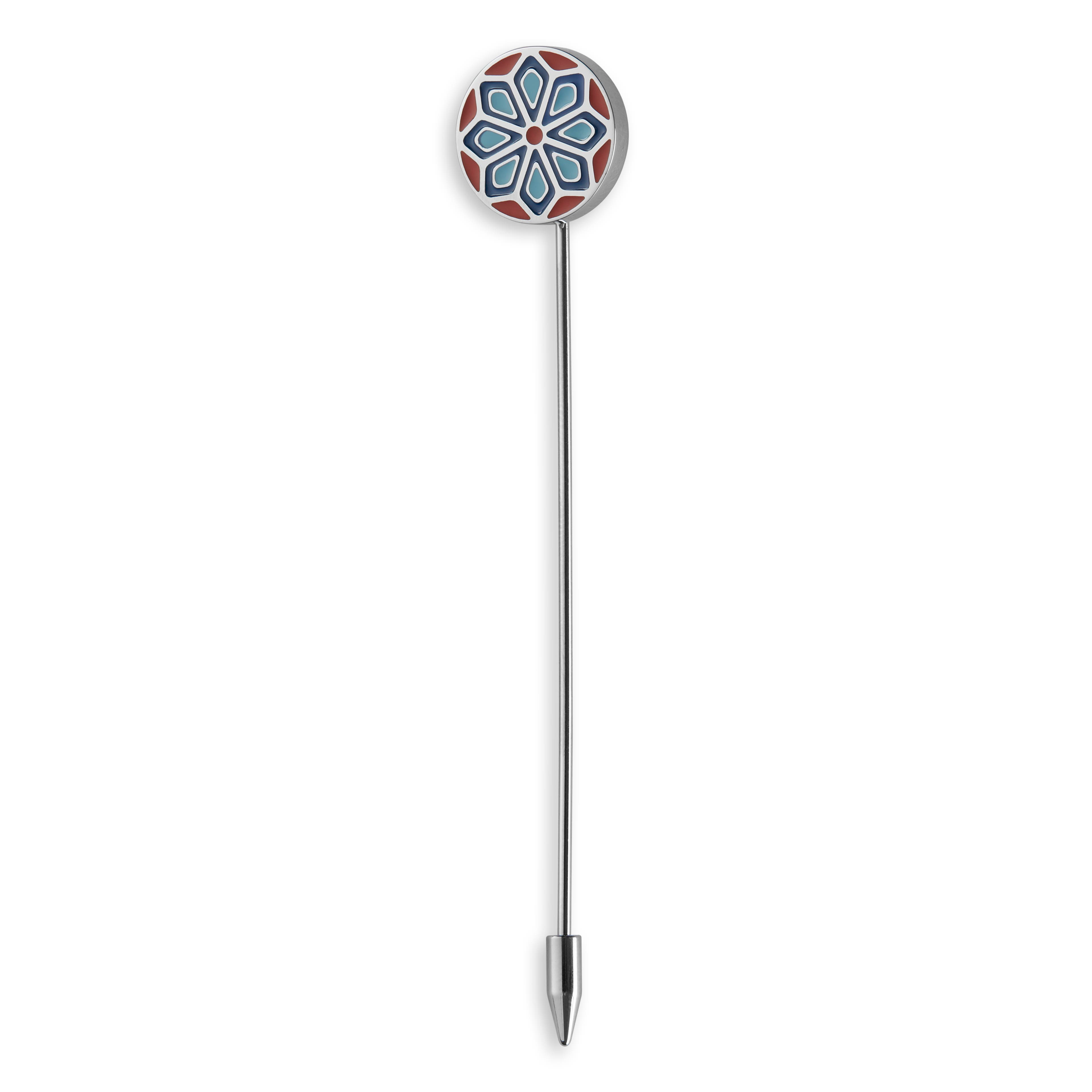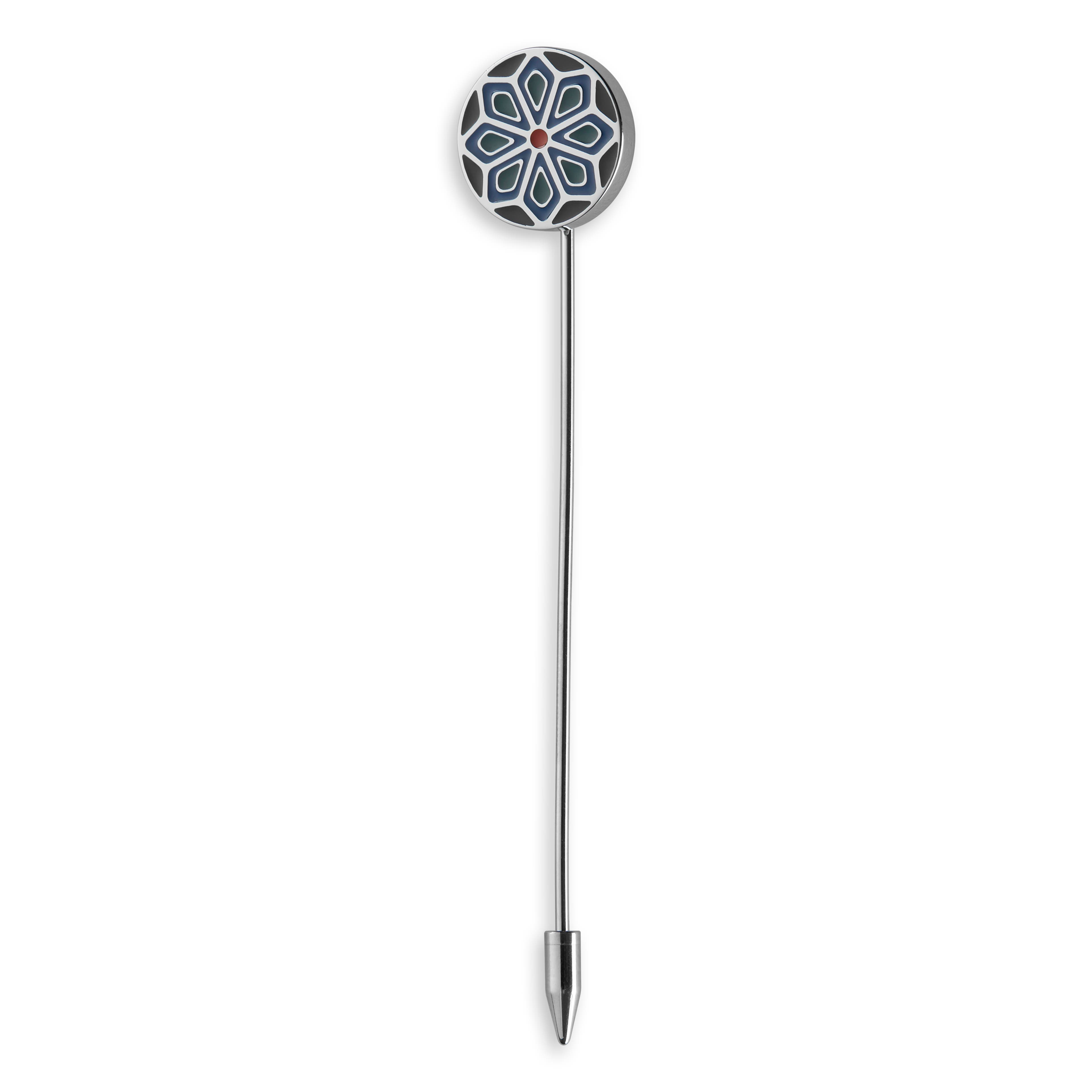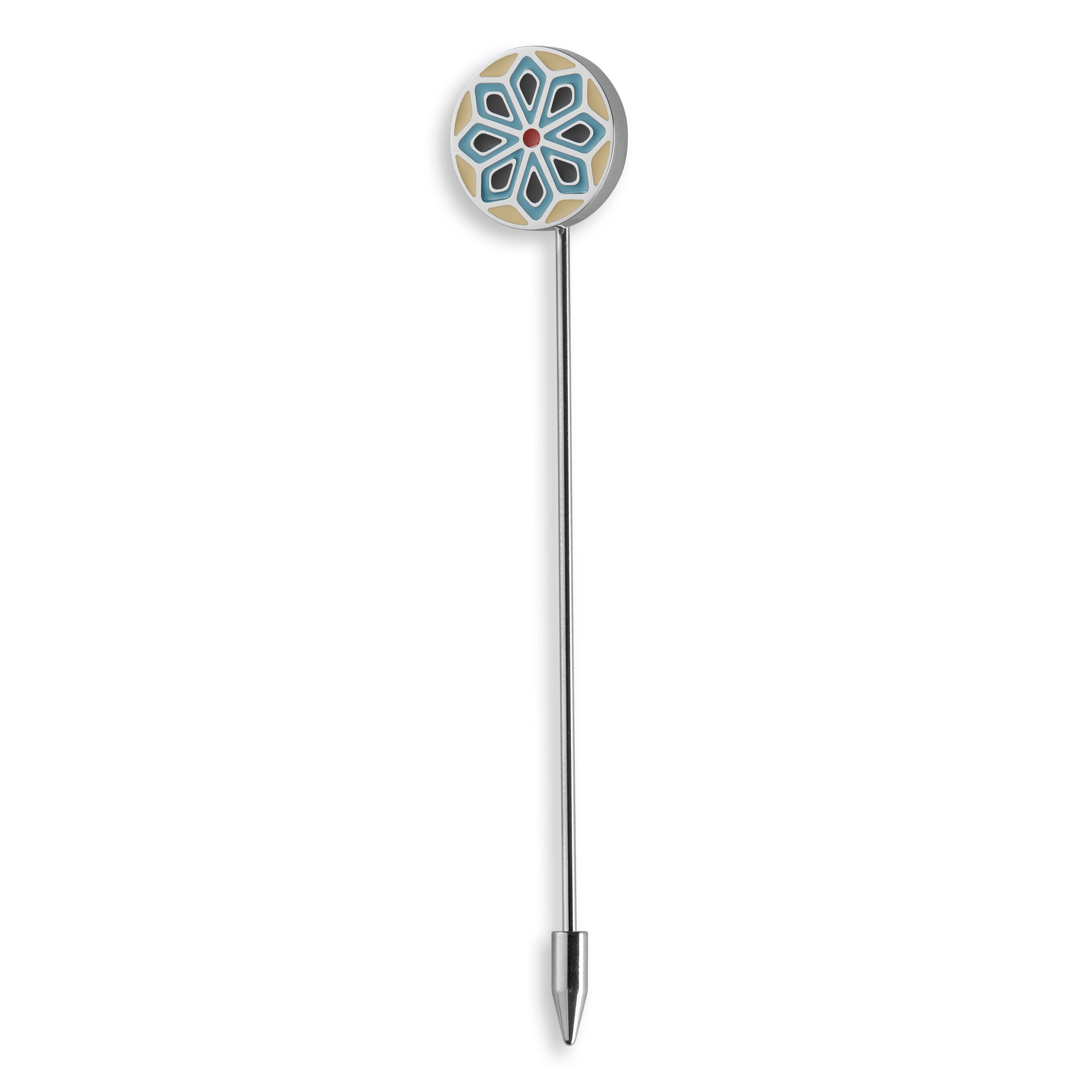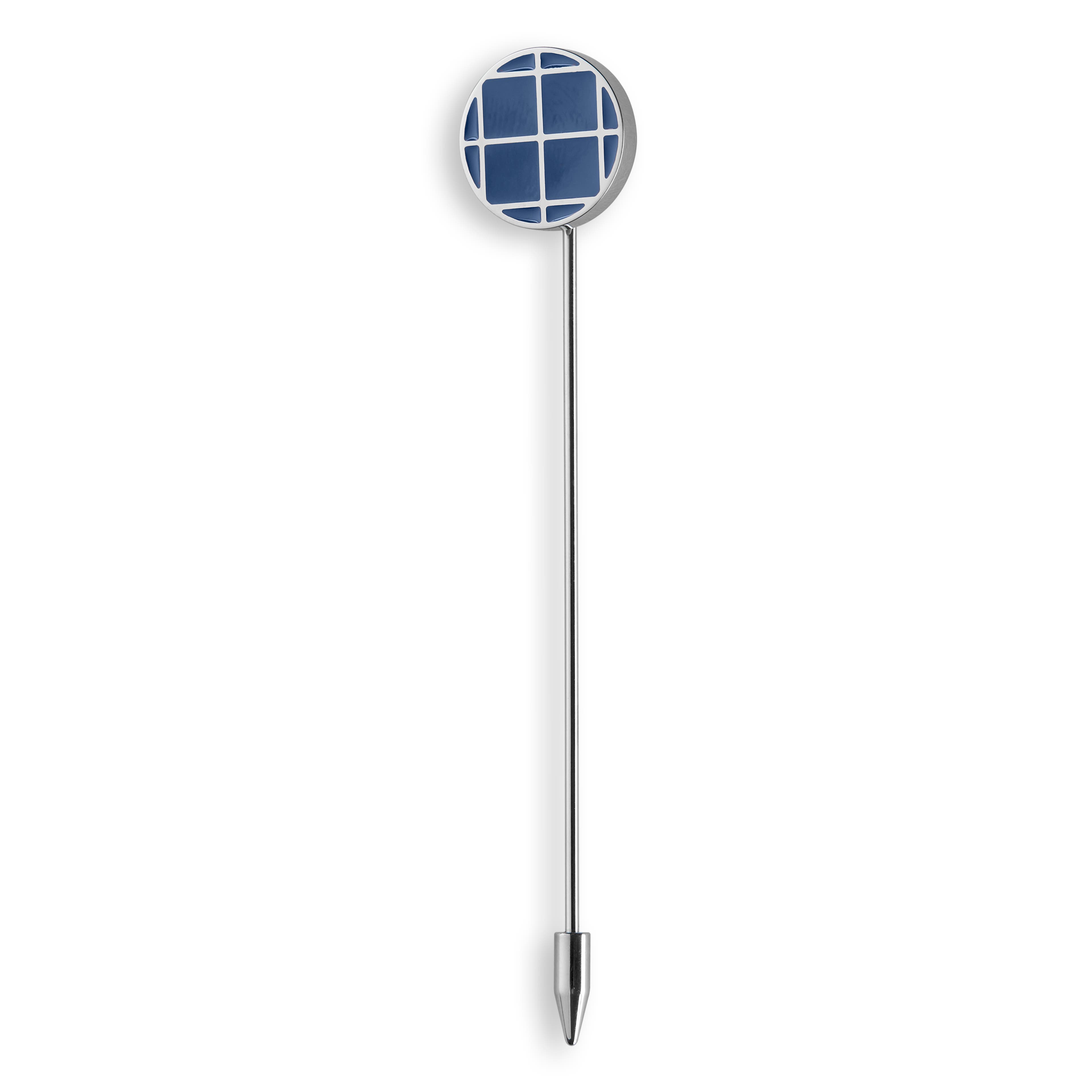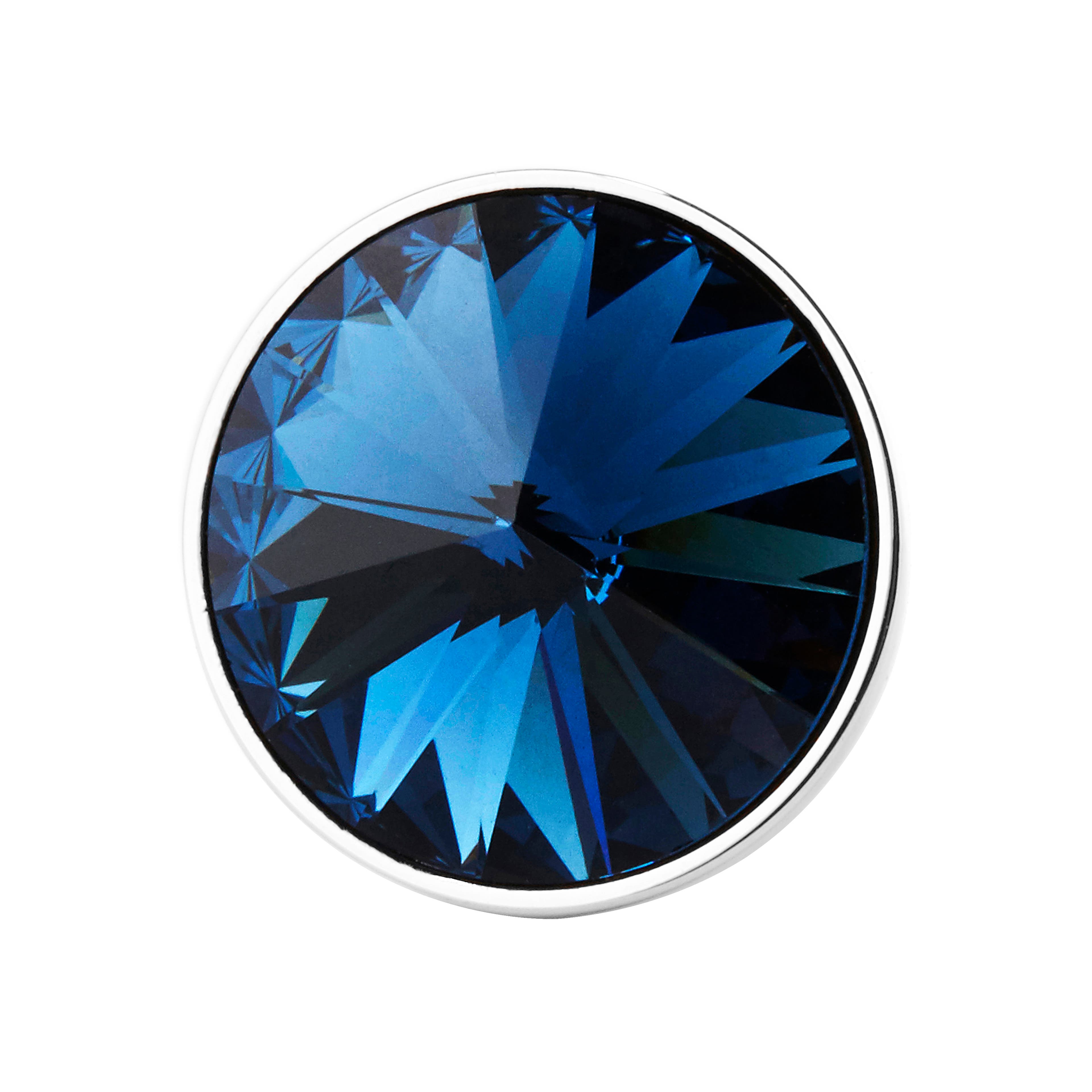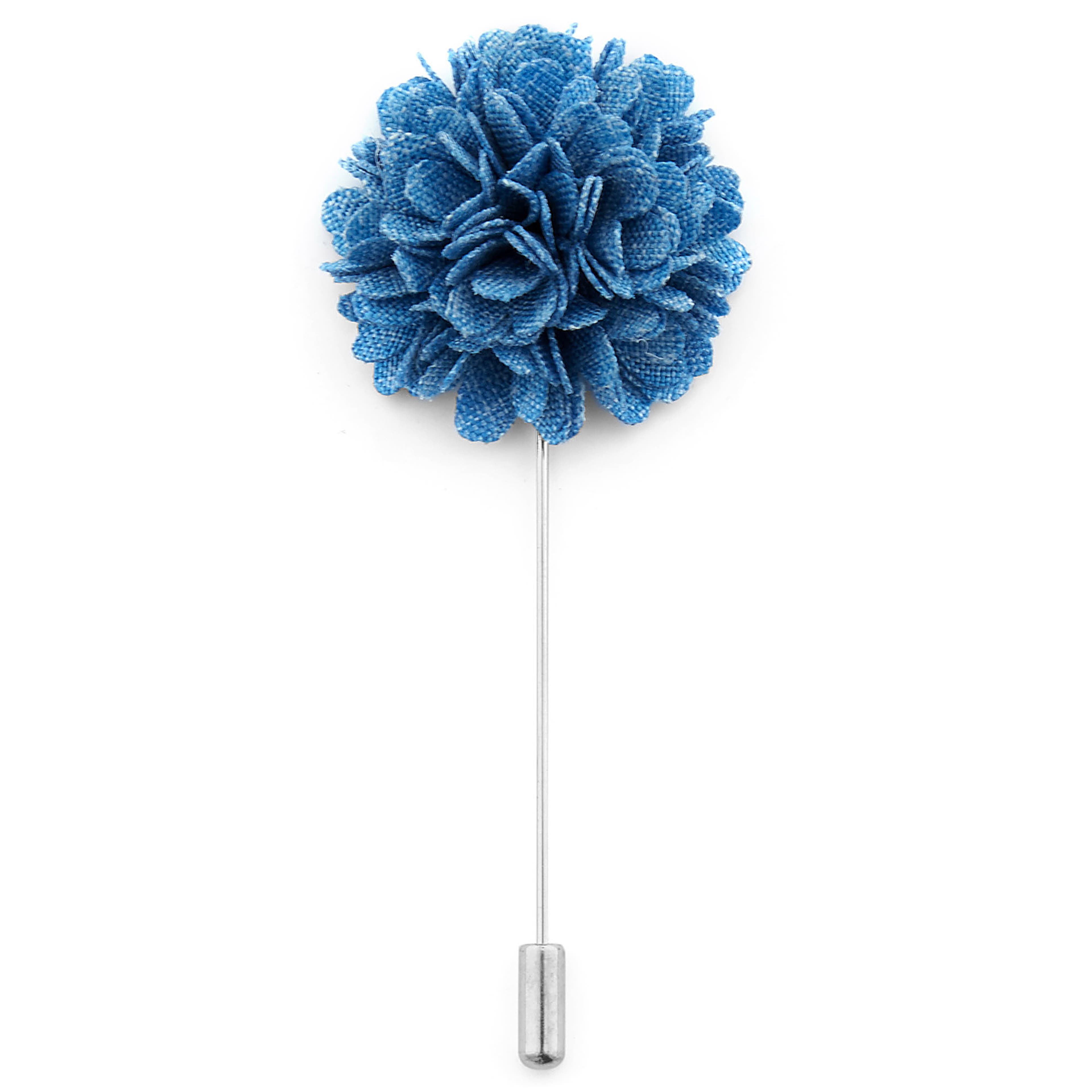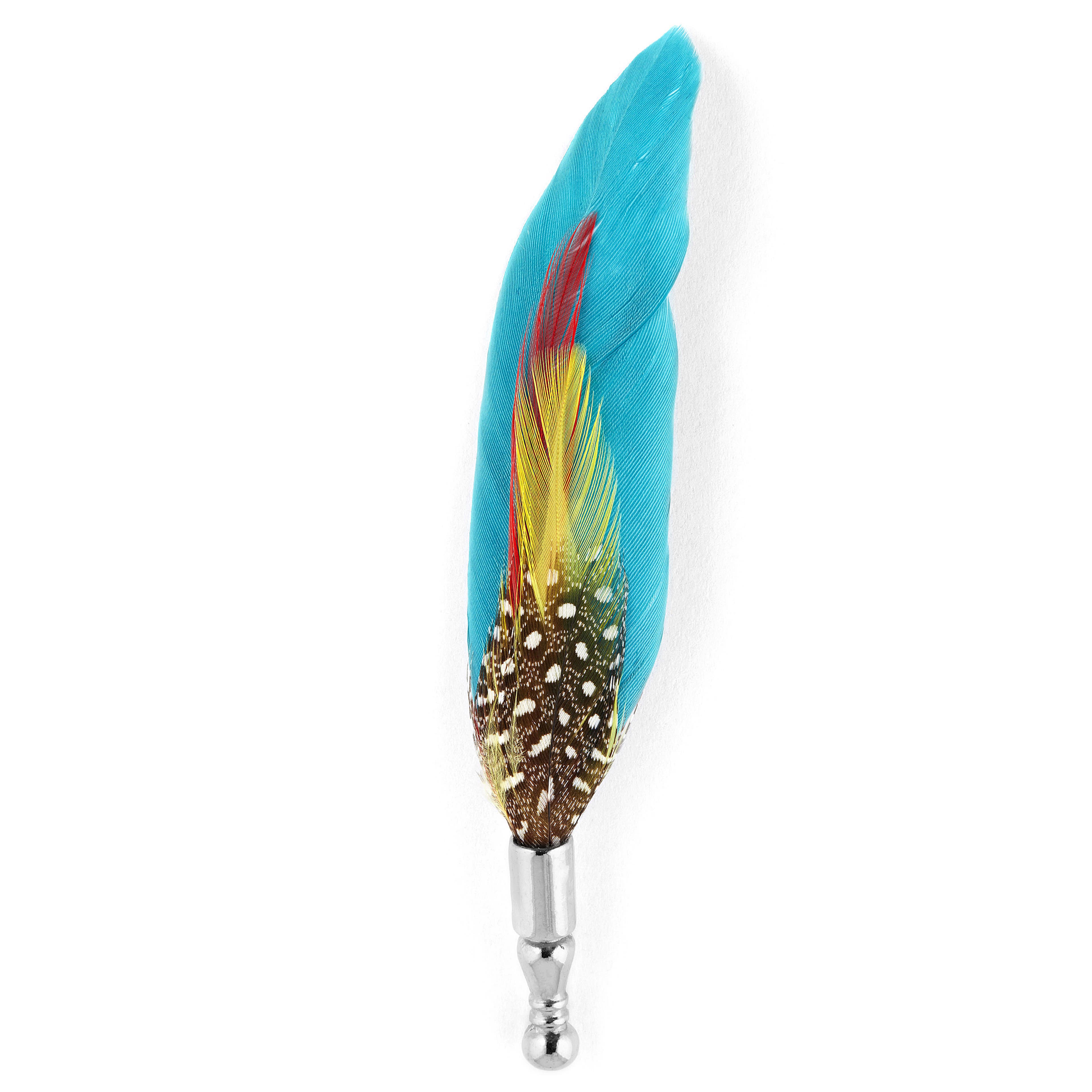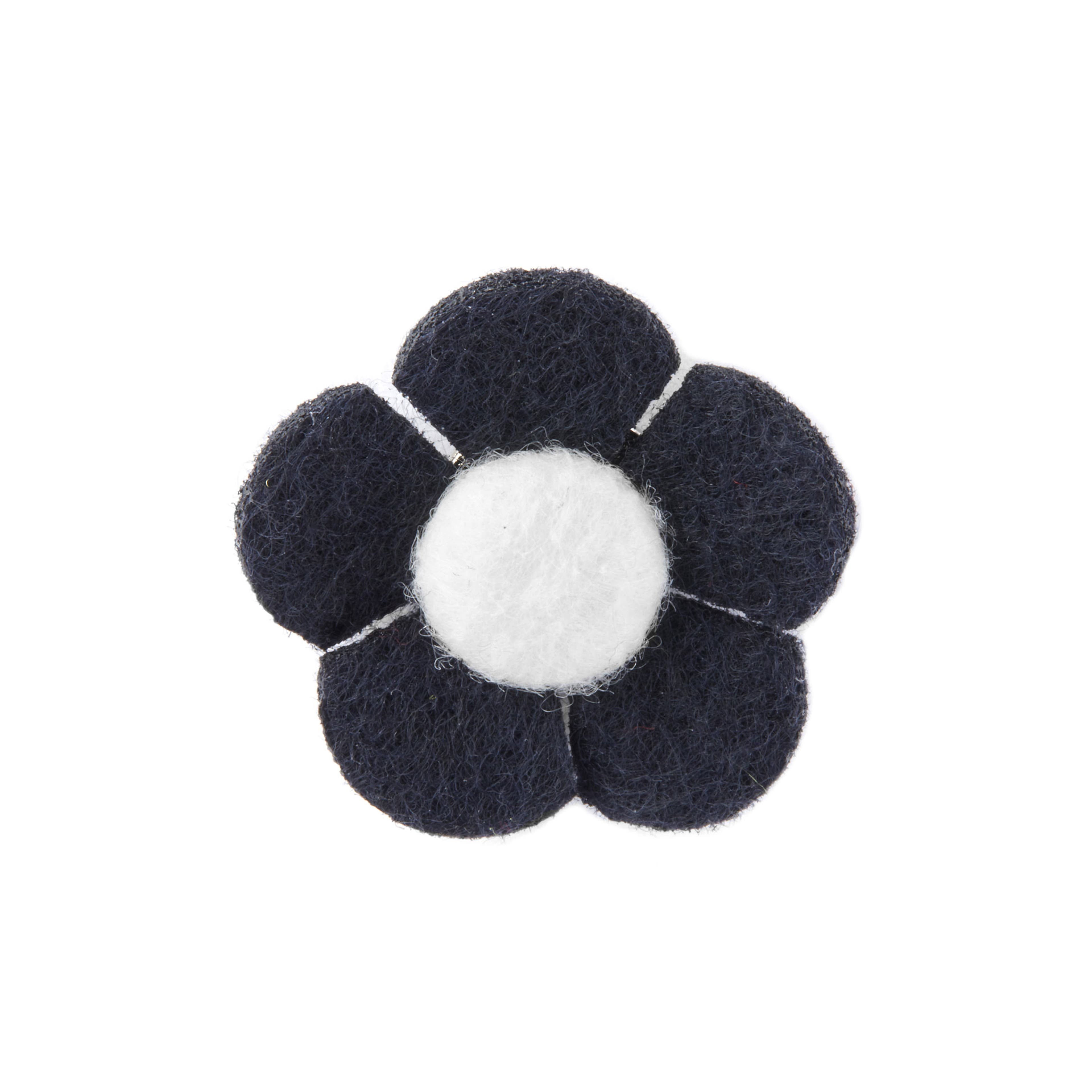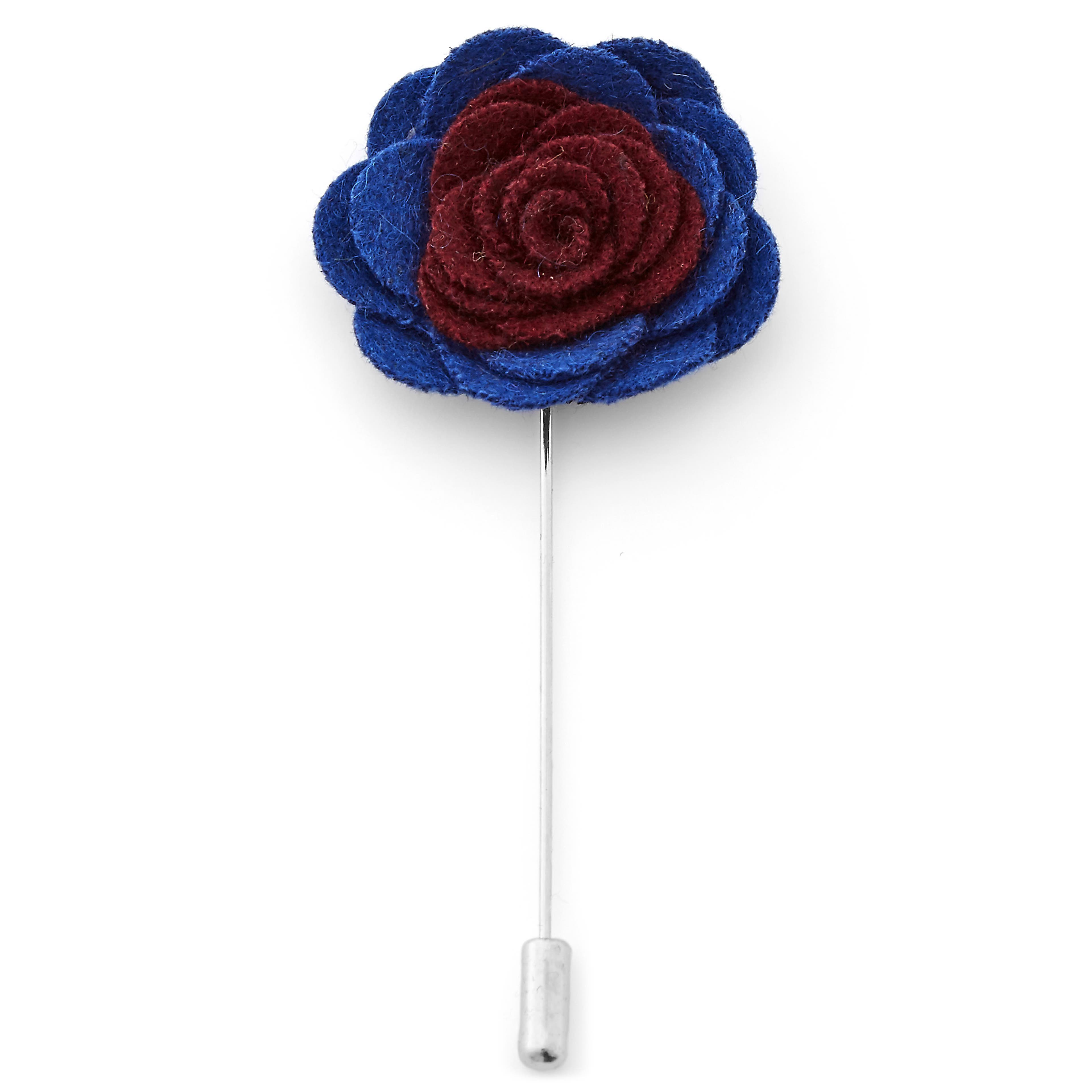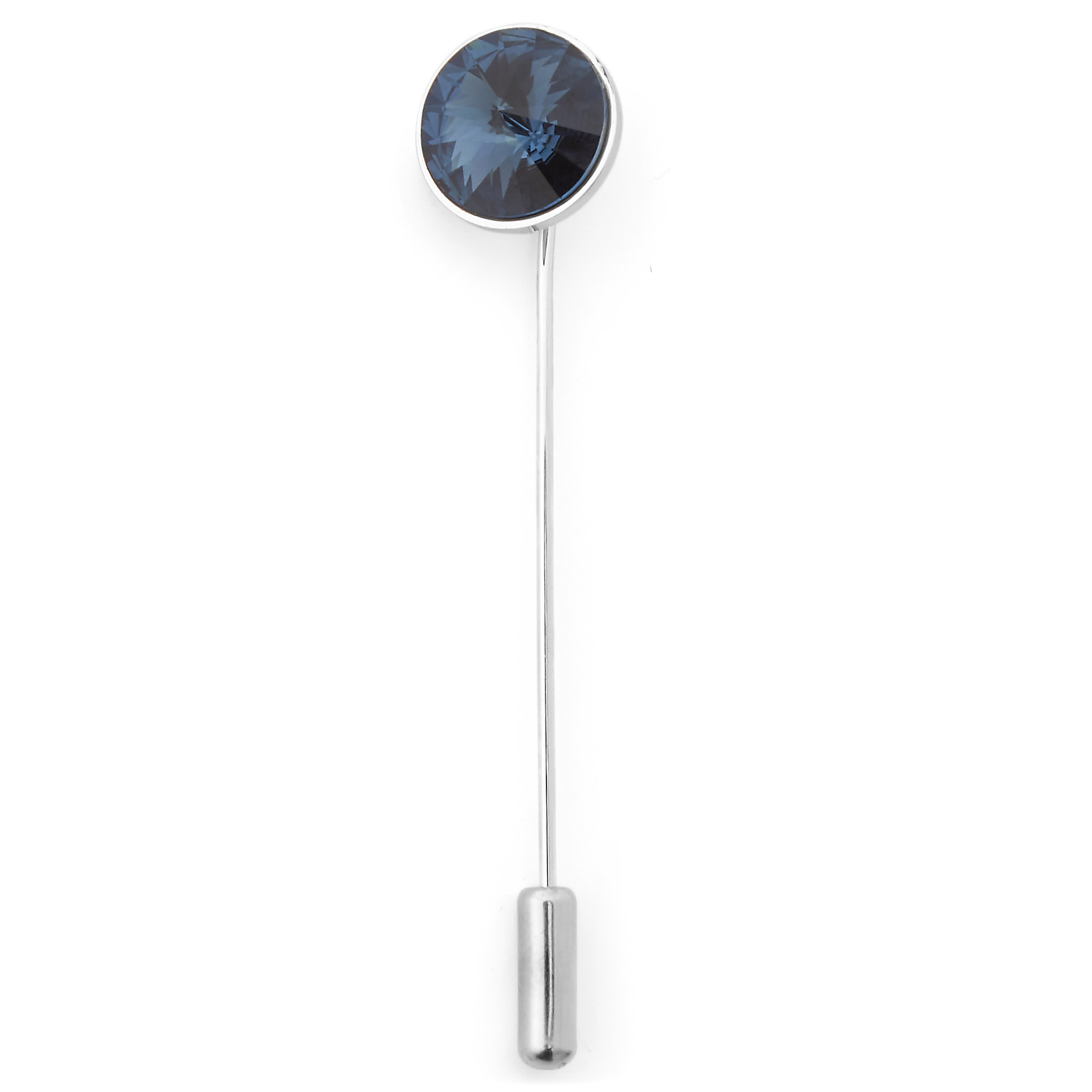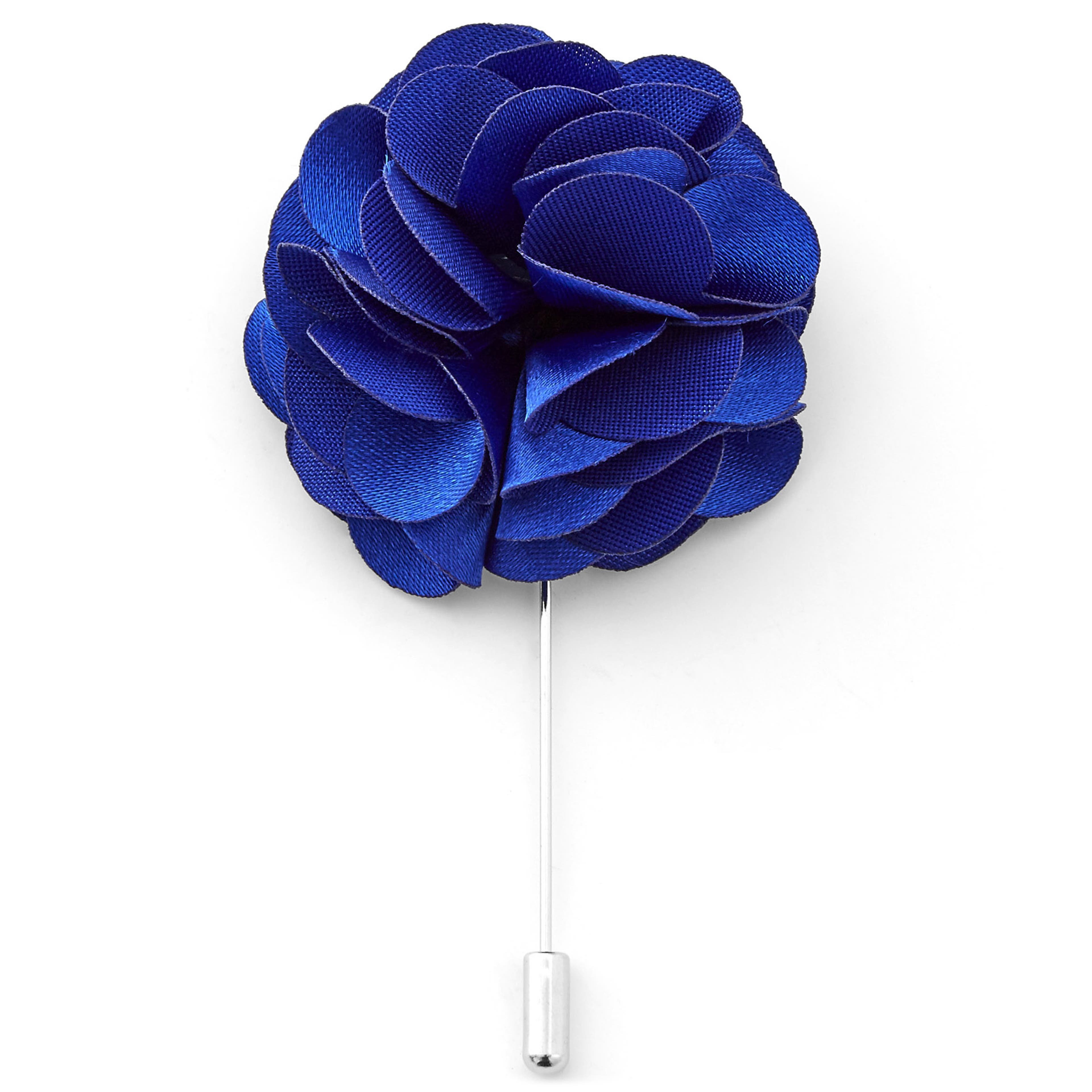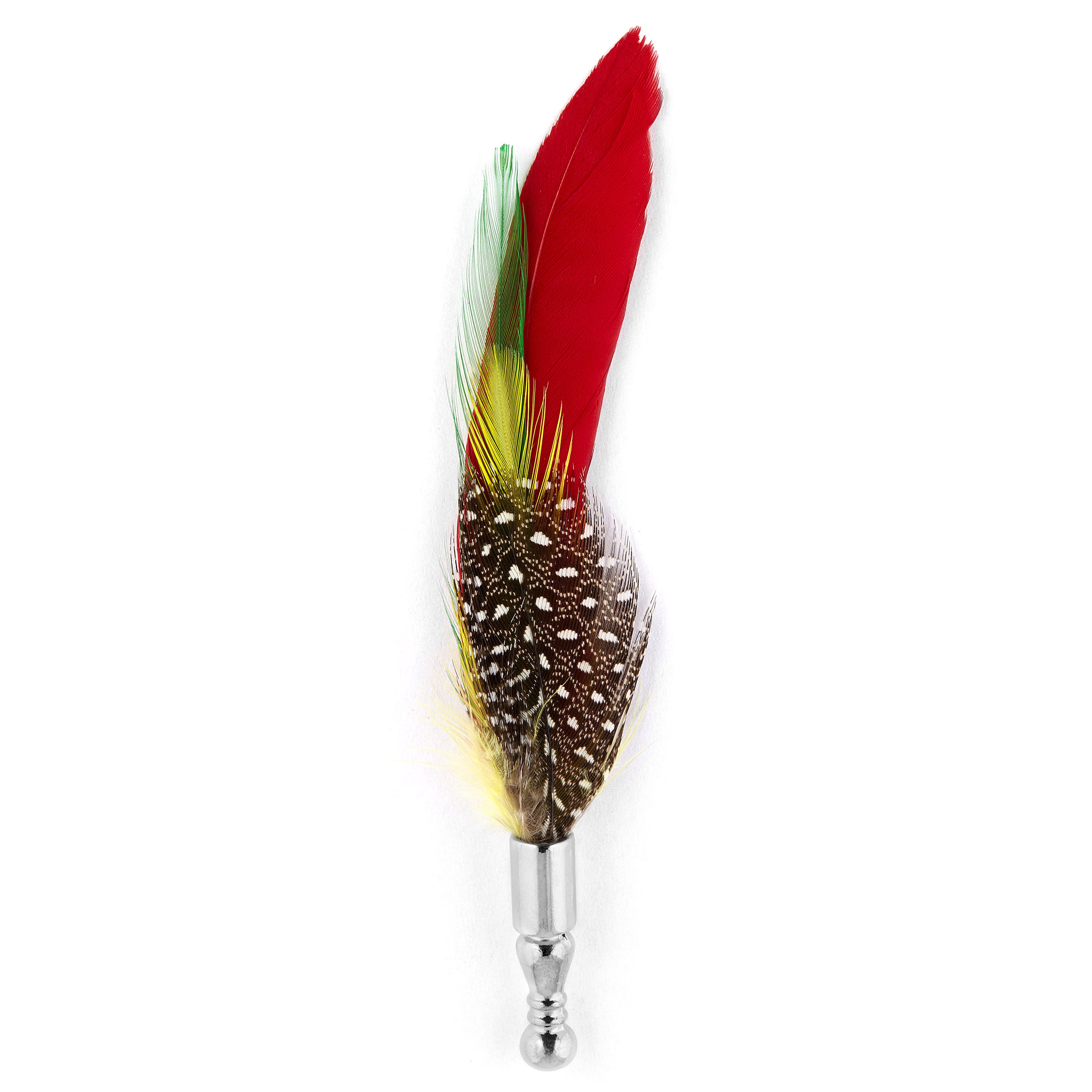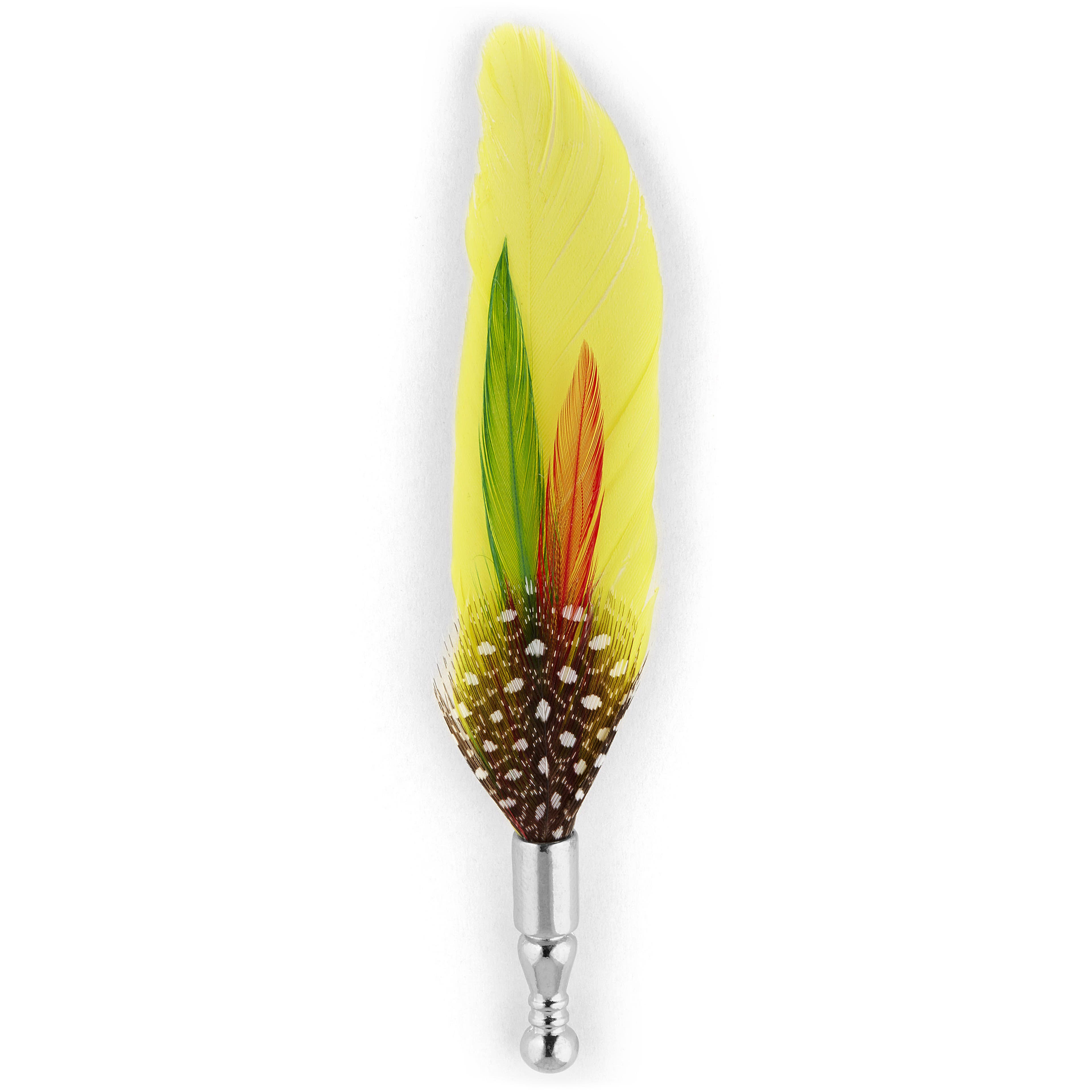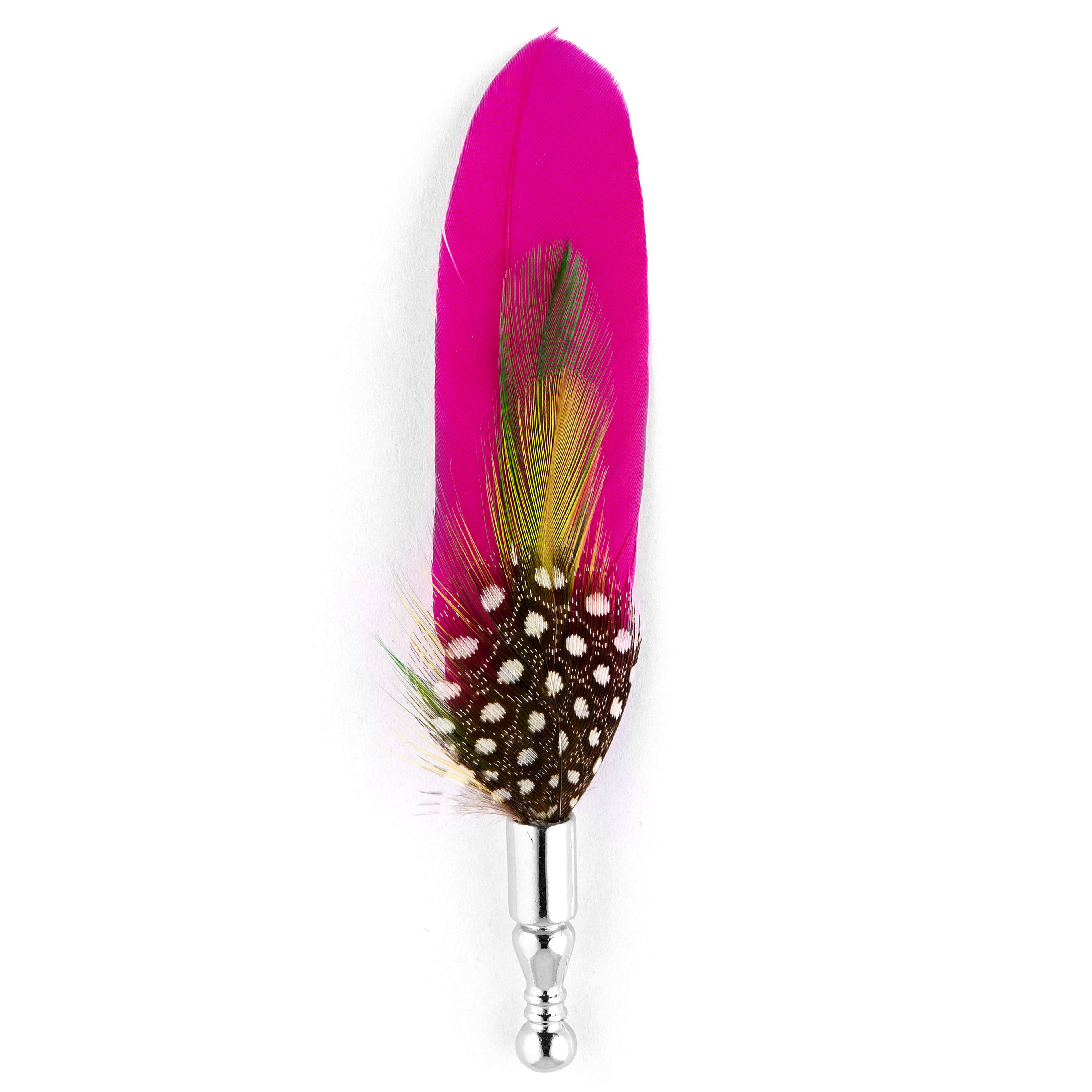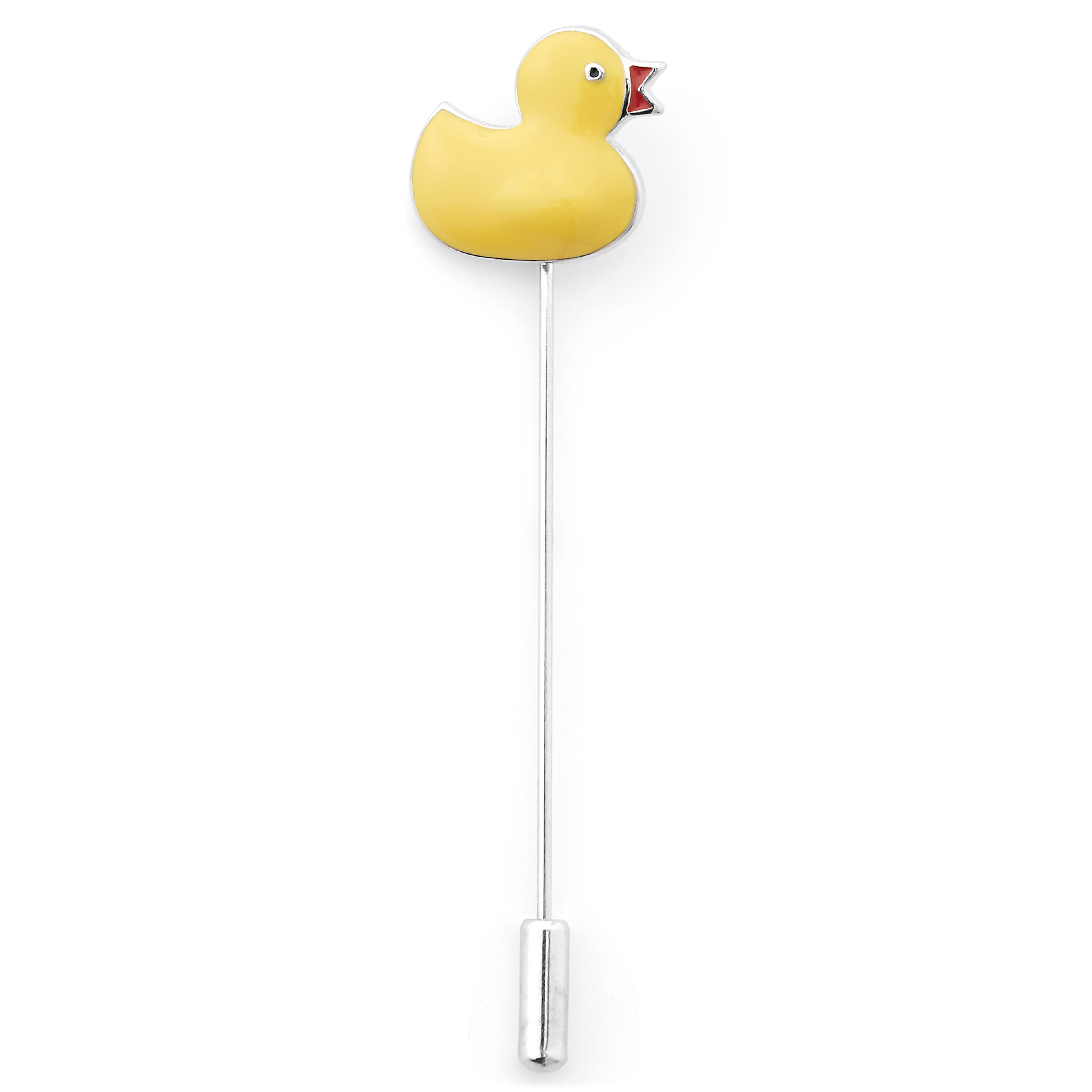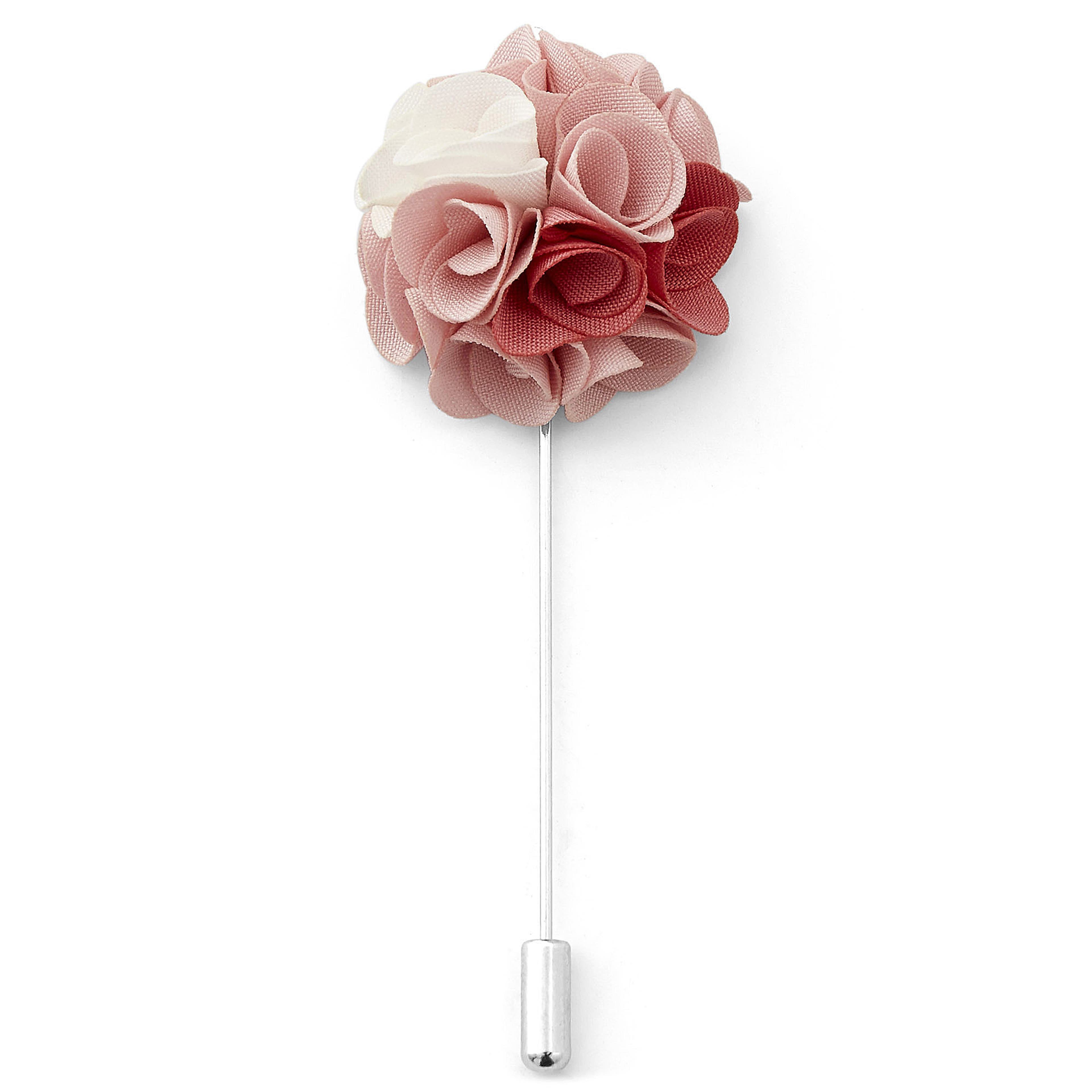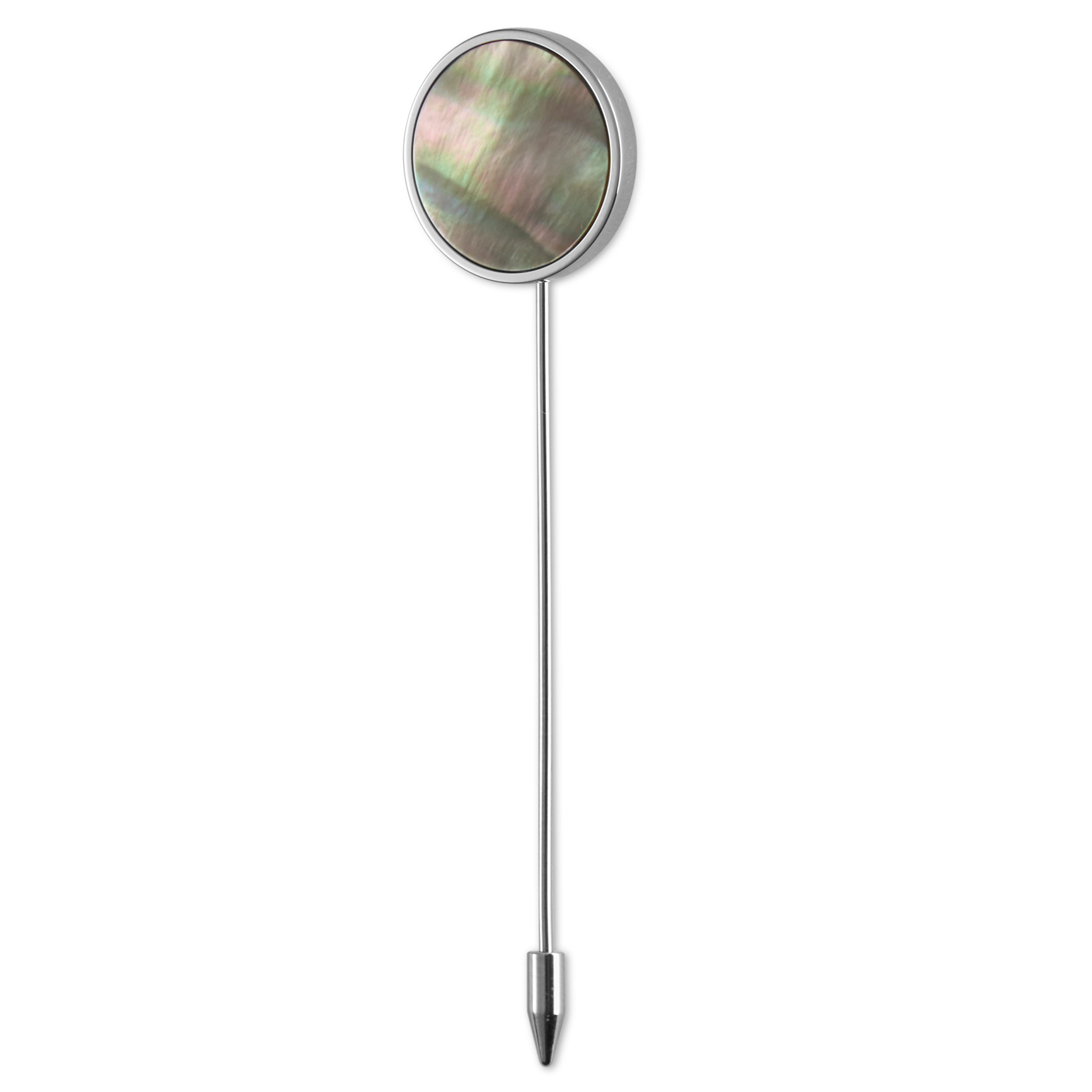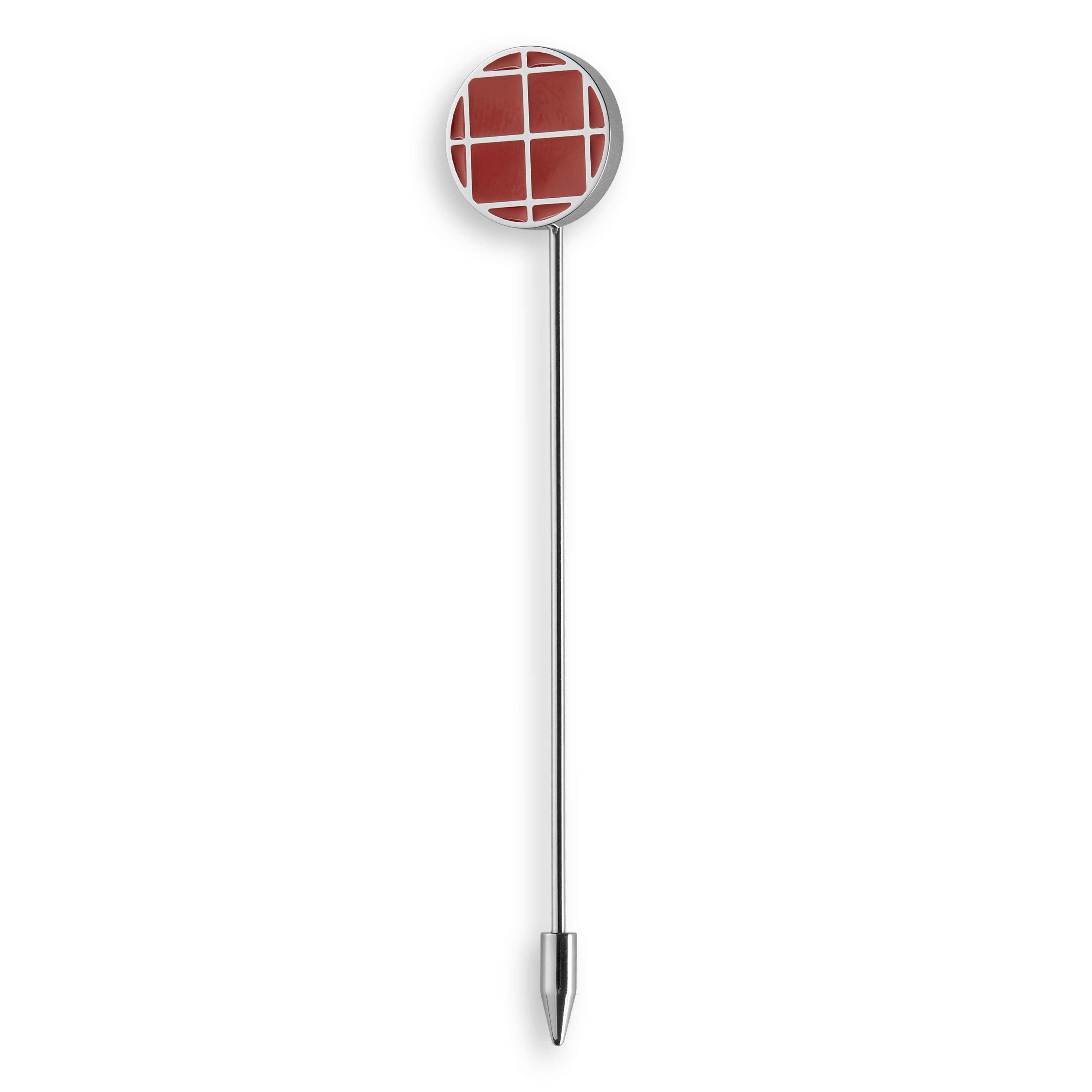Lapel Pins - Your Ultimate Guide
You'll learn everything there is to know about the lapel pin. From positioning, colour matching, what to choose for events, and everything in between. All in 15 minutes.
Lapel pins have made a comeback in recent years. For decades they were only worn at life’s most formal events, but are now increasingly donned by dapper gents going about their daily business. This has brought complexity back into the art of wearing them, as the strict rules of formal events have been loosened, and the risk of looking amateurish and try-hard is all too high. Done right however, the lapel pin is an excellent example of a detail that can give your outfit unforgettable flair.
This guide will give you the confidence to wear a lapel pin whenever you choose, and to pull it off without looking silly. So let’s start with the basics.
Forget About The Pin, What’s A Lapel?
Have a look at any suit jacket or blazer. Lapels are the folded flaps of fabric that run above the buttons and under the collar.

The majority of lapels have a buttonhole, which can either be open or stitched shut, on the upper part of the left hand side. This is where your lapel pin goes.
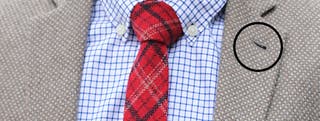
These buttonholes were originally there to be able to fasten your jacket and keep your chest and neck warm. Over time they’ve evolved to be specifically for the different types of lapel pins.
The Different Types Of Lapel Pins
What is a lapel pin? The phrase is a catchall that applies to all lapel accessories and enhancements. There are several different types of lapel pin, which differ in terms of their size, fastening and what they depict.
We’ve detailed some of the most common below:
Boutonnieres

The original accessory, a boutonniere is a real flower that sits in the buttonhole, adding an unmissable touch to your jacket. Usually used at weddings.
Flower or Floral Lapel Pins
These pins look like flowers but are made of soft materials like silk, linen, satin or cotton. They are pinned like boutonnieres, but usually a bit smaller in size and with the advantage of being reusable.
Stick Pins
Stick pins are made of various metals (gold, silver, copper, etc). These pins are shaped like a long, thin needle that pops neatly into a metal fastener. Depending on the model the fastener sits on the end or can slide up and down, giving you precise control over placement.
Mini Pins and Badges
These don’t have a stem, and attach with a clasp (butterfly, rubber or magnetic) that goes directly under the badge or pin. They’re mostly commonly made from soft (ridged) or hard (smooth) enamel. Know that whereas a pin is for style, a badge carries symbolic value and is often seen on politicians.
Brooches
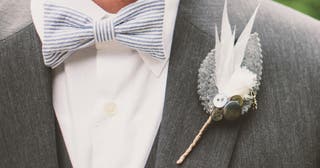
Unlike any of the above, brooches for men’s suits fasten with a hinged pin. They’re usually larger than pins, and have a precious metal or vintage element.
How to wear lapel pins?
There’s only one golden rule for lapel pins: To wear them approximately where the lapel buttonhole is or would be. That’s the upper part of the left lapel.
Some double-breasted suits have these buttonholes on both lapels, but lapel pins should always go on the left-hand side.
Lapel pins offer a lot of potential for daring experimentation but remember to keep this to the pin and not their placement. The pin itself, if showing, should run parallel to your lapel instead of straight up or across. This is particularly important for longer stems, where the wrong angle can ruin the effect. Below, the left side is correct.

The pin and fastener can either poke back through the front of the lapel, or remain hidden behind it. It’s a matter of preference, based on what you think and feel in terms of your chosen pin/jacket.
What Can I Wear A Lapel Pin With?
You can wear a lapel pin with almost anything. Traditionally with blazers and suit jackets, but also coats, a tuxedo or directly on your sweater or shirt (for example Remembrance Day poppies). Just don’t forget that you’ll be piercing the fabric of your clothing, which can leave permanent holes or marks on certain delicate items.

You can combine your lapel pin with other accessories, such as pocket squares or a tie clip. This adds an extra layer of complexity to your outfit in terms of coordinating your pieces so they complement each other, and none of them overwhelm the others.
The best way to do this is first getting an understanding of matching and colour theory here, where you'll also find an interactive colour wheel, you can play with. Once you've got the basics in place, you can start playing around with your wardrobe.
What Kind of Lapel Pin Should I Choose?
Again, this is all down to your personal preference, but also your outfit and the occasion.
When it comes to colour, style and size, the rules aren’t clear-cut, but there are a few good rules of thumb to keep in mind.
Metal pins: try and match the metal on your outfit, including your lapel pin, cufflinks, tie clip, belt, watch and any rings. So either go all gold, or all silver.
Bright, colourful lapel pins: these usually work better with a neutral shirt so their contrast can work at its best. Just make sure you don’t clash with other colours you might be wearing. A basic knowledge of colour theory and some common combinations will go far.
Pastel / saturated pins or flowers pins: these are more discreet and work well with other accessories. They also tend to be more playful than bolder pieces. For example, you could mix a light green with a midnight blue suit, especially if there is a touch of metal in the pin. However, even lighter colours should always work with your necktie or pocket square.
Finally, remember that the whole point of dressing is to highlight your own facial and physical attributes. The goal isn’t that everyone is staring at your lapel, but that your pin integrates with everything else you’re wearing to bring attention to what matters most: your face. If in doubt, remember that less is more: it’s better to slightly under-do it than to walk around like a clown.
When Should You Wear A Lapel Pin?
Nowadays this is entirely up to you. Whereas some events mandate a lapel pin or boutonniere, either from tradition or a dress code, there are almost no events where you can’t wear a lapel pin.
Pay attention to the type of event, however, before choosing which pin you’ll wear.
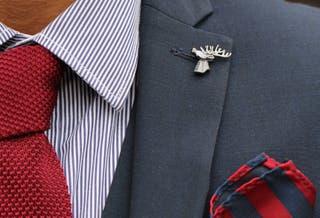
Boutonnieres and flower pins are generally more formal and flashy, but even when dressed down they’re best suited for social events. If you want to accessorise in the workplace, consider a more discreet, metallic pin that still catches the eye but is less… flowery.
All You Need To Know About The Boutonniere
A boutonniere is a freshly cut flower for your lapel, so you’ll need to go to a florist to get them. Traditionally reserved for the most formal events, like weddings, funerals, prom nights or even horse races, boutonnieres are in a class of their own when it comes to lapel accessories.
The most common boutonniere is a white carnation, a lily or a rose, but other flowers, such as orchids, can be worn as well.
Keeping it fresh
You want the boutonniere to be as fresh as possible. The best way to do this is to cut it at the last minute, but know that different flowers last for different periods of time. For example, carnations are relatively long-lasting, whereas roses have a shorter shelf life.

Whatever the type, you can keep yours looking good with the following tips:
Spray with water: this is a simple way to keep your boutonniere looking fresh throughout the day/night. Just don’t overdo it - you don’t want it to look wet, or to splash water on your shirt or jacket.
Use flower sealant: florists often store special sealant, designed to keep the petals and stems hydrated for longer periods than water.
Use a small vase: yep, you heard that right! These were popular in Edwardian times and hide behind the lapel fold to keep flowers hydrated. This can slightly bulge on your chest, but you get extra points for vintage style. You can also get versions which sit on top of the lapel, adding a talking point to your outfit.
Keep in the fridge: if you have to cut your boutonniere before wearing it, leave it in a glass of water in the fridge.
No fruit allowed: this might seem strange, but you should store your flowers away from the fruit bowl. Fruit, especially apples, releases ethylene gas which causes flowers to wilt faster.
How to wear a boutonniere
While not complicated, there are certain principles to follow so your boutonniere looks as good as possible:
- Same as other lapel pins, the flower should be positioned close to the buttonhole or where it would be.
- On many formal jackets, you’ll find a thread behind the lapel to keep the stem in place and hidden.
- The flower should face away from your chest.
- Any leaves should be tucked behind the petals to minimise visibility.
Note that some jackets don’t have a buttonhole, in which case you have two options:
- Take your jacket to a tailor and get a buttonhole put in.
- Pin the whole flower onto your lapel. Make sure you follow the rules of placement and stem position (parallel to the lapel), but note this is necessarily less elegant than option 1.
Other Suit Flowers and Men’s Lapel Pins for Special Occasions
Aside from boutonniere-worthy events, there are a few special occasions when you ought to wear ornaments on your lapel.
We’re talking about Remembrance Poppies and military medals.
Remembrance Poppies are worn in former countries of the British Empire (Canada, Australia and New Zealand) as well as the UK during two weeks before the 11th of November and on the 25th of April (Anzac Day - only in Australia and New Zealand). Regardless of when you wear them, Remembrance Poppies are red, artificial and sold by charities to profit war veterans. The rules for wearing them are the same as all the other pins mentioned.
Military medals also follow a strict etiquette when attached to civilian clothes, and yes, you wear them on the left lapel. The main differences are that they should be pinned horizontally with a metal bar or brooch. Also on one row only, so they might sometimes overlap on your chest. The most senior goes to your right, and the rest is added in descending order. And it’s bad form to wear a pocket handkerchief, which could distract from your military achievements.
What lapel pin looks good with a black suit or tuxedo?
No matter what colour tie or pocket square you choose, these lapel pins look smashing with your black suit.
Remember to match metals – gold-tone lapel pin with a gold watch and silver-tone with a silver timepiece.
What lapel pin matches a grey suit?
Stick to lapel pins and enamel pins with grey or metallic colours when wearing a dark or light-grey suit.
These will add dimension and easily match any necktie or pocket square.
What lapel pins and enamel pins look great with dark-blue suits?
If your suit or blazer is navy blue, choose an enamel pin in a lighter or darker shade of blue.
These lapel pins work with a variety of ties, bow ties and pocket squares and are easy to match.
How do you choose a lapel or enamel pin?
Think of your lapel pin as an accent to your outfit and choose one that doesn’t overpower your look. As for matching, use our ideas above as inspiration.
And since lapel pins and enamel pins add an extra bit of personality to your suit, blazer or tuxedo, don’t be afraid to think outside of the box.
Don’t be surprised if one of these strikes up a conversation wherever you go.
Where does a lapel pin go on a suit, blazer or tuxedo?
- Always position your lapel pin on the upper part of the left lapel.
- Attach the pin where the lapel buttonhole is or would be.

Your Party Chatter Version Of The Lapel Pin's History
Despite what you’ve heard, Prince Albert didn’t invent the buttonhole or the boutonniere. You might have heard the romantic story of how he pinned the flowers Queen Victoria gave him onto his chest in a grand romantic gesture - but that didn’t happen. His jackets didn’t even have lapels...
Lapels have existed for a very long time, and descend from military uniforms, with the high collars and flaps you see on Lord Nelson’s tailcoat. These had many buttons and holes, and the top one was often left undone, which is where the lapel and the original buttonhole came from.
Boutonnieres became particularly popular during the 19th century. Flowers were often associated with manliness, and boutonnieres went hand-in-hand with menswear.
Boutonnieres became interchangeable with lapel pins and other ornaments throughout the 1900s. But like the tuxedo or dinner jacket, boutonnieres became reserved for very formal events, while lapel pins remained a bit more casual.
A Final Word On Lapel Pins
Ok, so you’re now up to speed on the ins and outs of lapel pins and their fancier cousins, boutonnieres. Yes, they might seem a little daunting at first. But trust us, after a bit of experimentation you’ll wonder why you ever went without. The number of compliments you’ll receive will far offset any feeling of being overdressed.
Remember that as with all things style-related, confidence is the key. So start at the edge of your comfort zone in terms of how bold your lapel ornament is, and see how far you can take it.
You Asked – We Answered
Why is there a buttonhole on the lapel?
Traditionally the lapel would fasten to keep your chest warm, and so the buttonhole was practical just like the buttons further down.
Over time this evolved to be specifically for boutonnieres and lapel pins.
How do I attach a lapel pin?
Pin it through the buttonhole on your lapel.
You can let the needle poke back through the front of the lapel or keep it hidden underneath.
The fastener on the end holds the stem in place.
Why do people wear lapel pins?
The reasons depend on the occasion and the person.
Sometimes for symbolism, like flags or poppies. Sometimes for tradition and uniformity, for example at weddings. And sometimes just to add extra flair to their outfit.
Which side do you wear a lapel pin?
All lapel accessories should go on your left hand side.
Why do you wear lapel pins on the left?
Some claim it’s to place the pin close to the heart, but the real reason is less romantic.
Originally you were able to button lapels, just like the rest of the buttons in your jacket, to keep the top of your chest warm. So the buttonhole had a practical use. On menswear, buttonholes are always on the left hand side; this makes them easier to fasten yourself (for right-handers).
This is also why women’s buttonholes are on the right hand side, as the expectation was that someone else would fasten them.
Can I wear a lapel pin on a tuxedo jacket, coat or sweater?
Absolutely. The same rules apply as with standard jackets and blazers.
Note that with a tuxedo, you’ll want to stick to a white flower for an elegant look.
On a sweater, you’ll need to pin through the fabric, so make sure you don’t pierce too many holes.
Do I show the lapel pin fastener or hide it?
There is no hard rule. The fastener at the end can poke through the front of the lapel or not - it’s up to you depending on what you think looks better.
What is a boutonniere?
A flower or bunch of flowers designed to be worn on your lapel. The most common flowers are carnations, roses and lilies.
When to wear a boutonniere?
These days they’re reserved for formal occasions such as weddings or proms, as well as horse races.
However, to the modern dandy, there’s no reason they can’t be made a frequent part of your look.
What side does the boutonniere go on?
Just like all lapel accessories, they are strictly worn on the left side.
What is a floral lapel pin?
This is a modern accessory designed to replace a boutonniere. It represents a flower, but can be worn for more casual affairs.
Who buys the boutonniere?
This depends on the event.
For proms or other social events, your partner or date buys the boutonniere. For weddings, the planner often has special requirement about which flower to wear.
How do you keep a boutonniere fresh?
Splash it with water every 30 mins or so. The operative word here is splash, not soak. You can also purchase flower sealant from the florist to prolong its life.
Remember not to buy your boutonniere too far in advance of the event. If not the same day, keep it in the fridge for maximum freshness.
Do I show the whole flower for the boutonniere or hide the stem?
The stem should go through the buttonhole on your lapel, and so would be hidden. If you don’t have a buttonhole, or if you wear the flower on a sweater or shirt, the stem will be visible as you’ll use a pin across the stalk to hold the piece in place.
Can I wear a lapel pin or boutonniere and a tie clip at the same time?
You can, but be careful. Too much metal can easily overload an outfit and take your look from refined to try-hard.
Can I wear a lapel pin to a wedding?
It really boils down to what type of wedding you're attending. But unless it's an extremely fancy wedding, yes.

